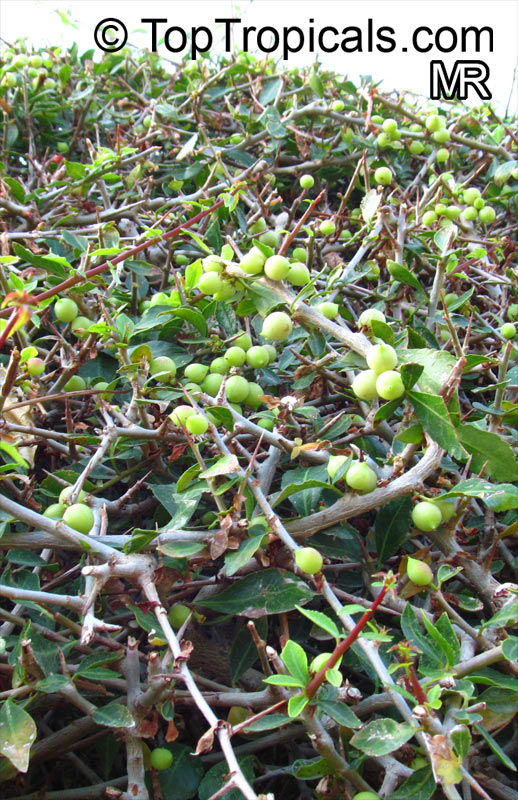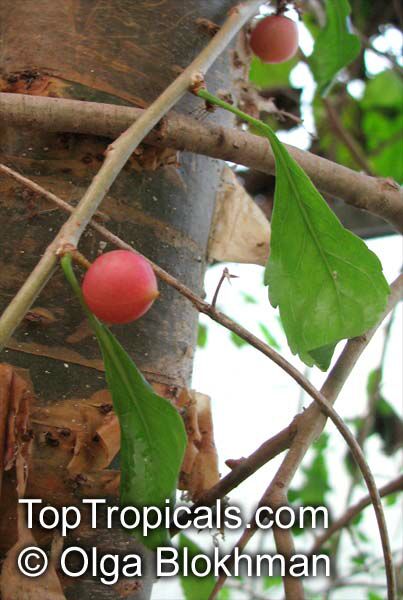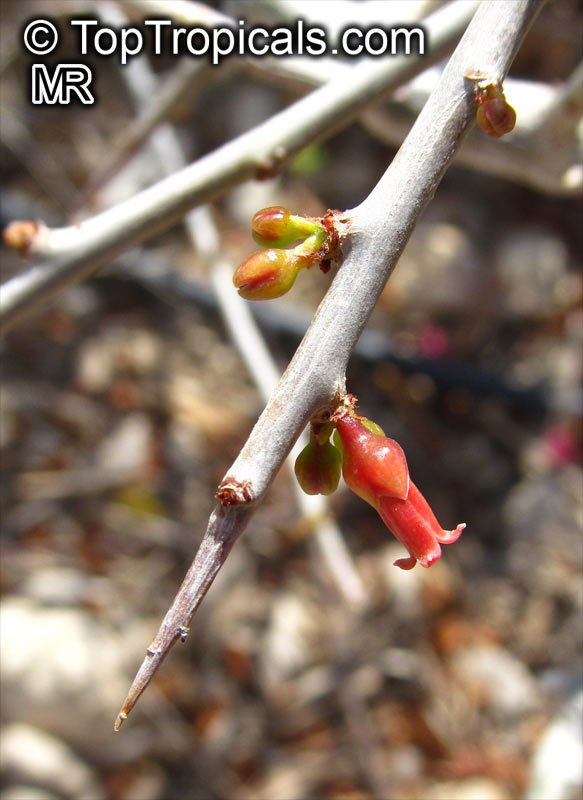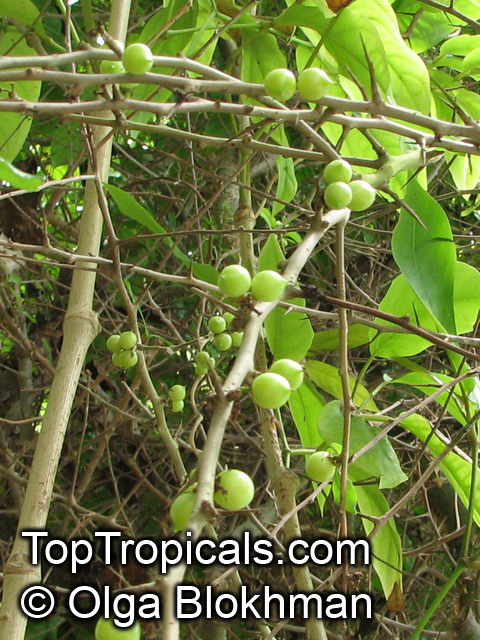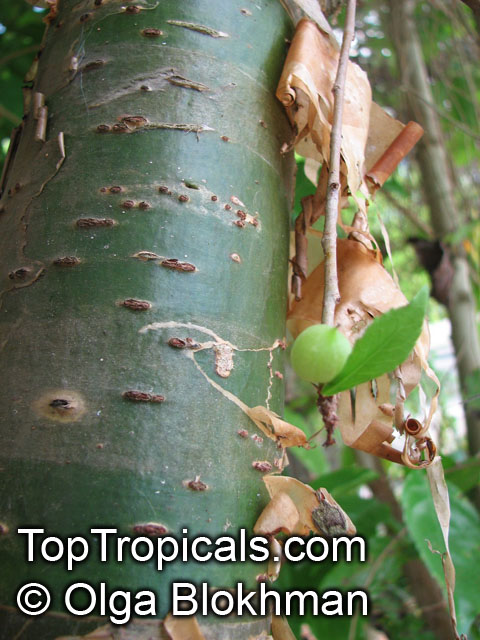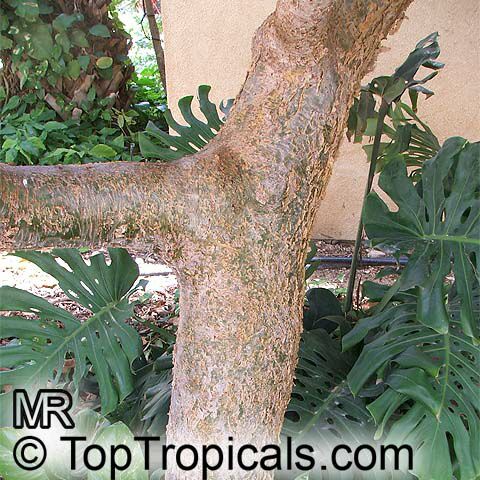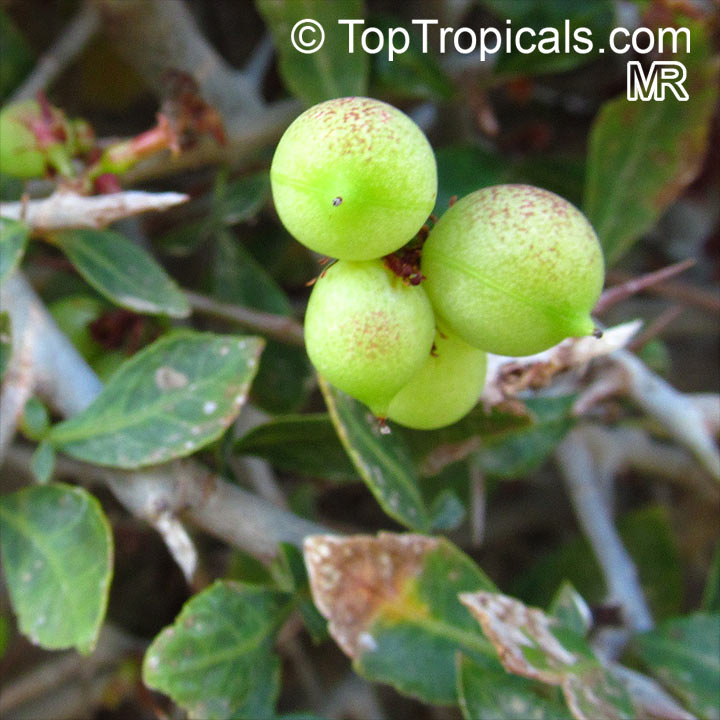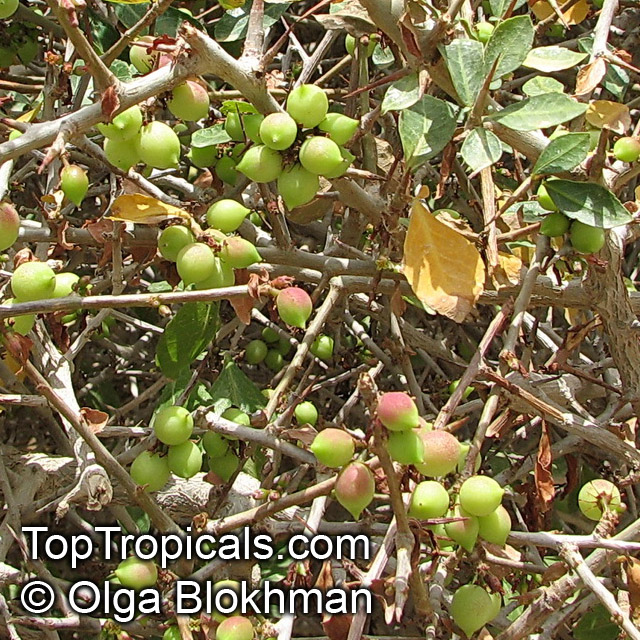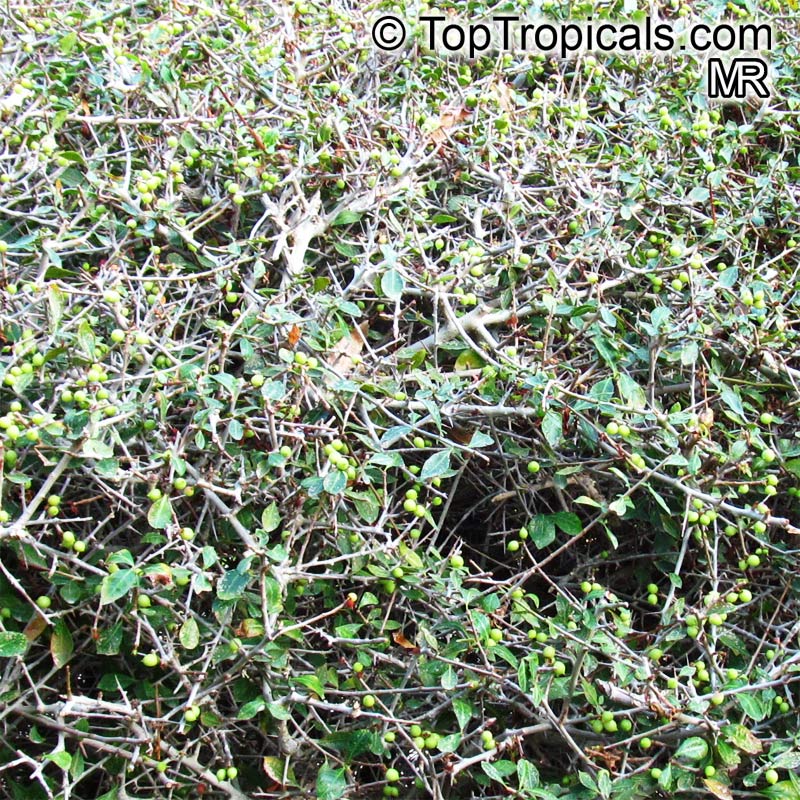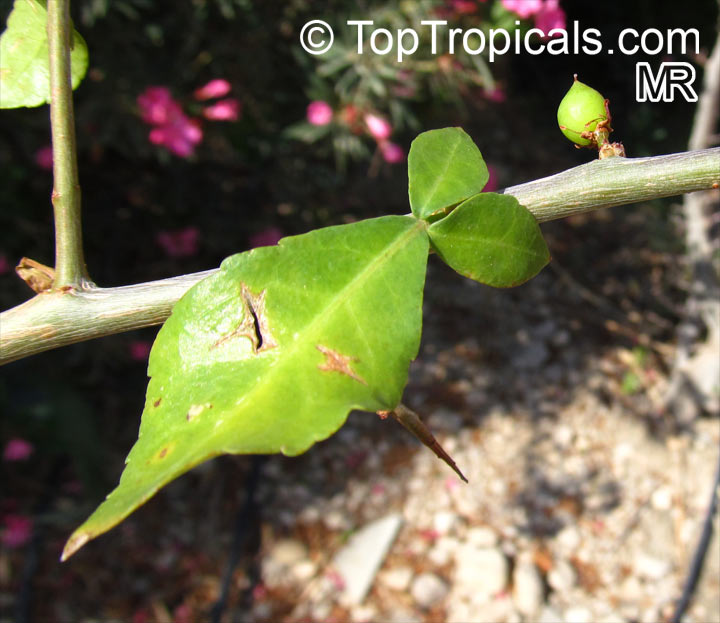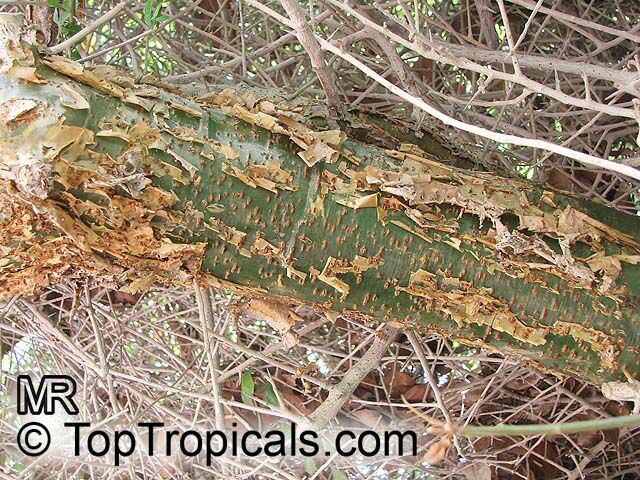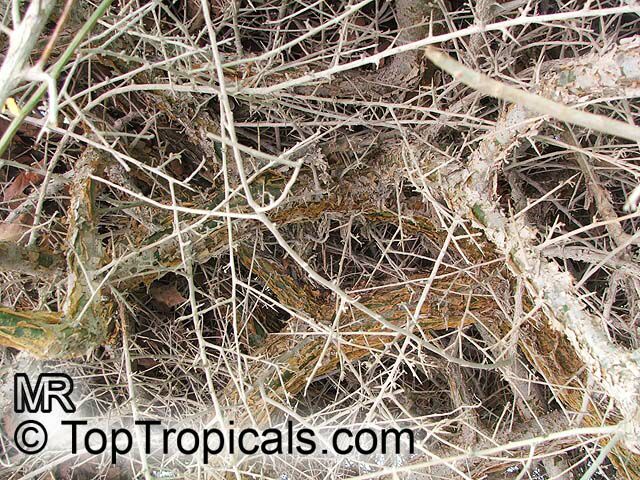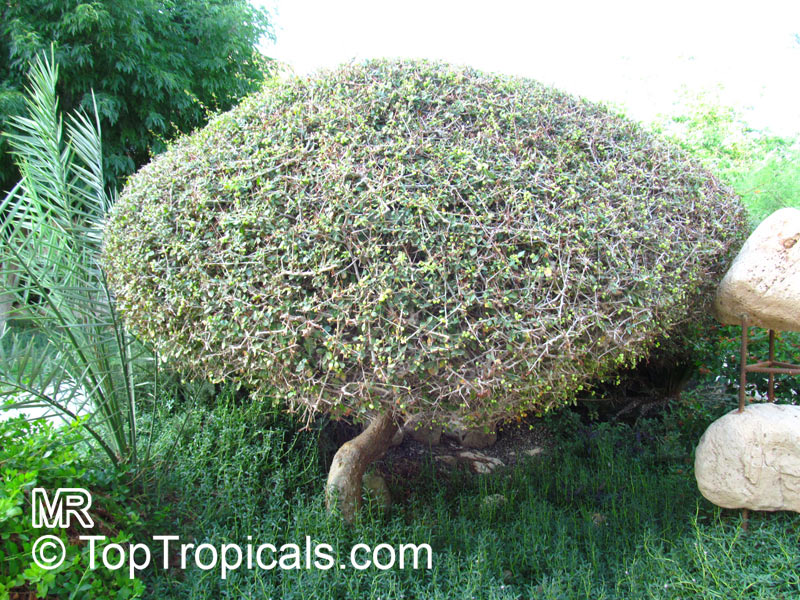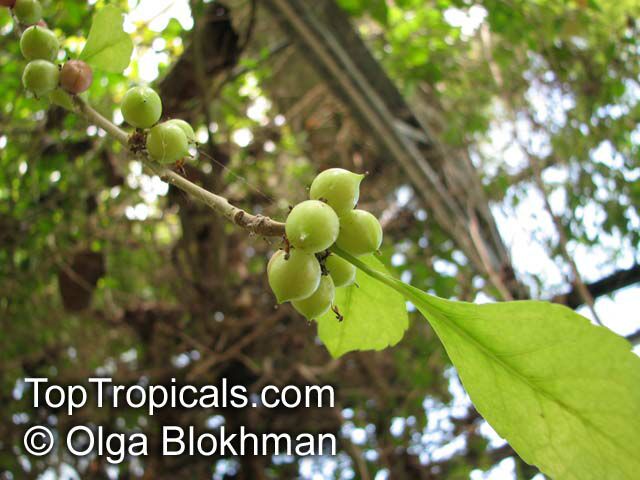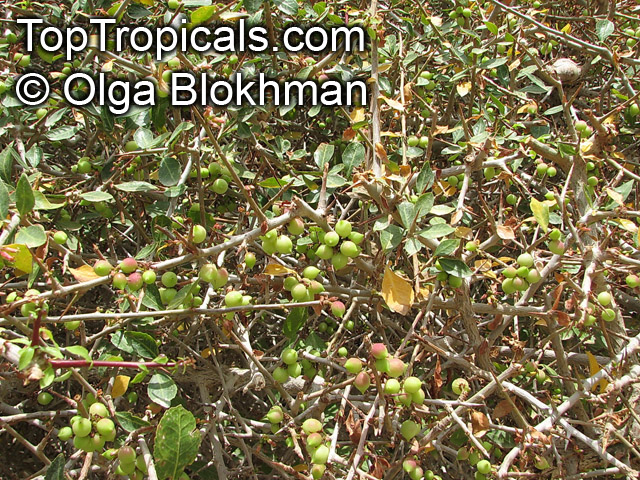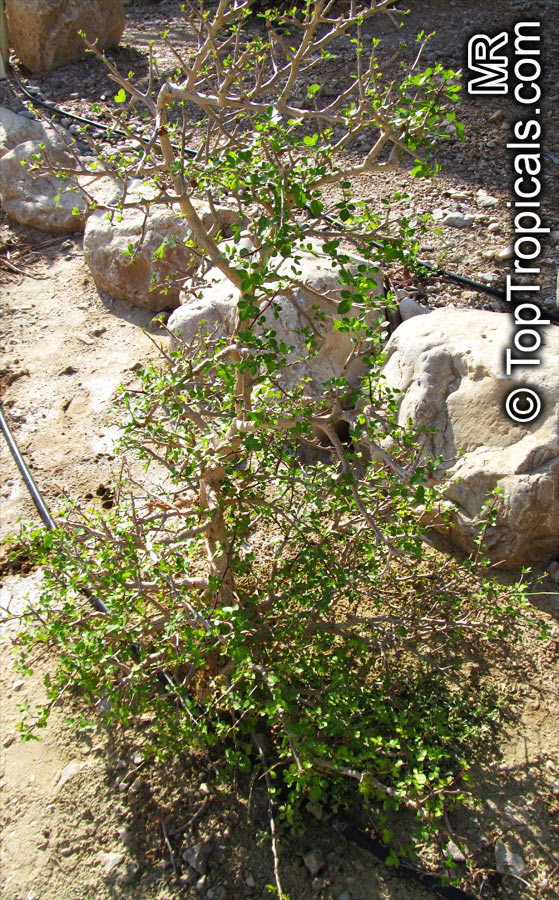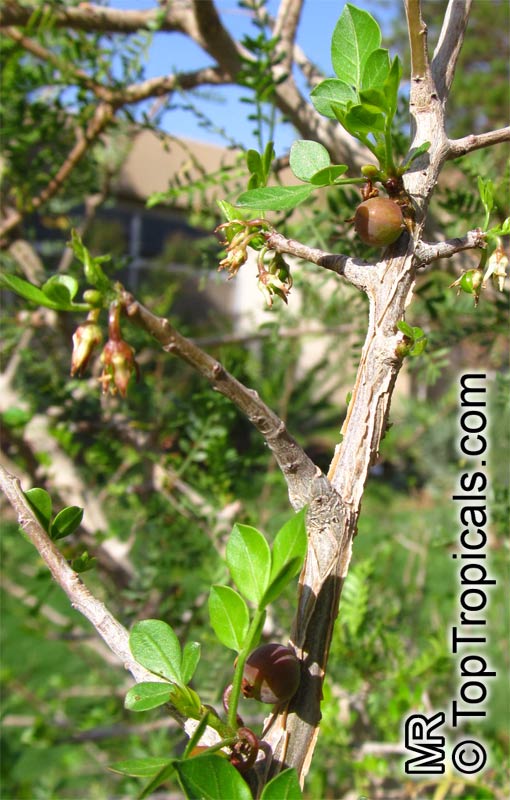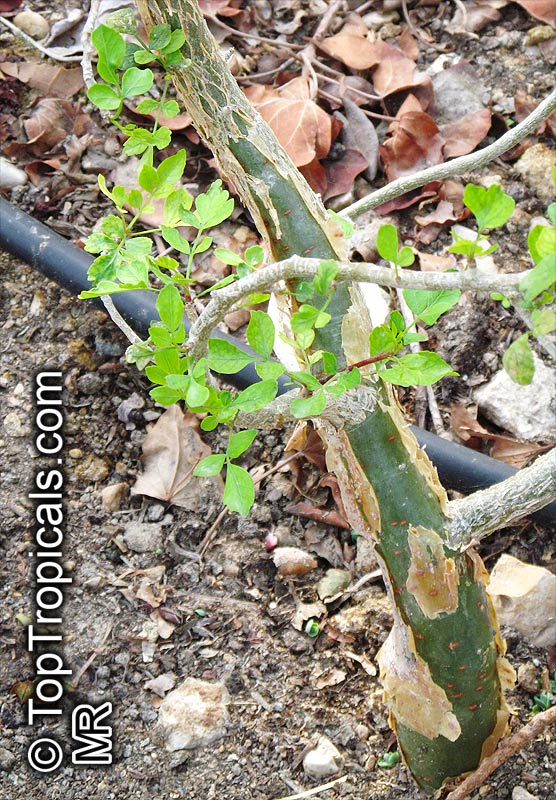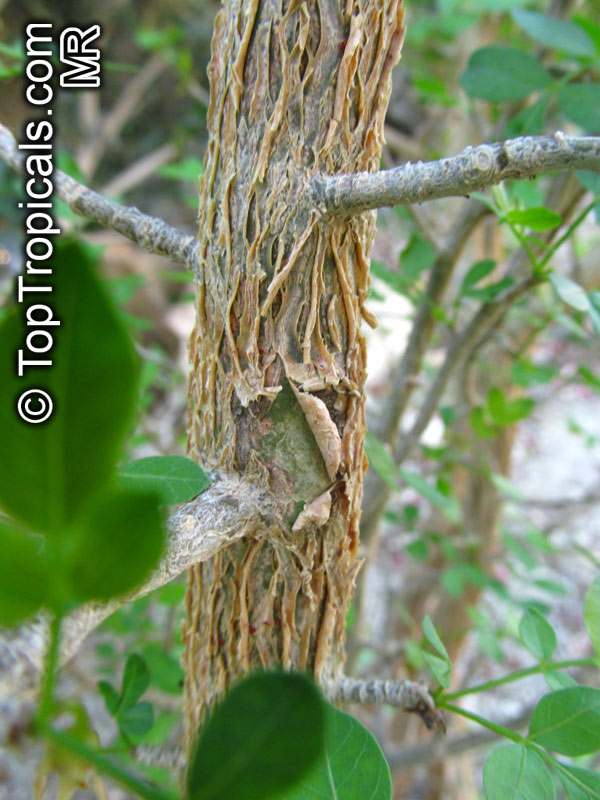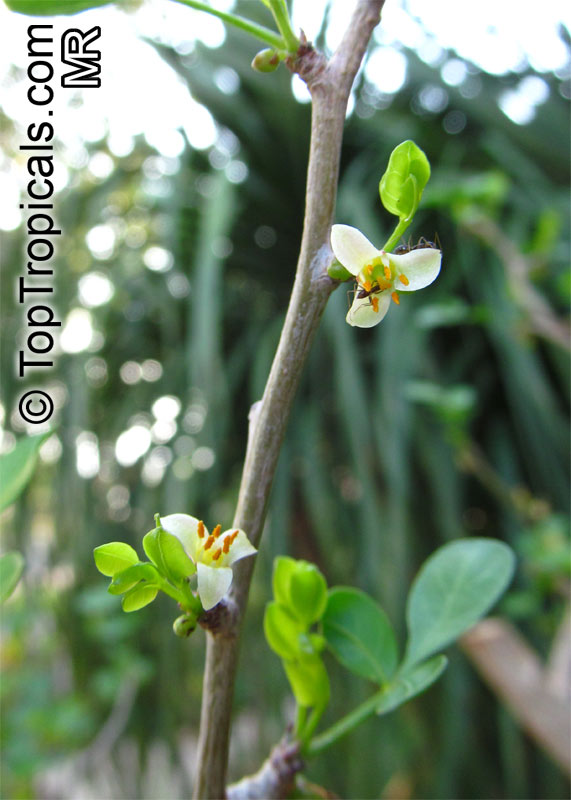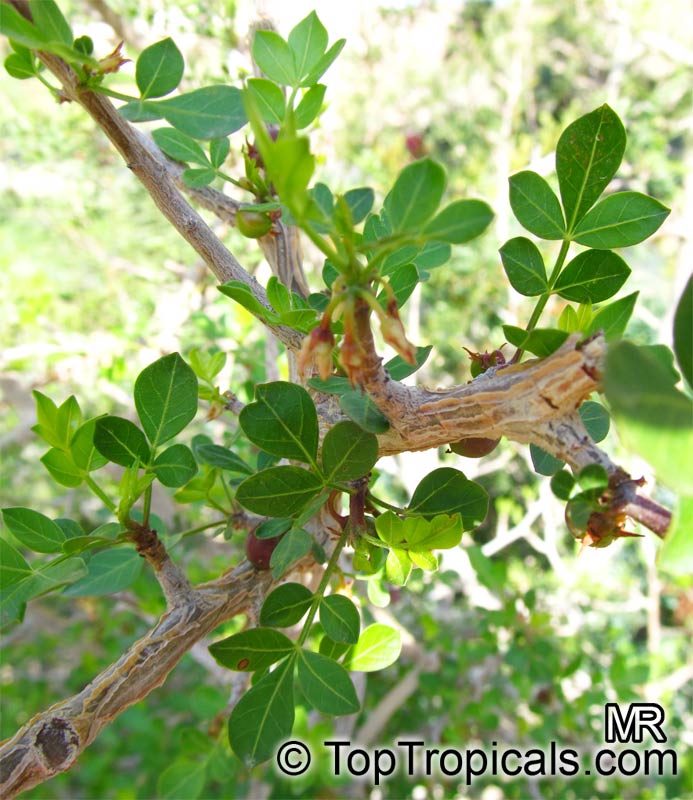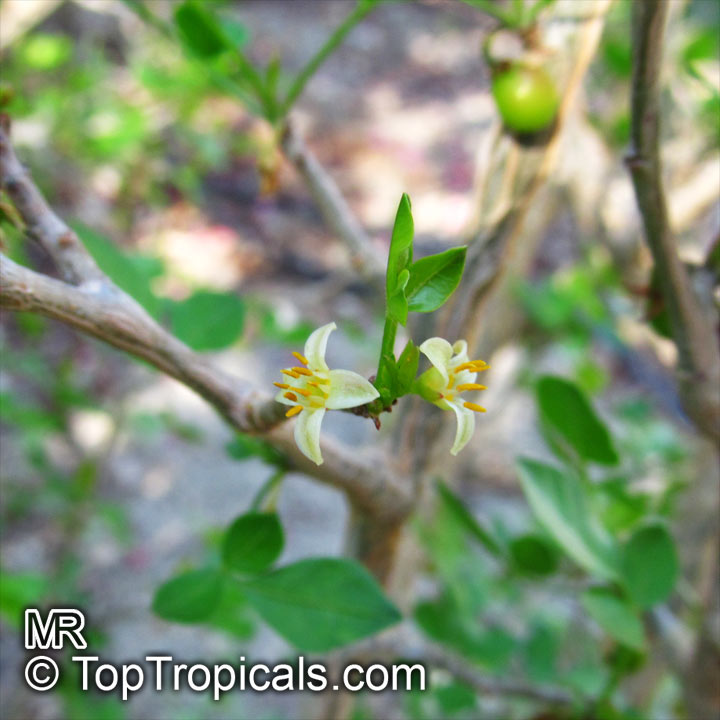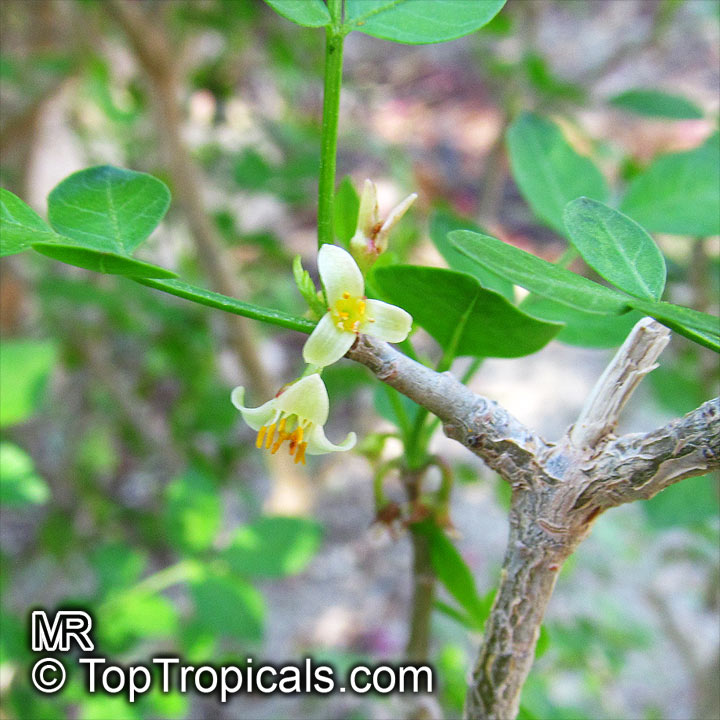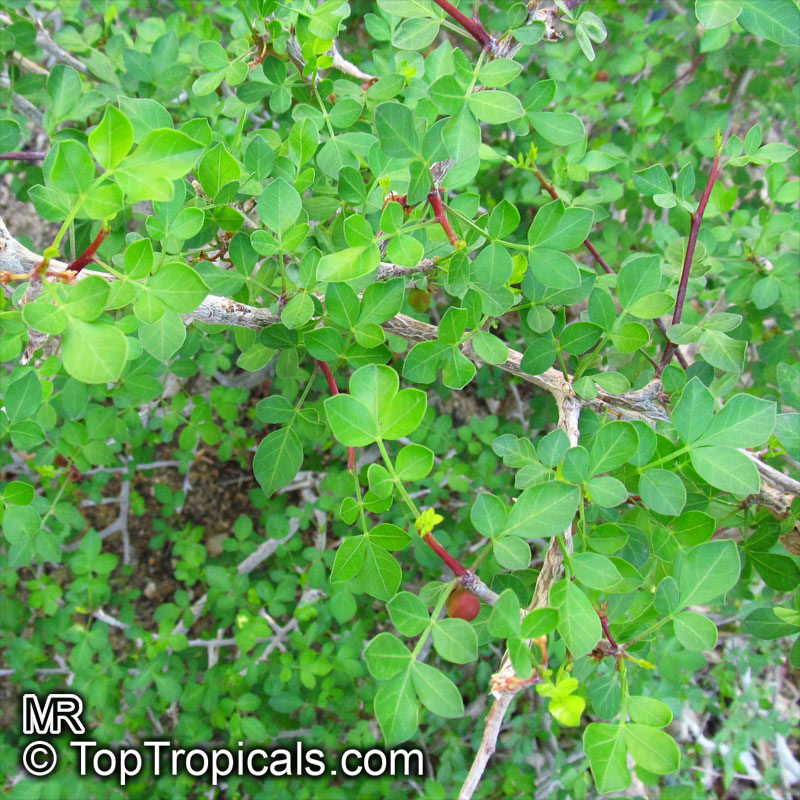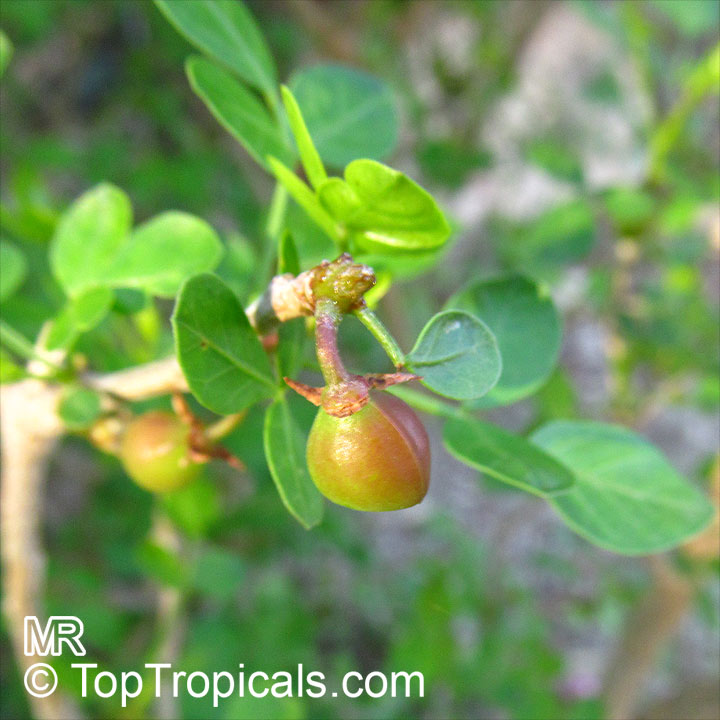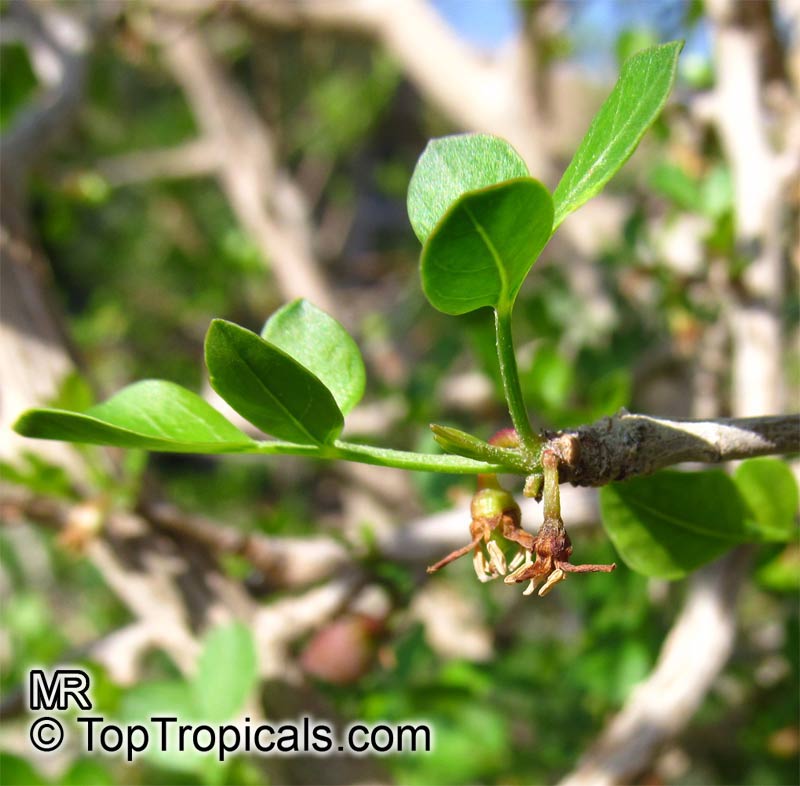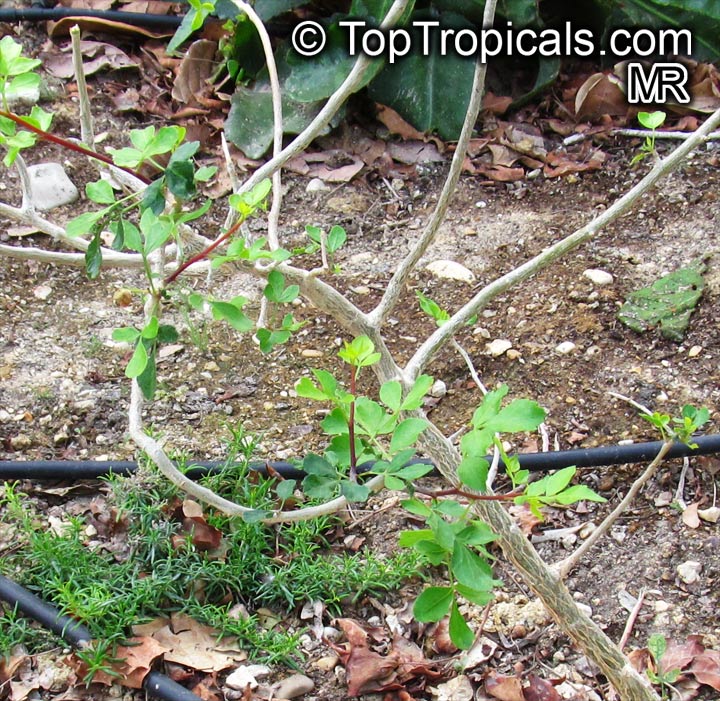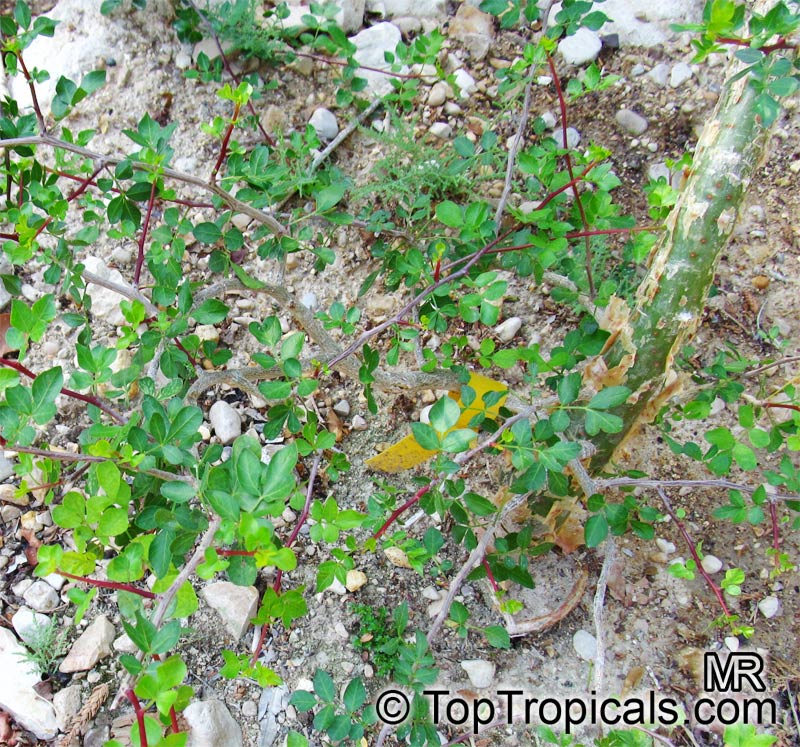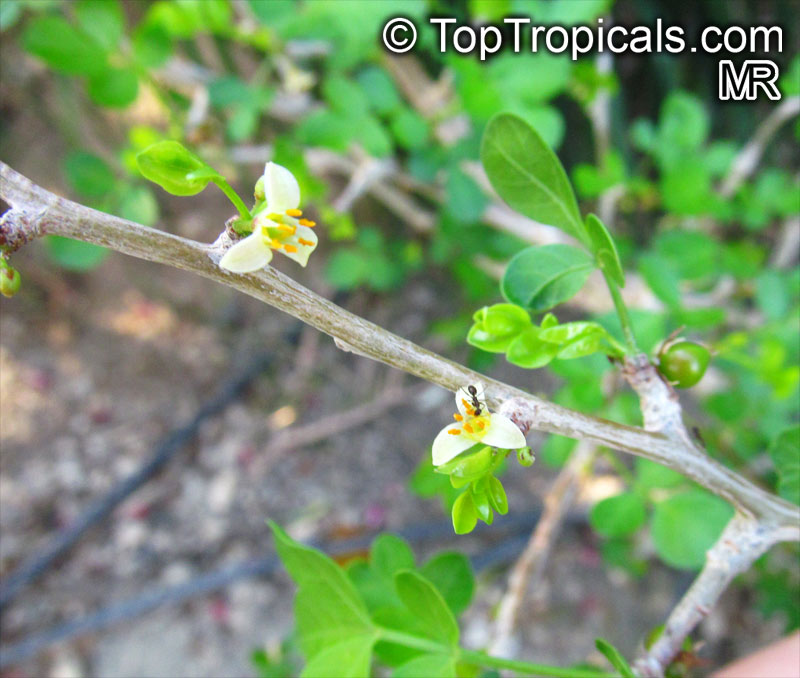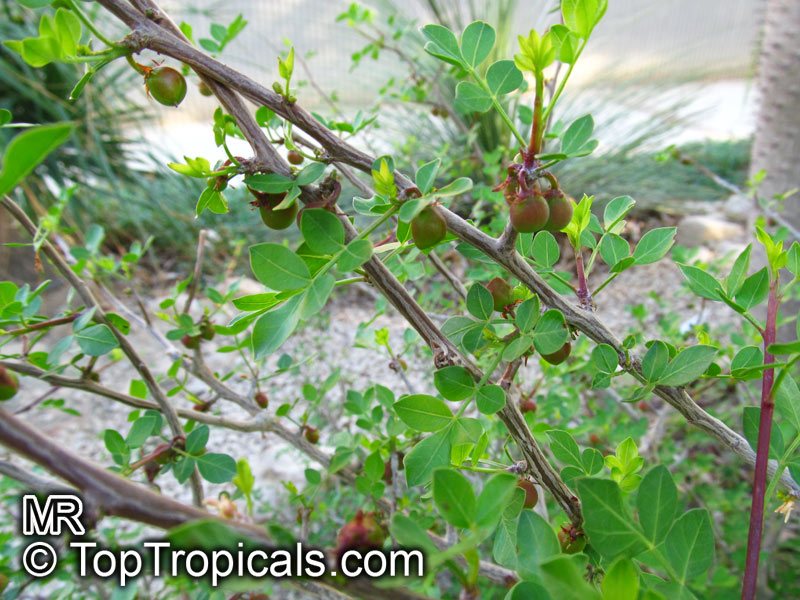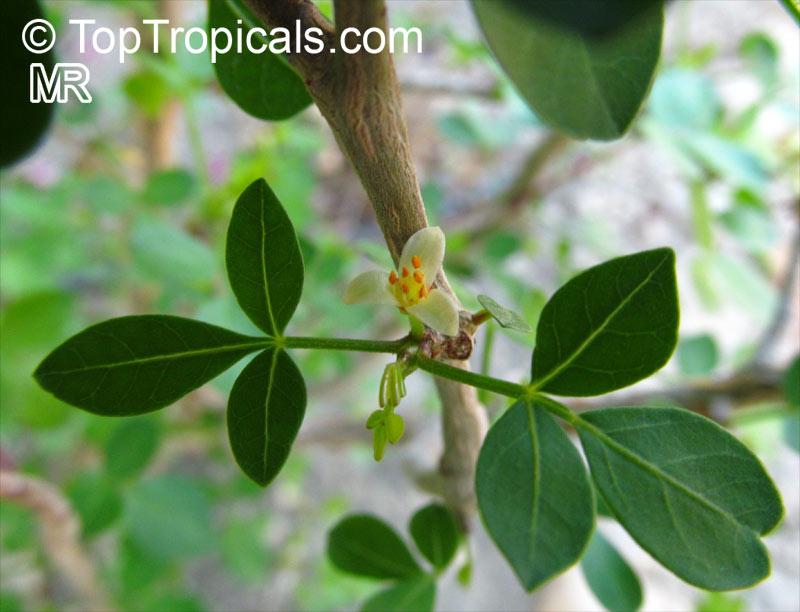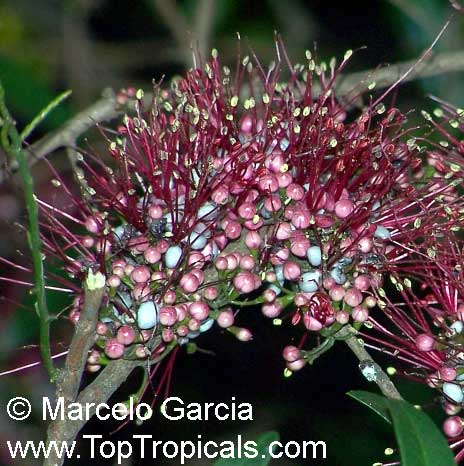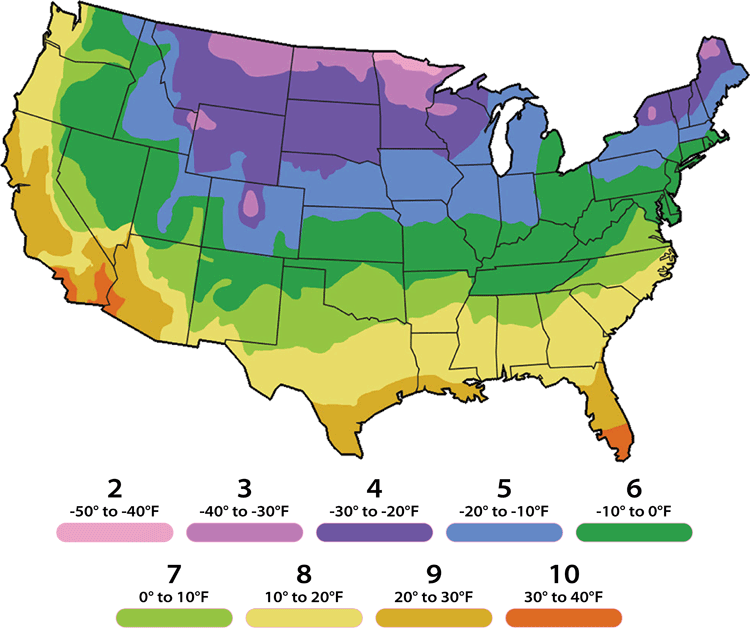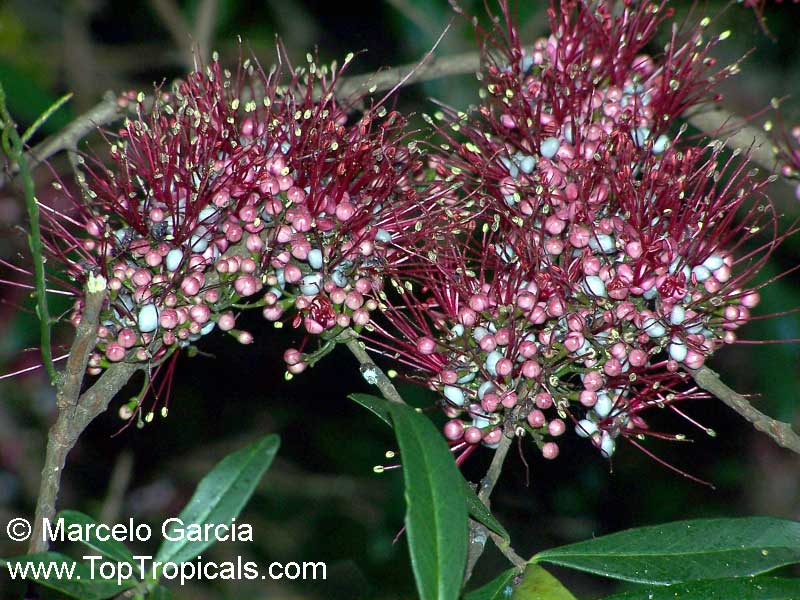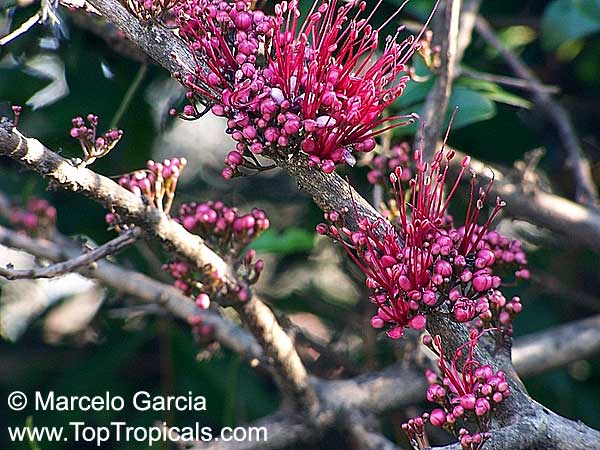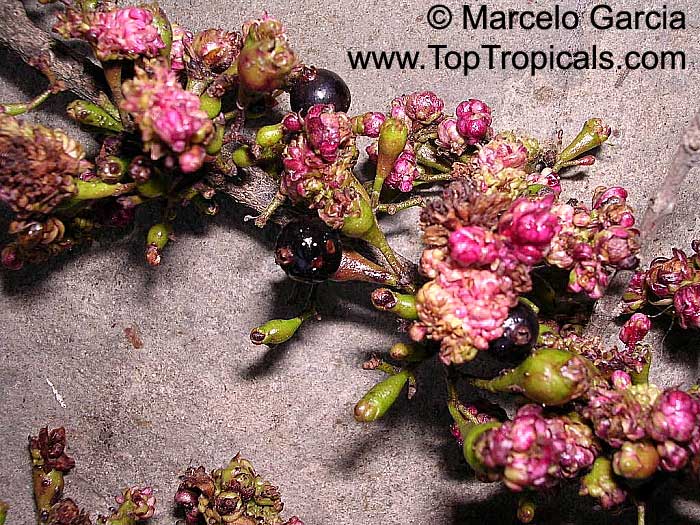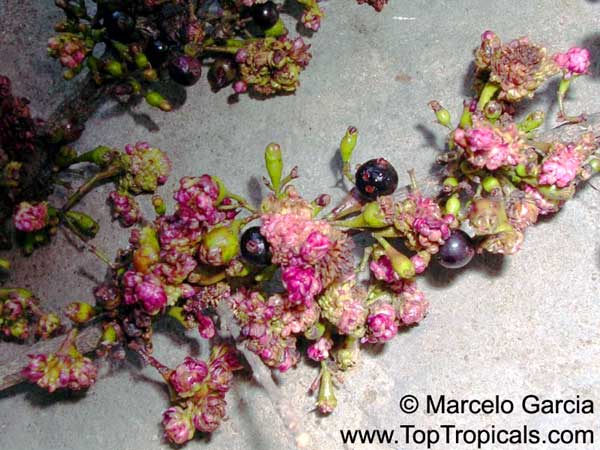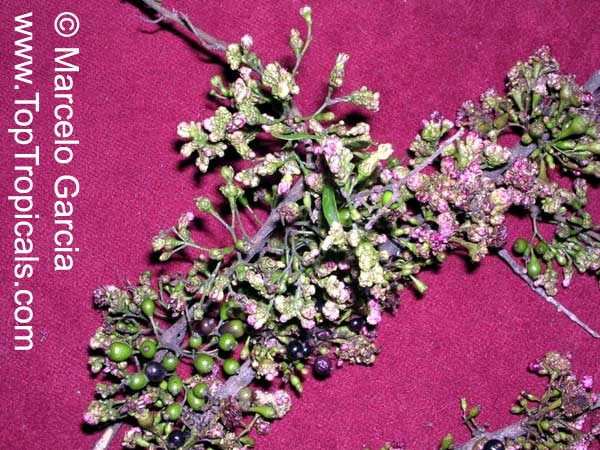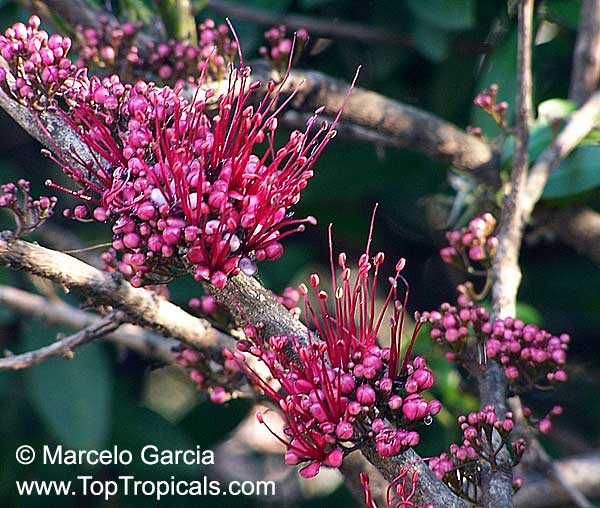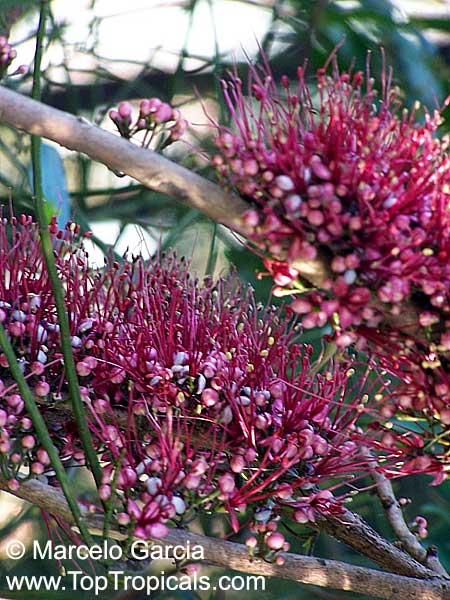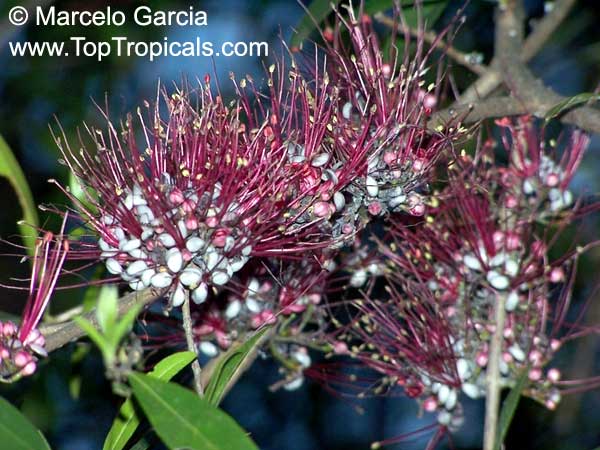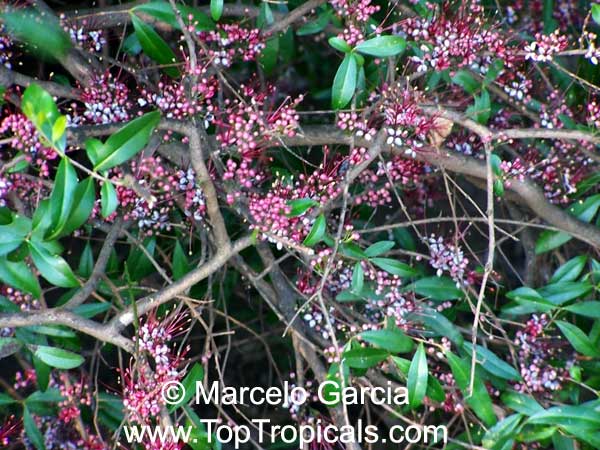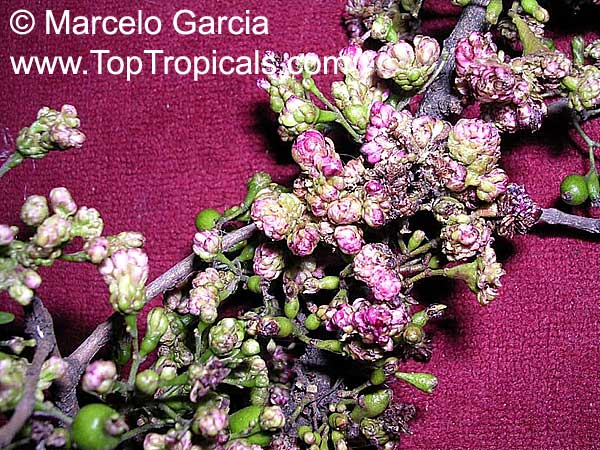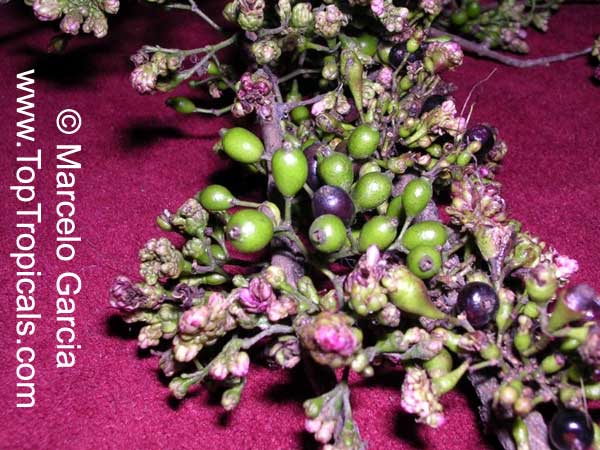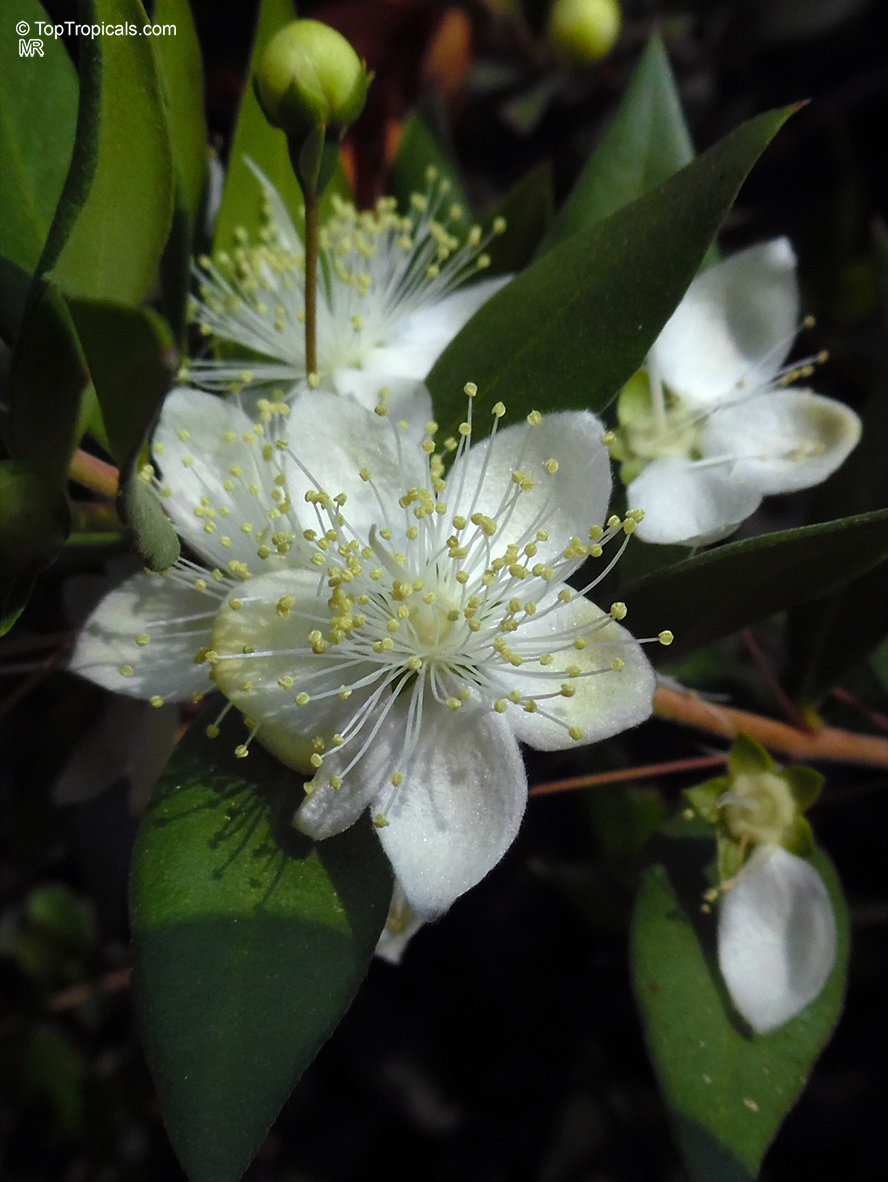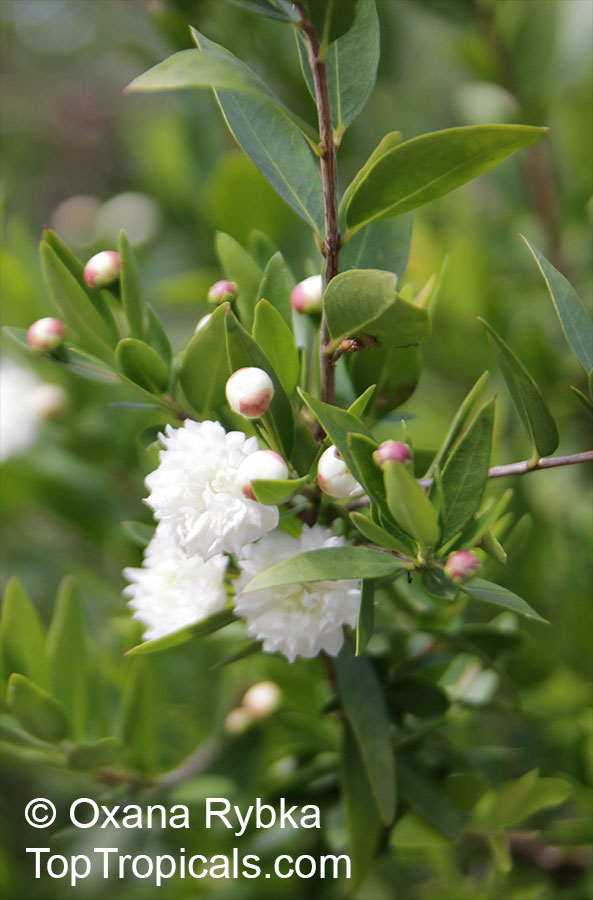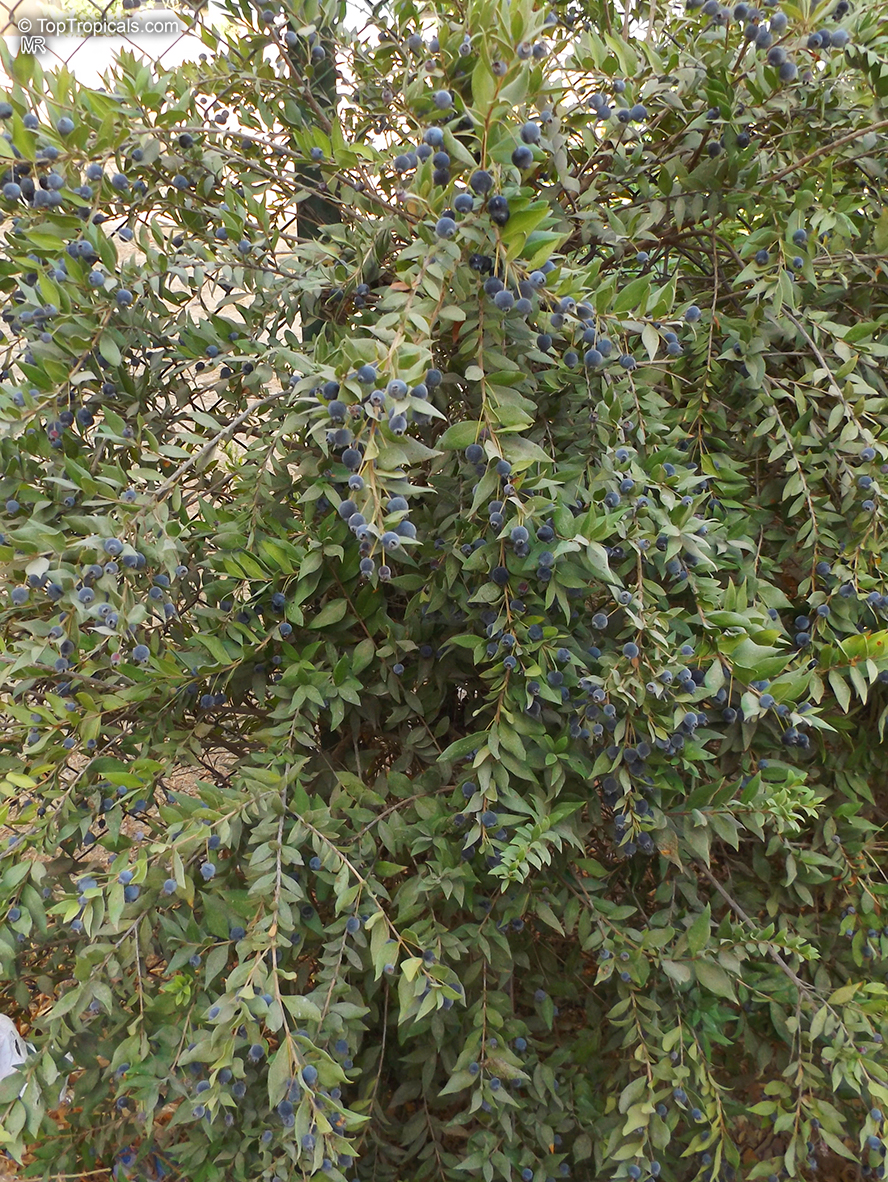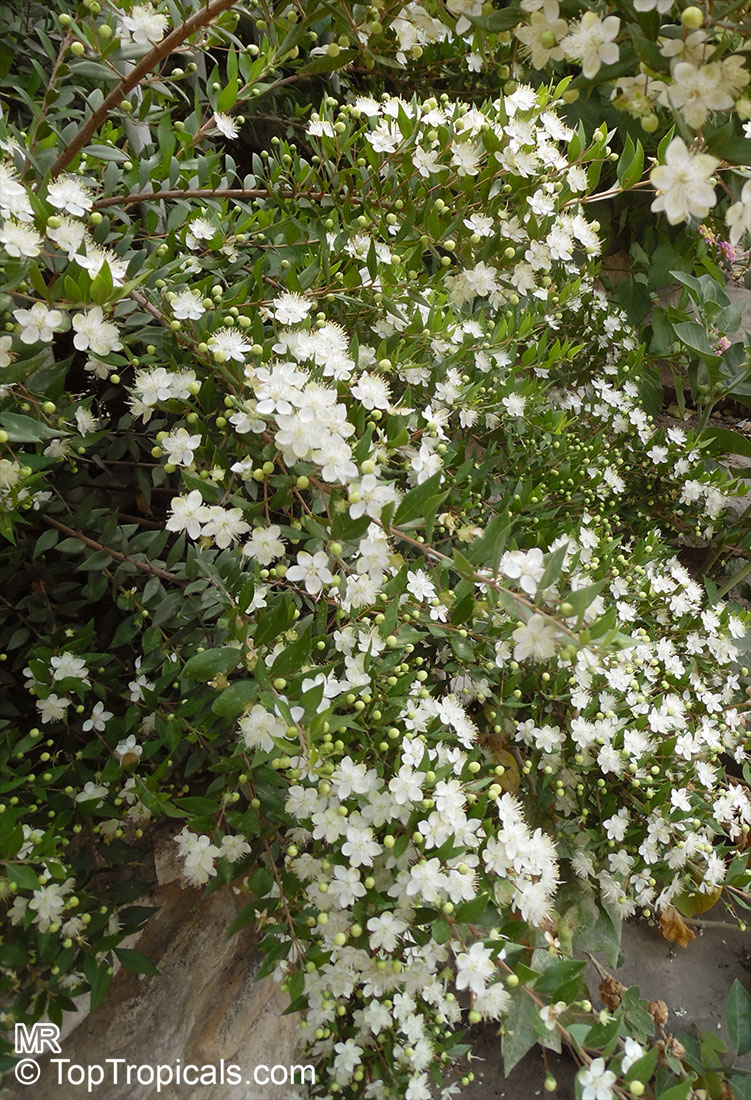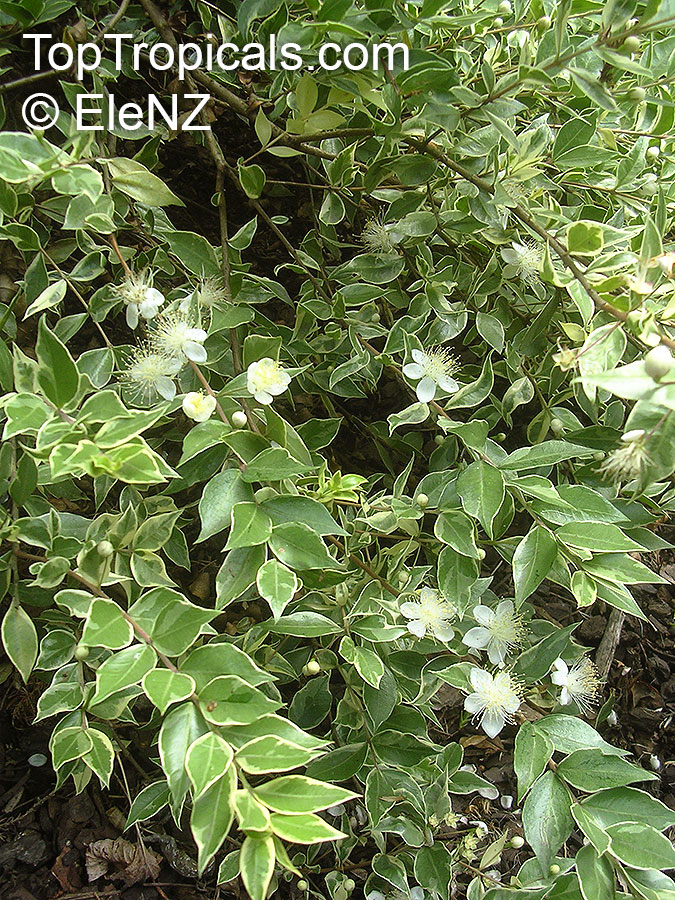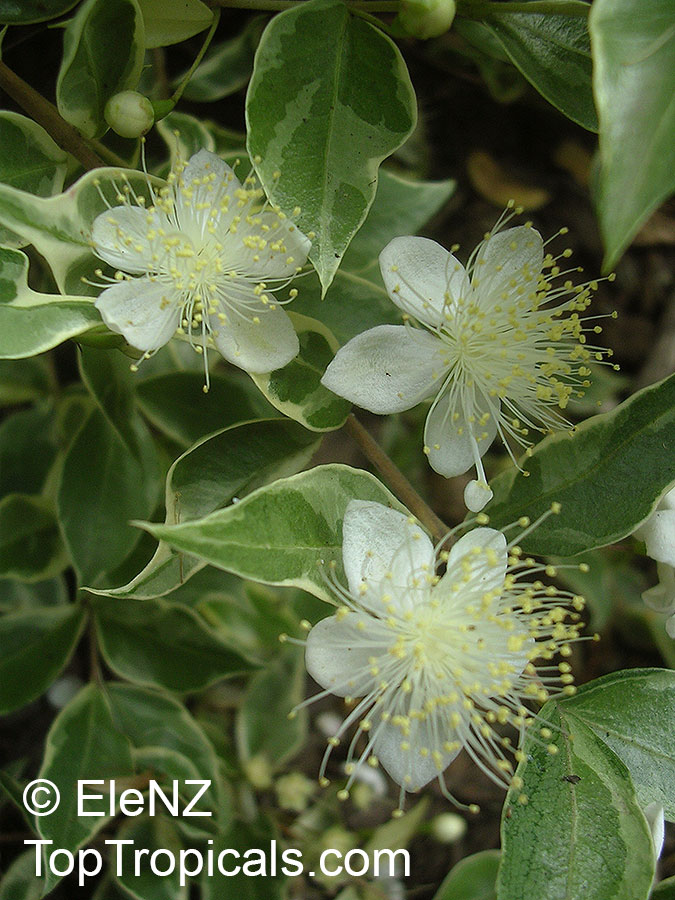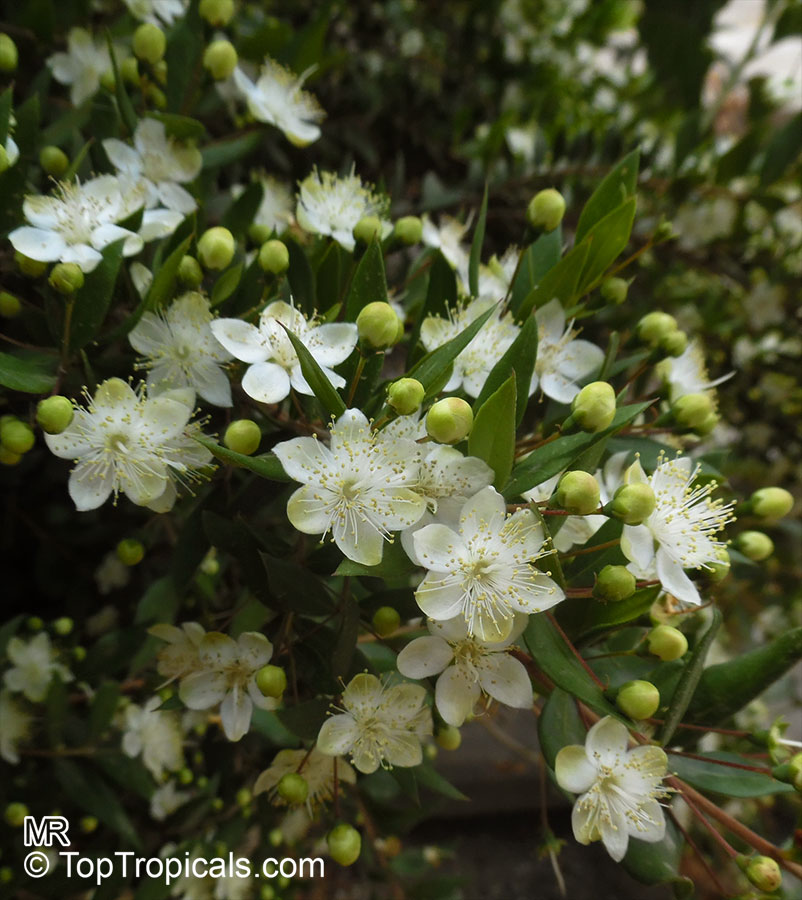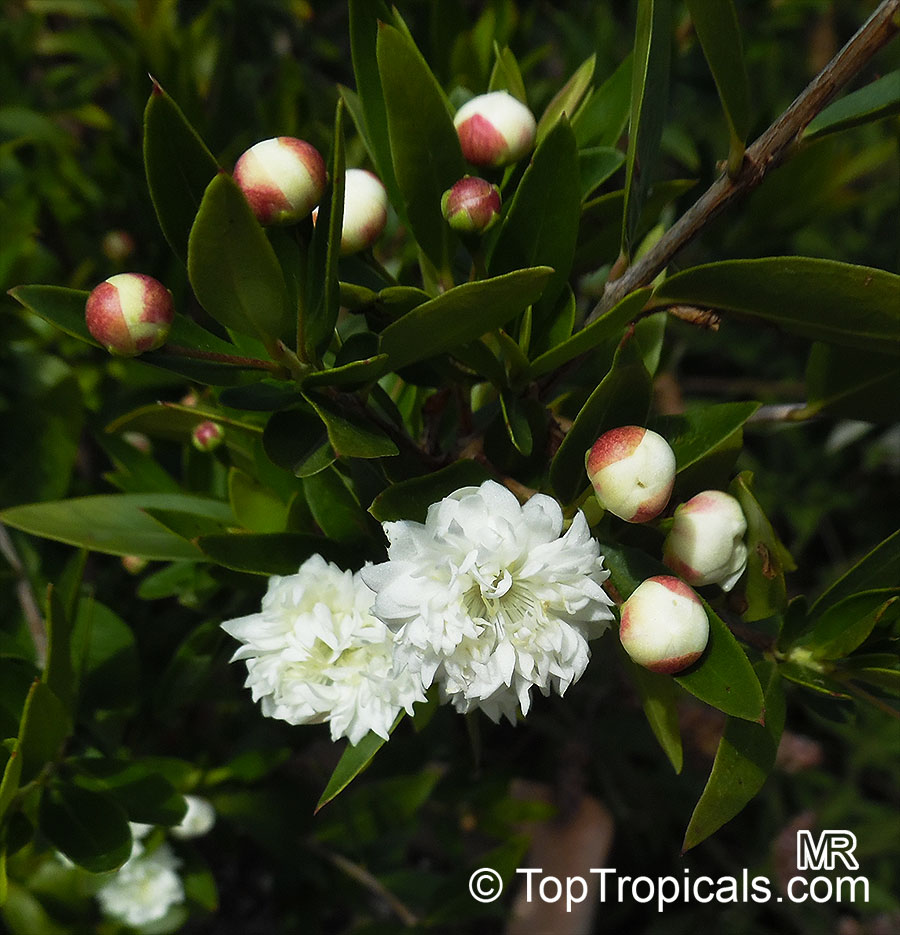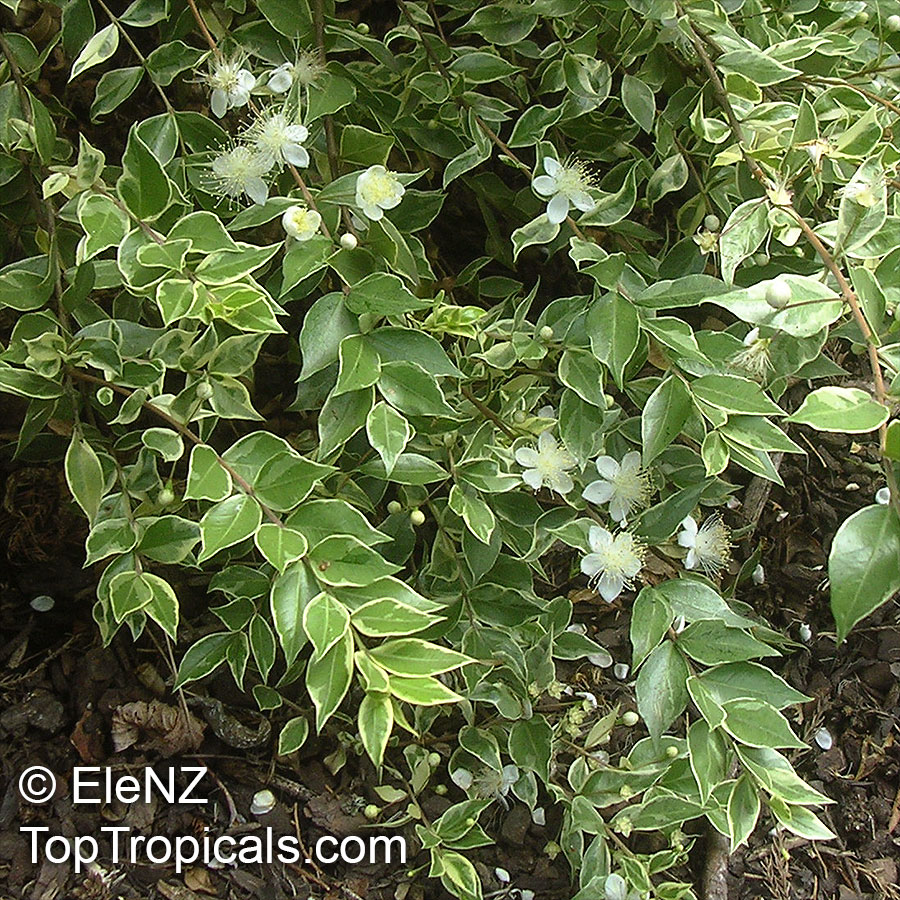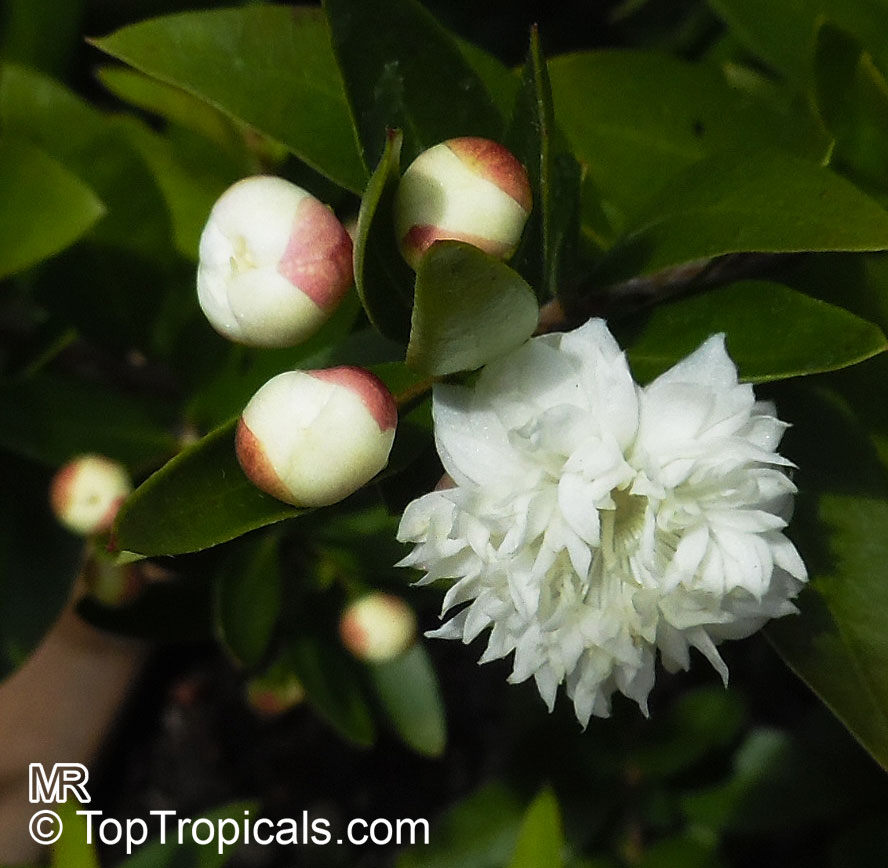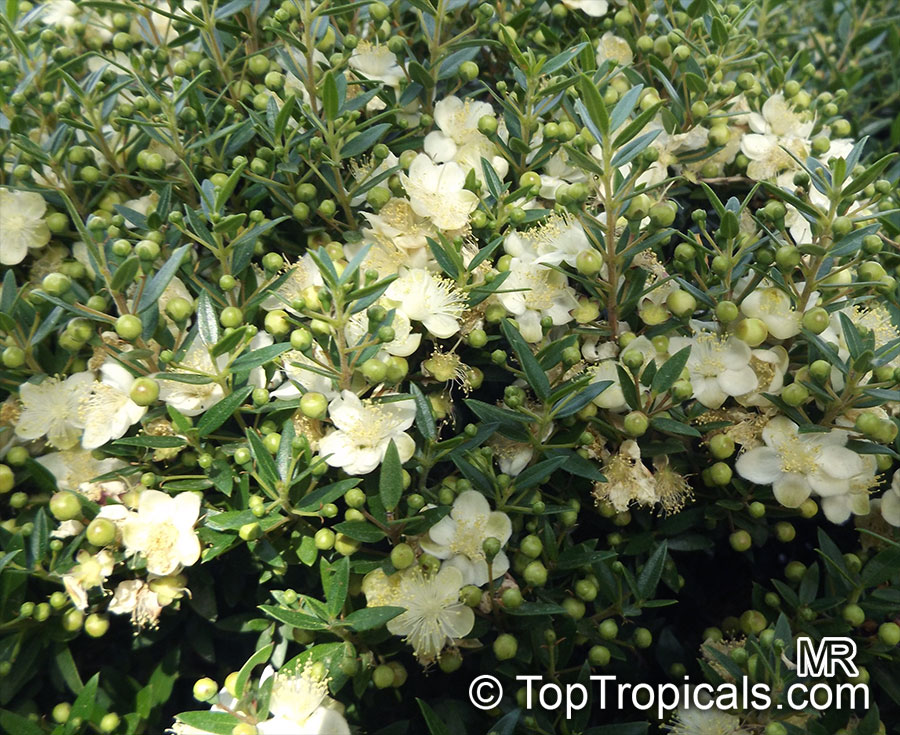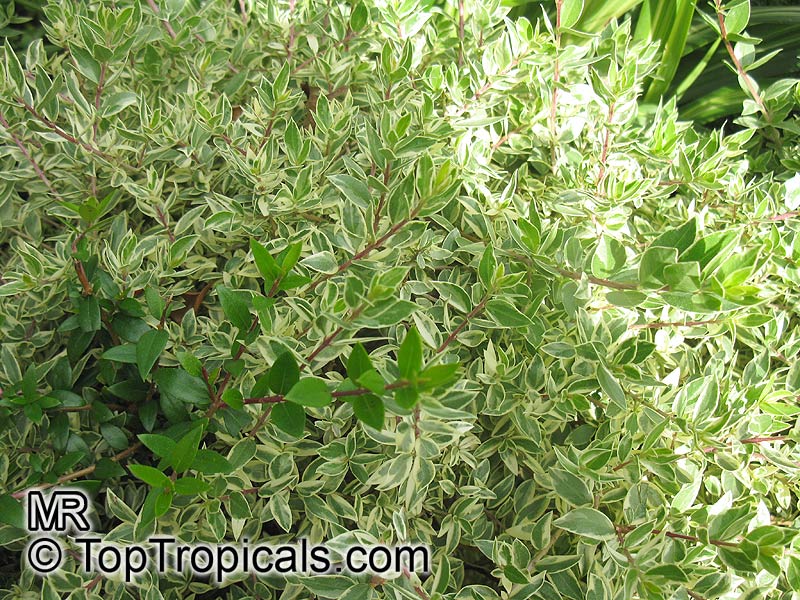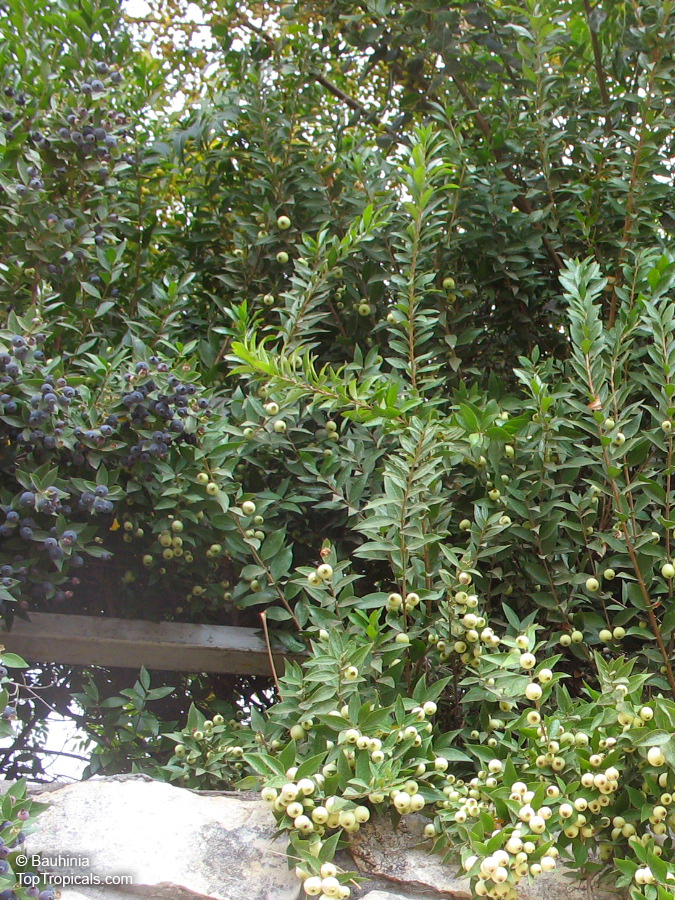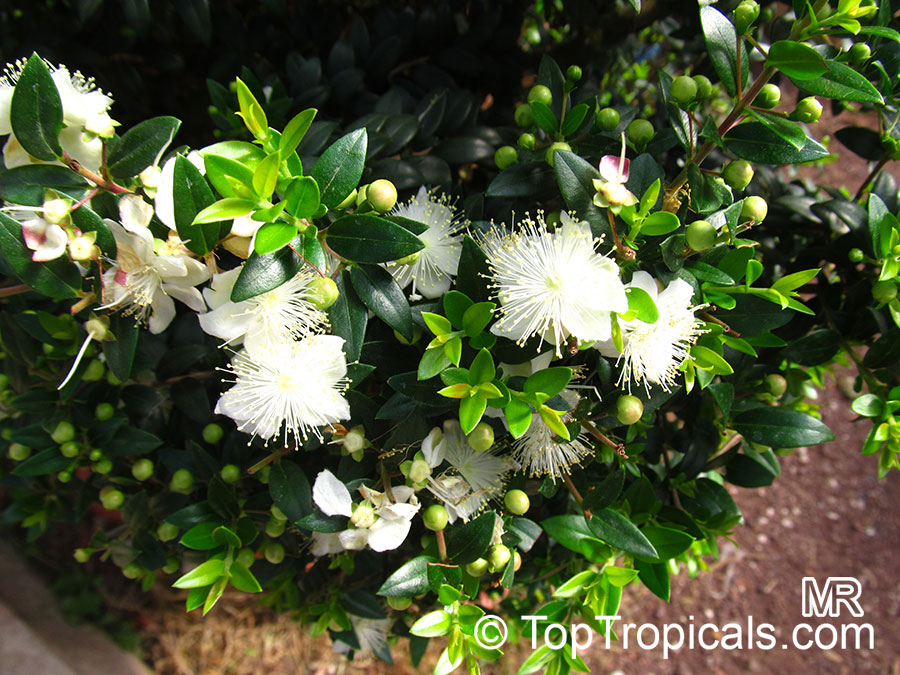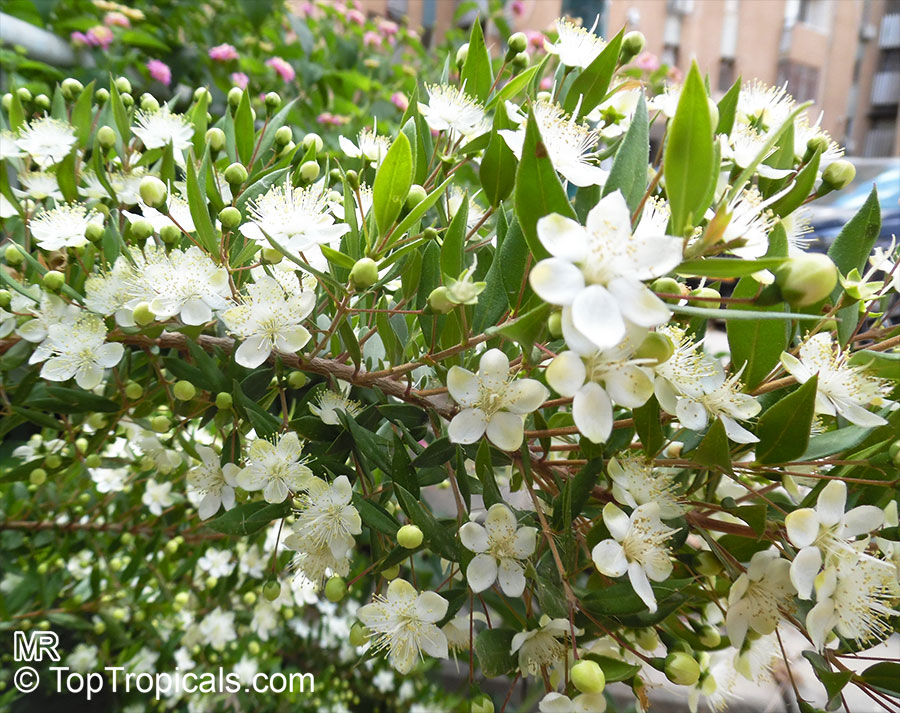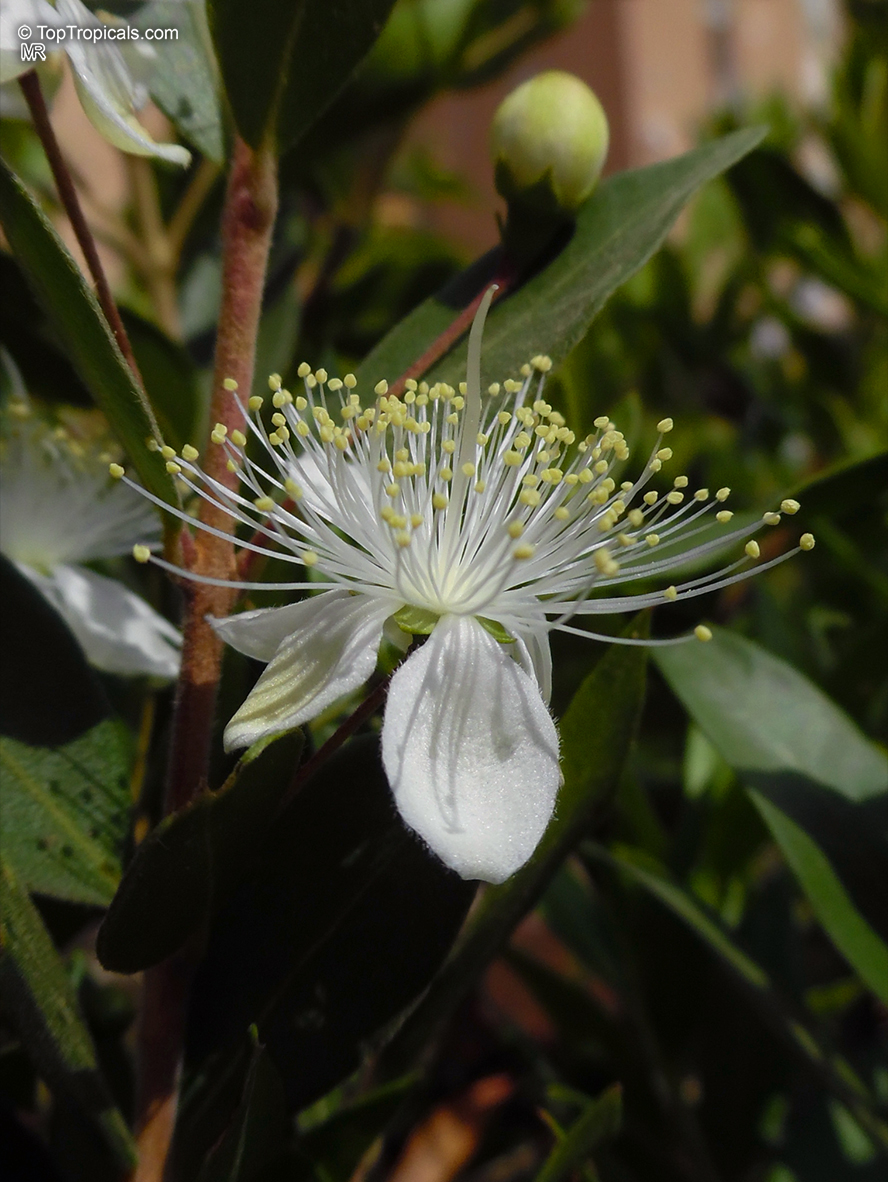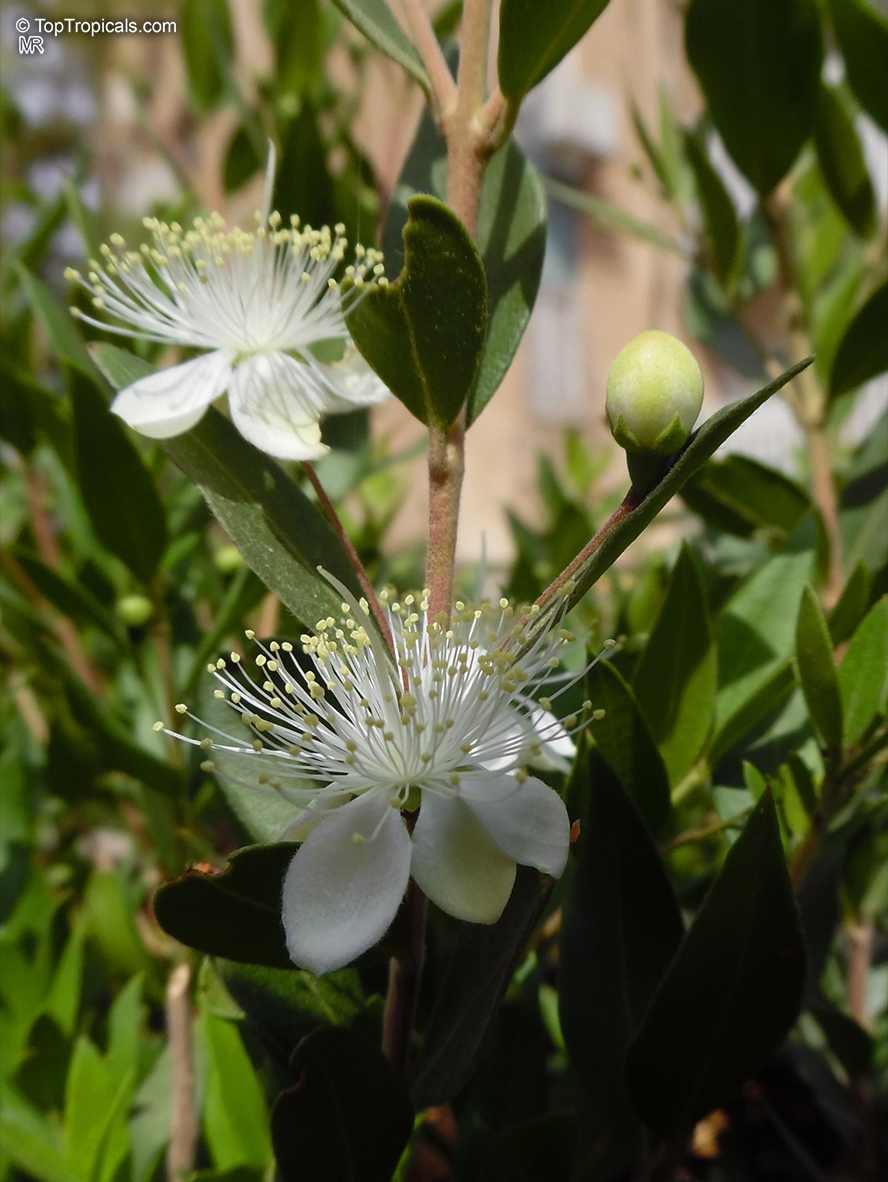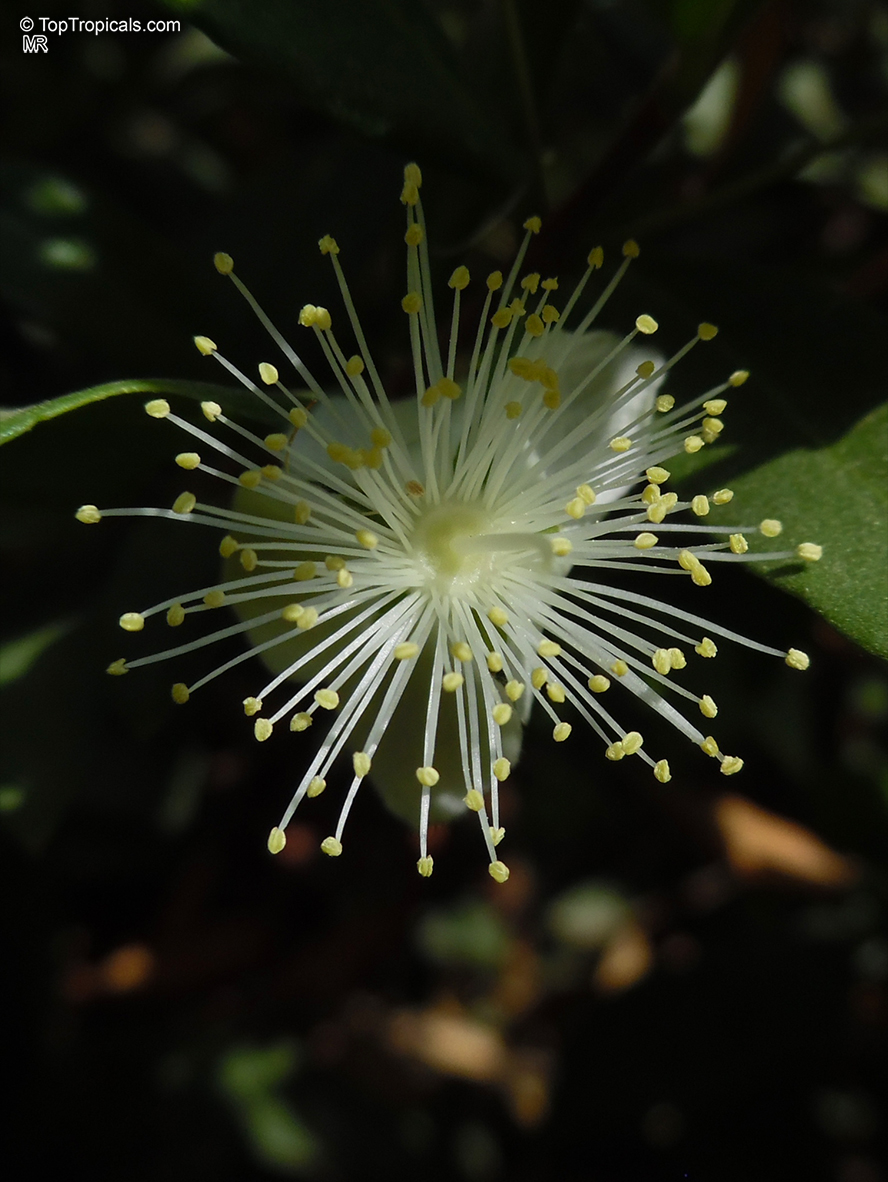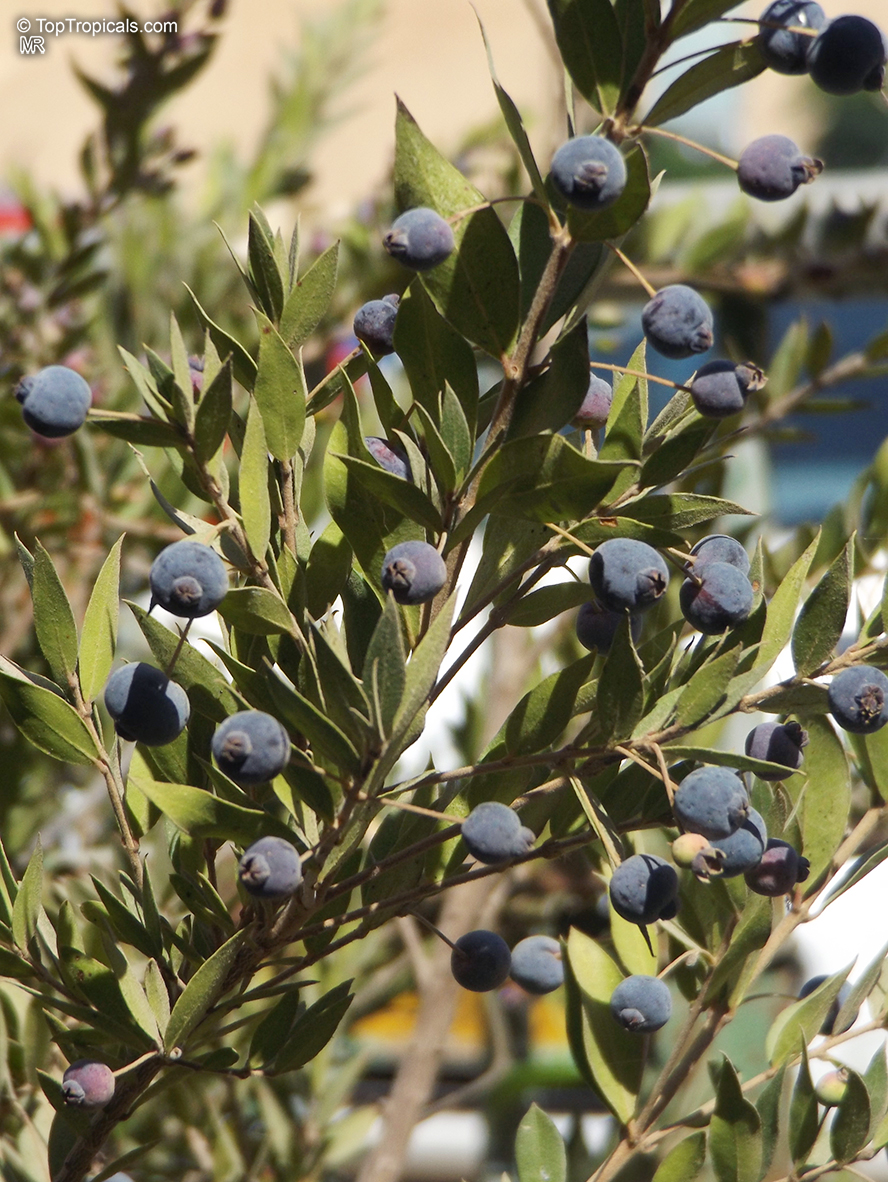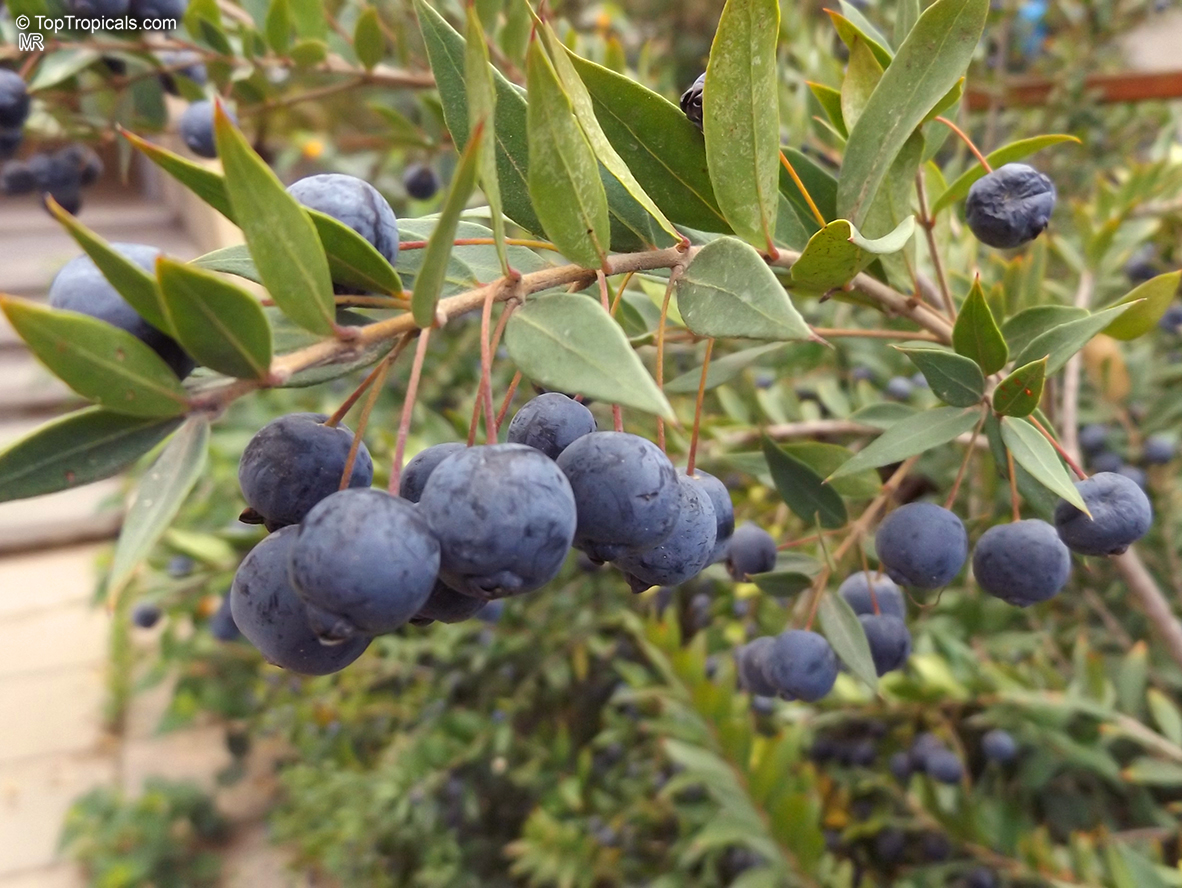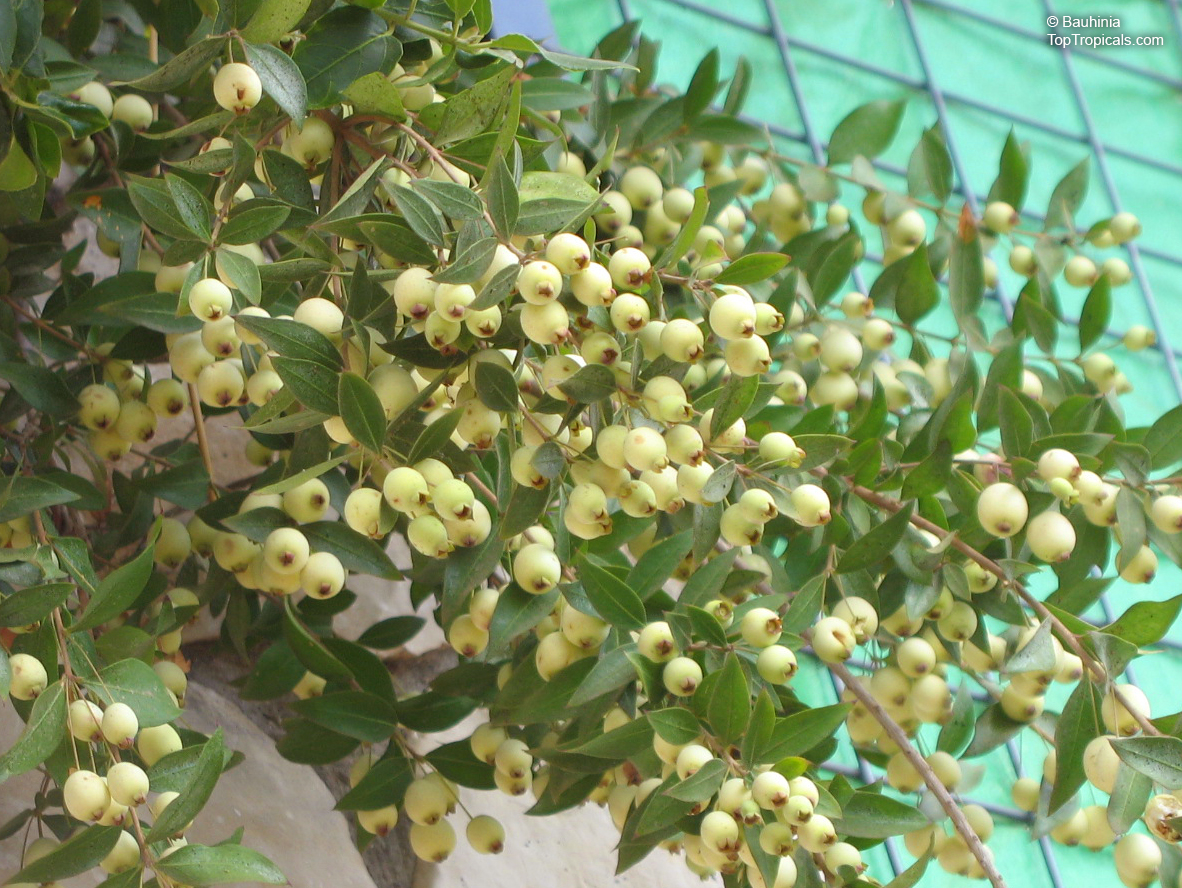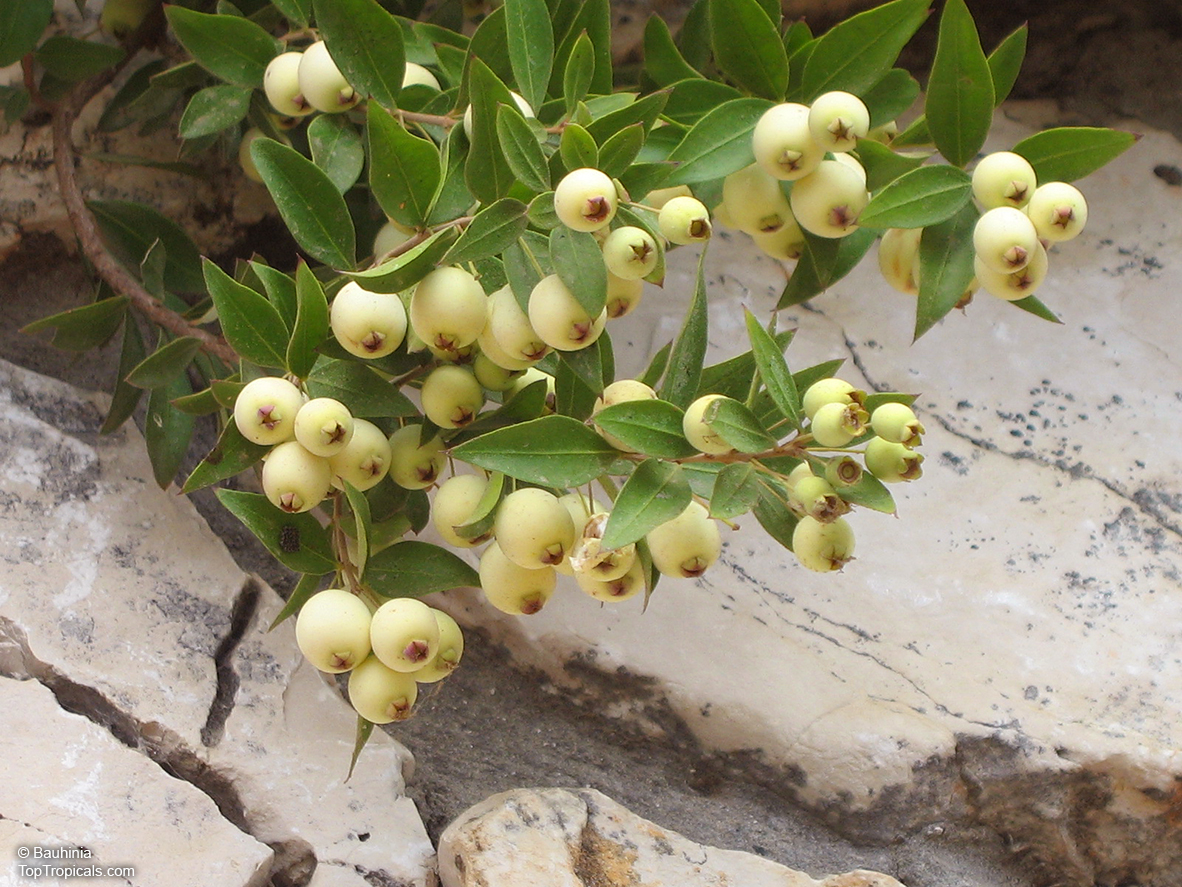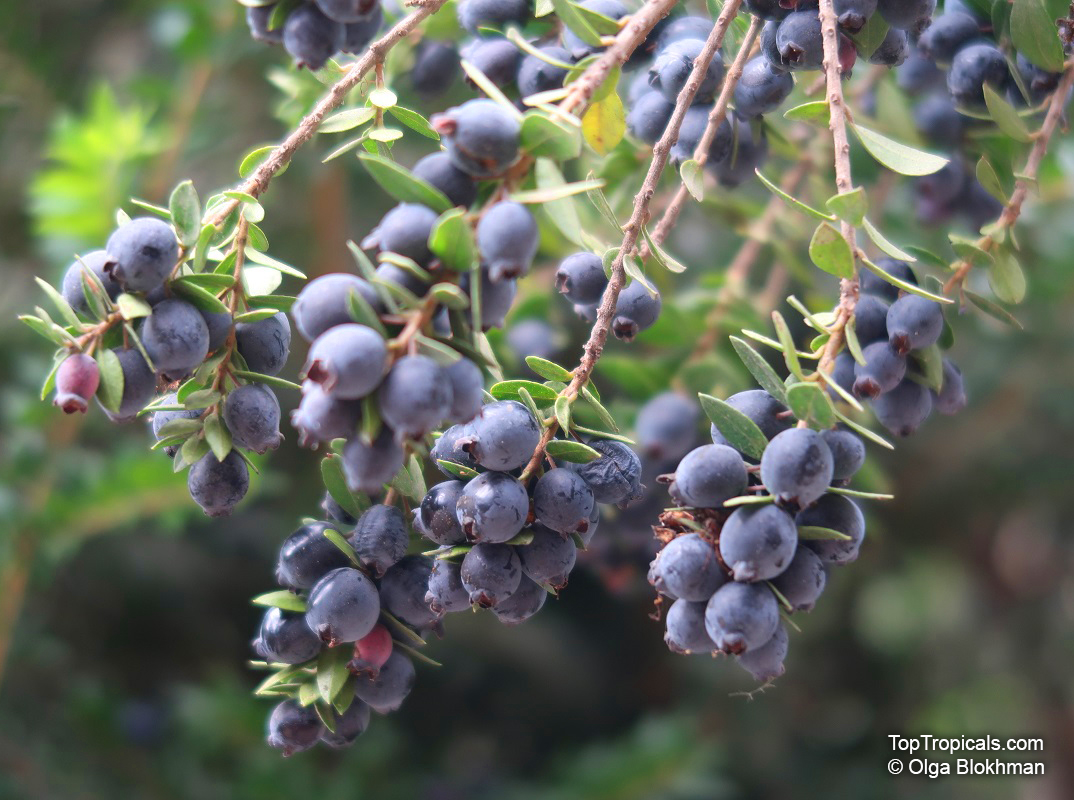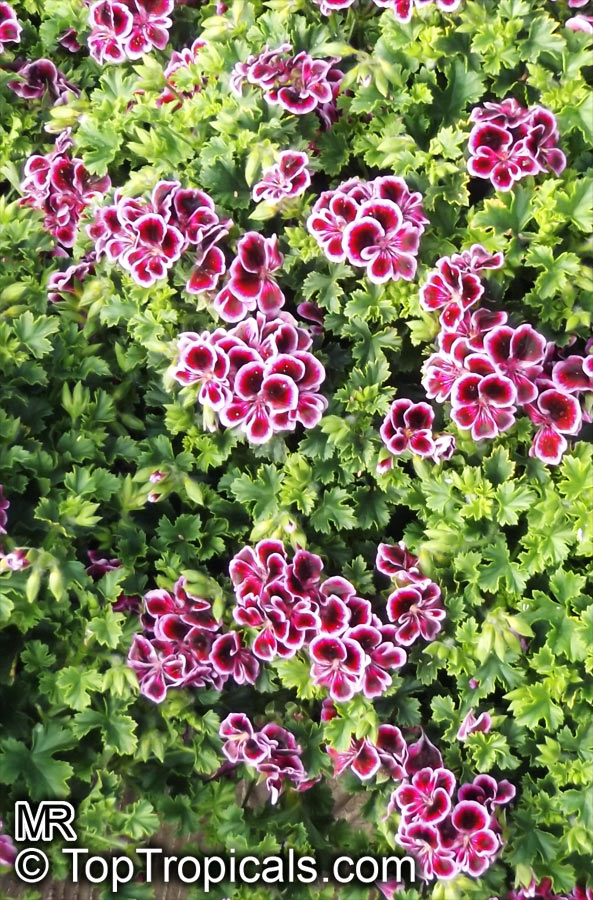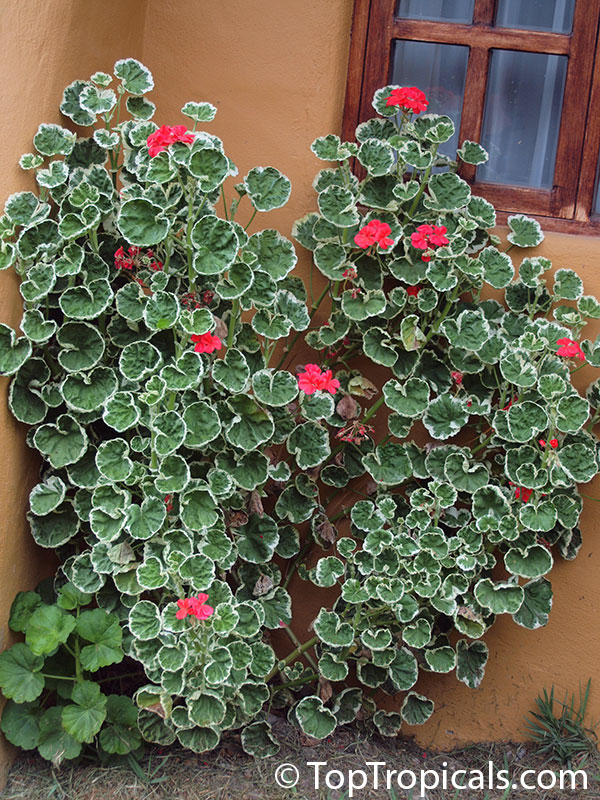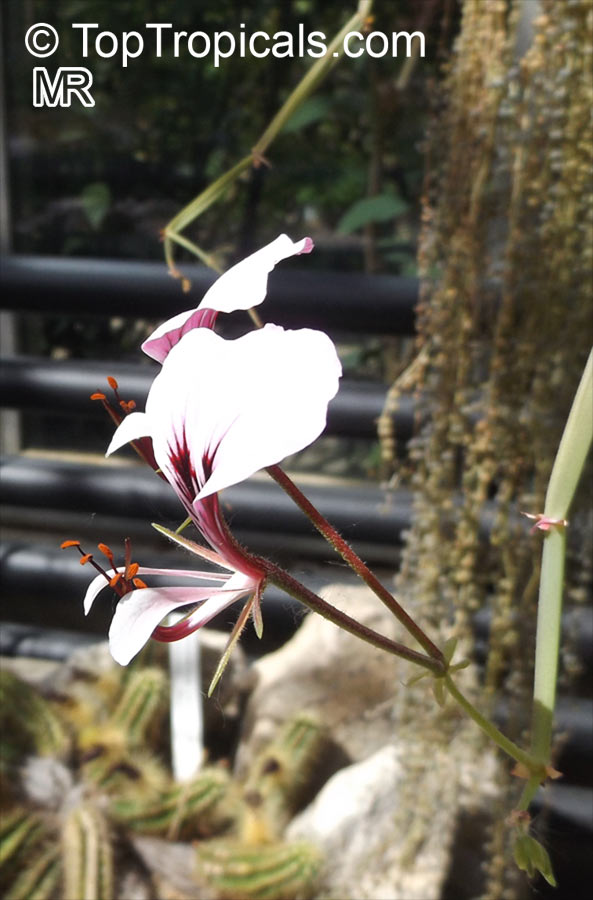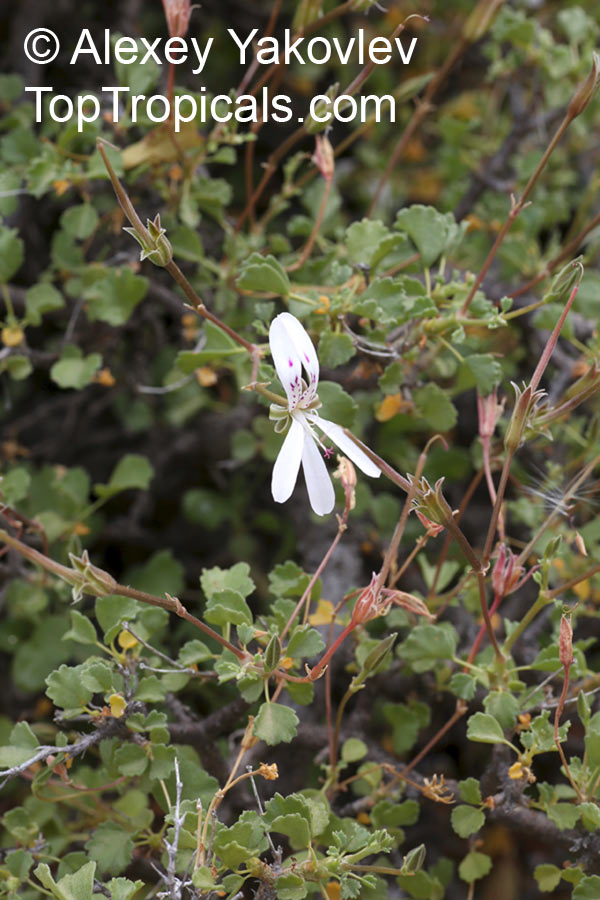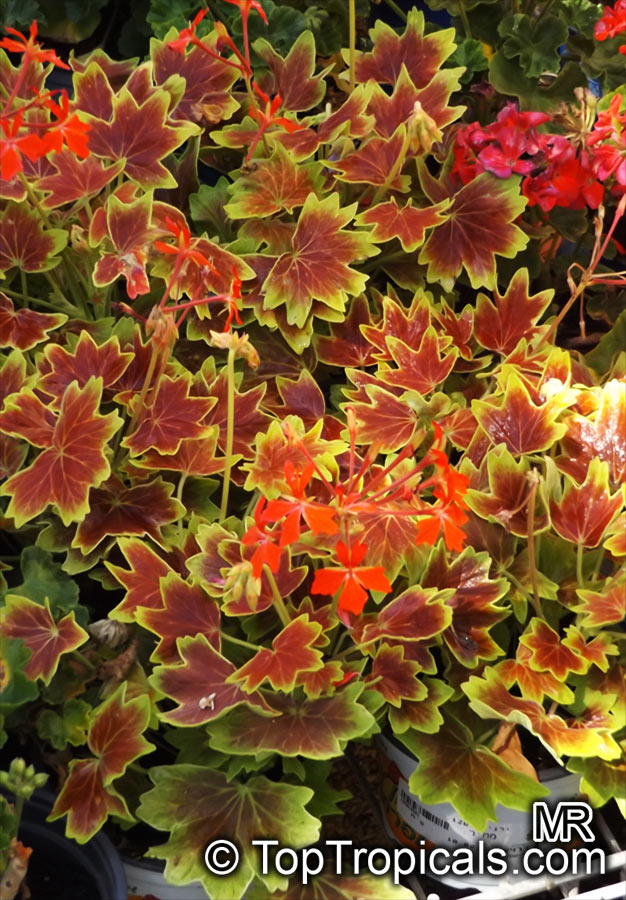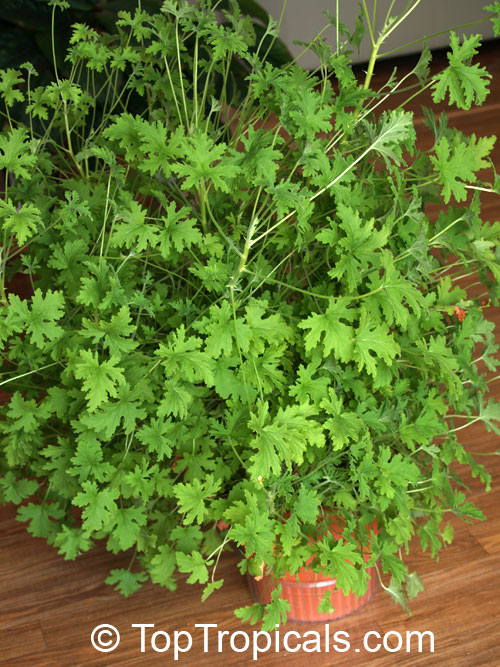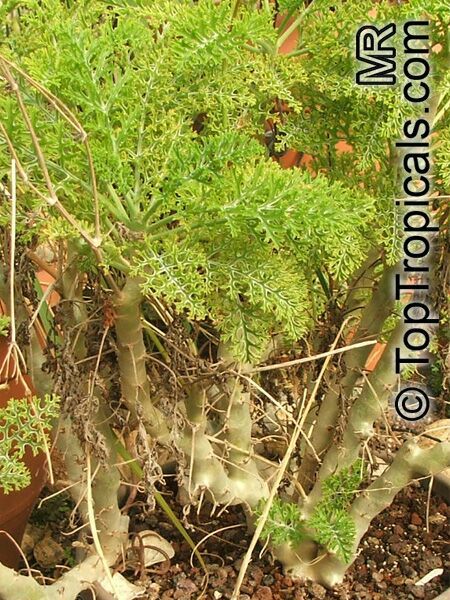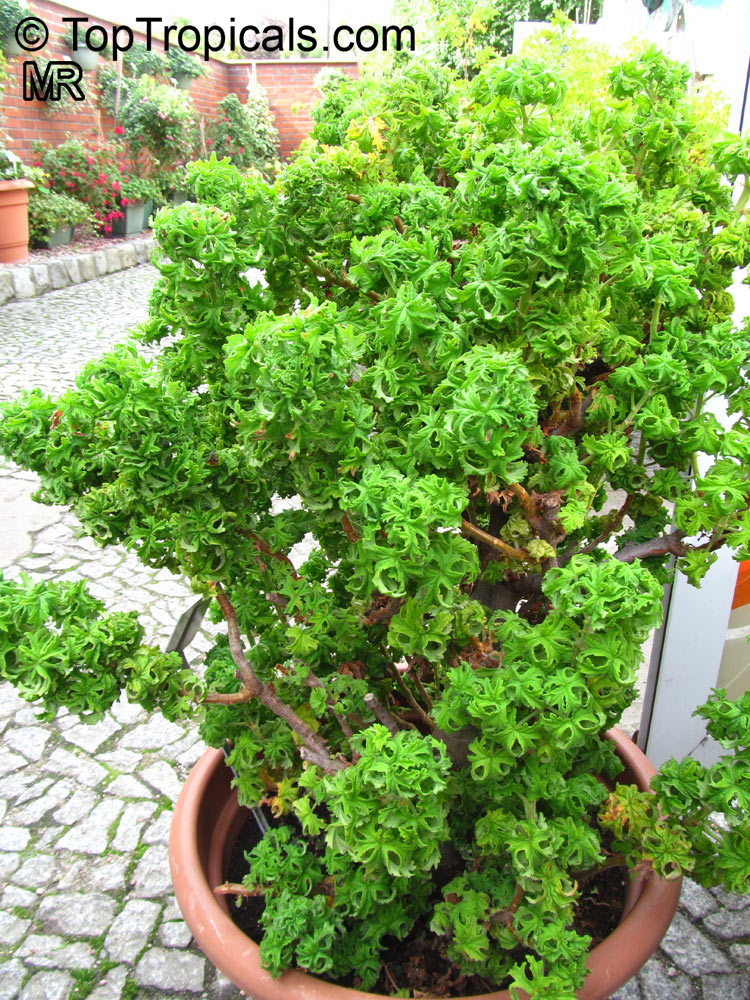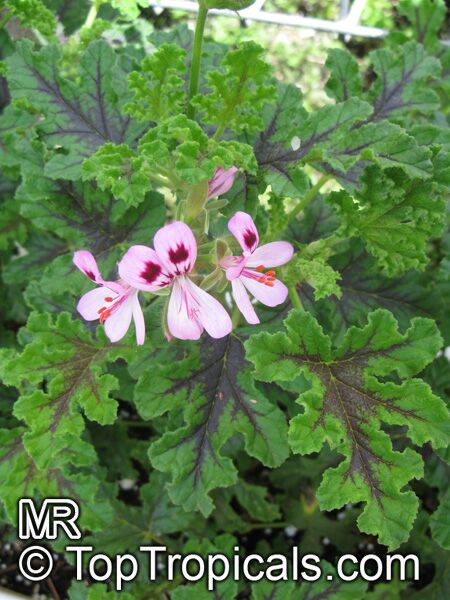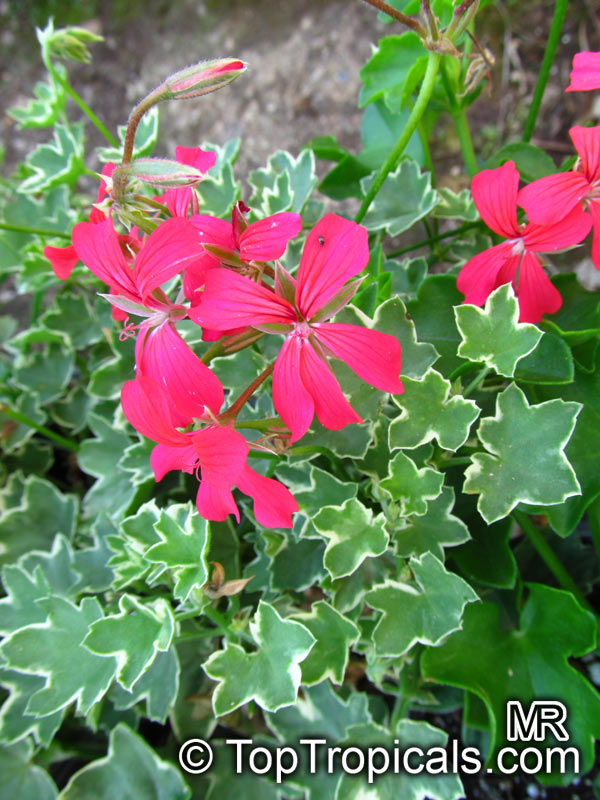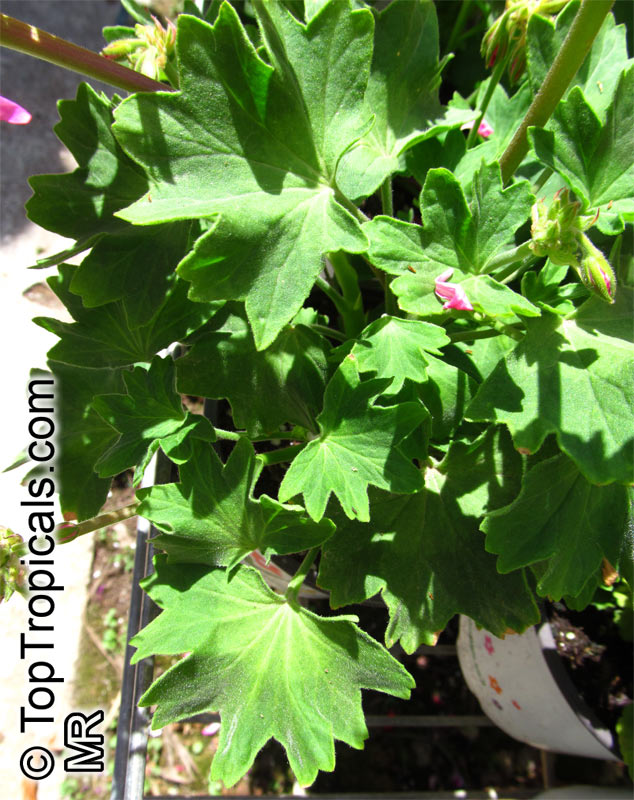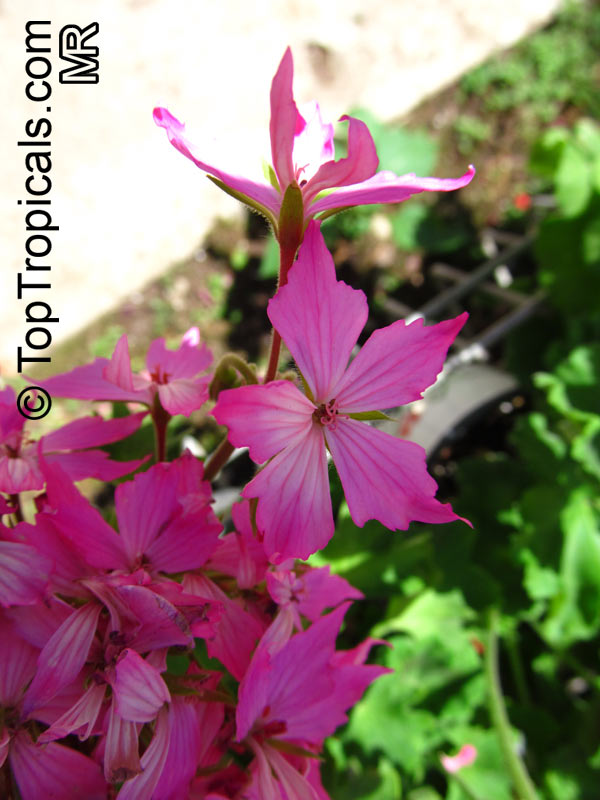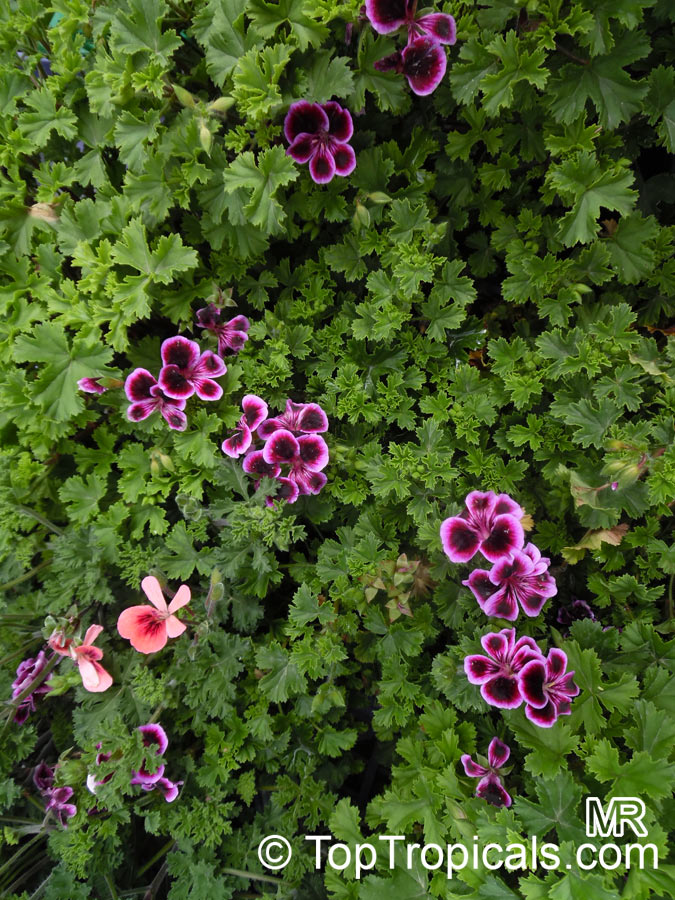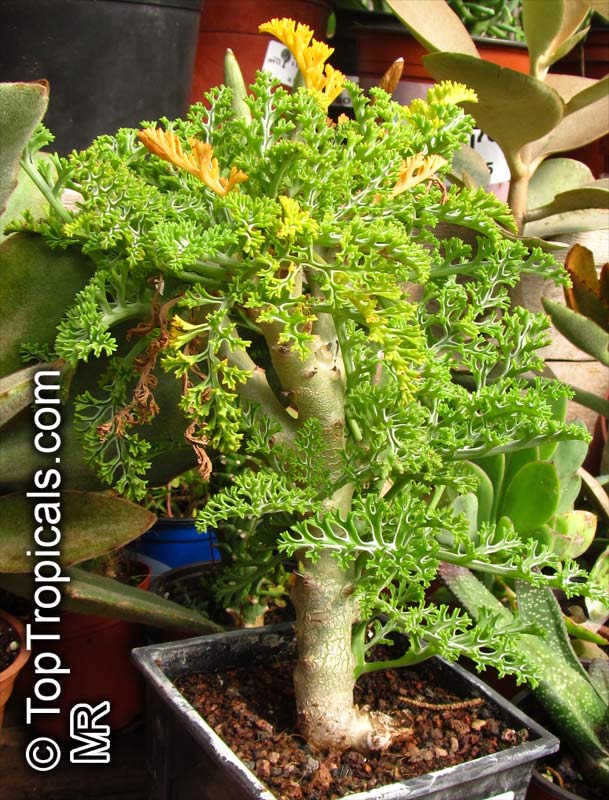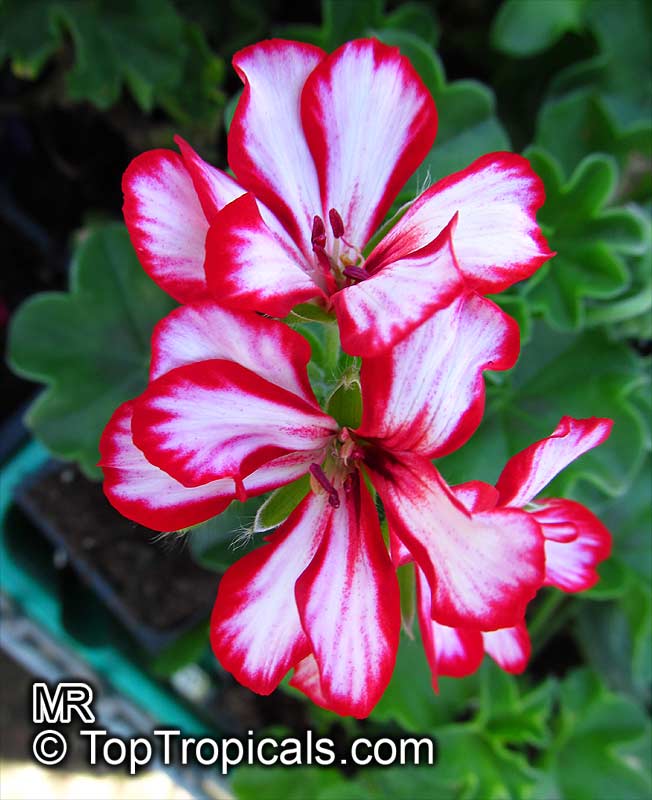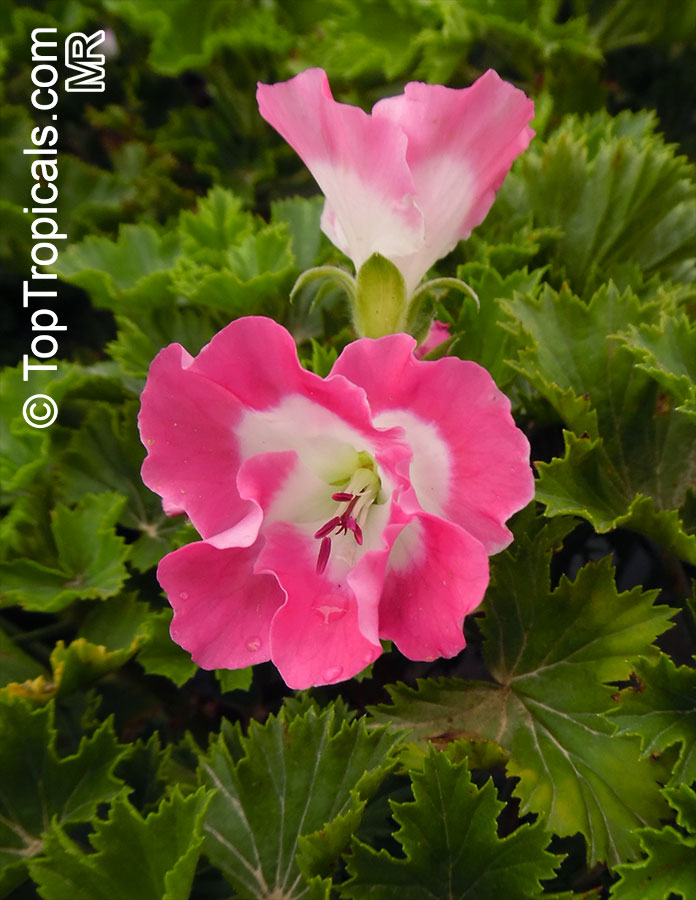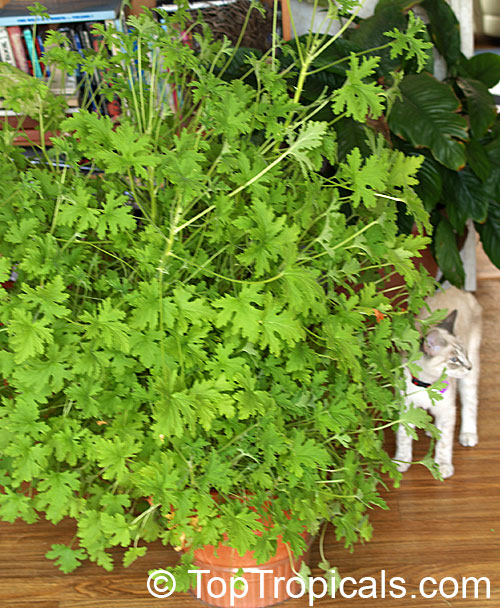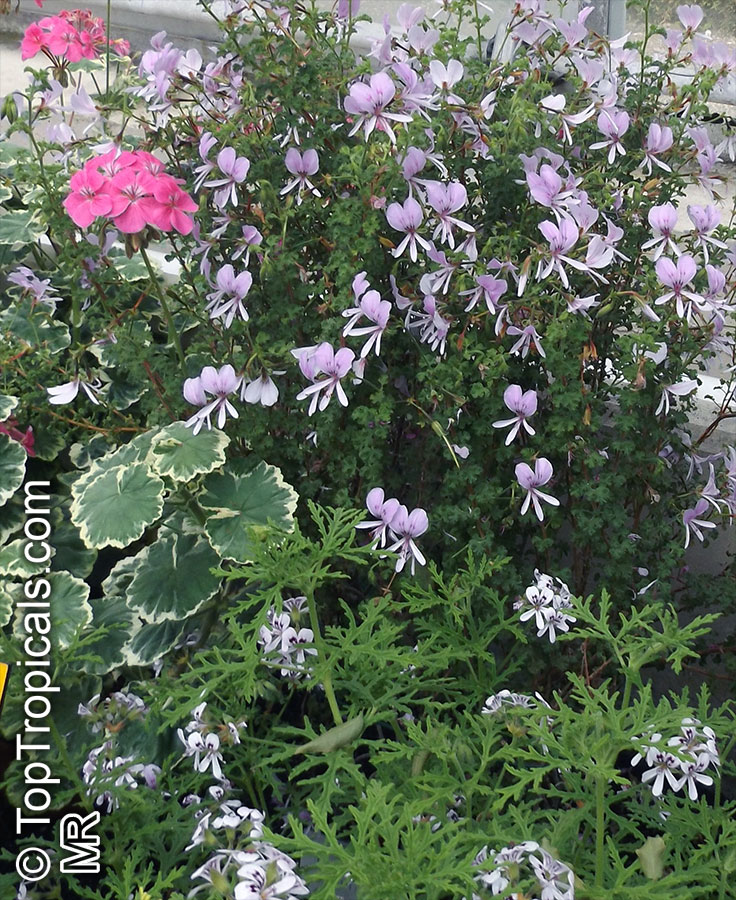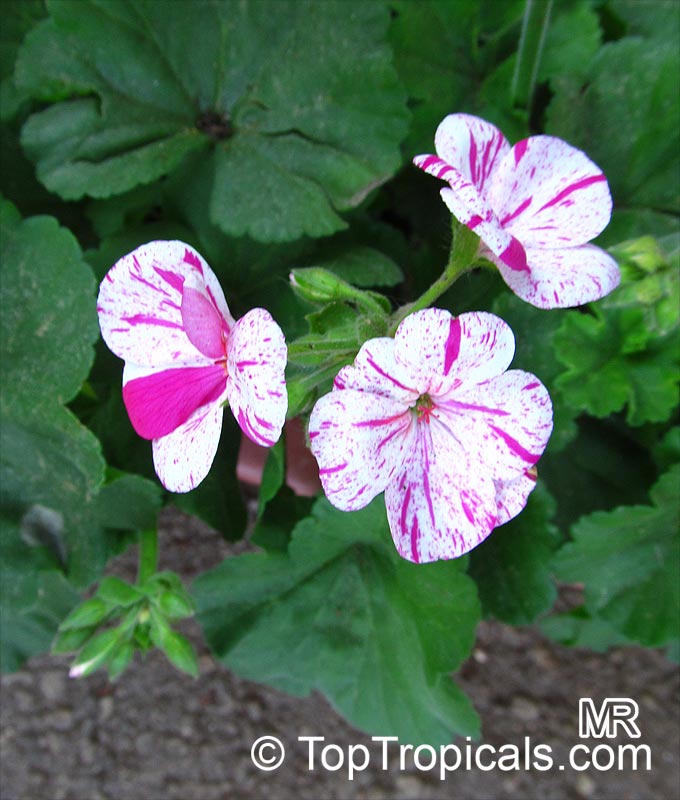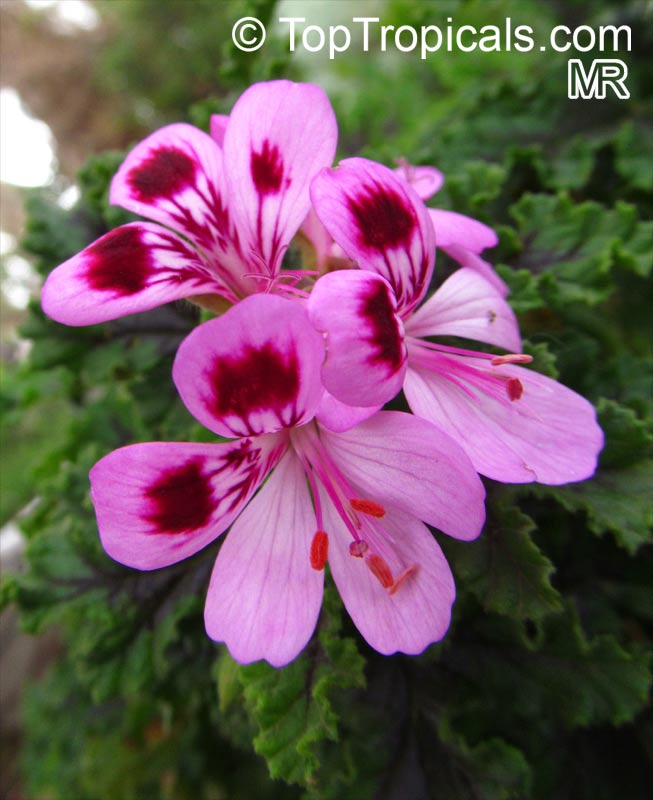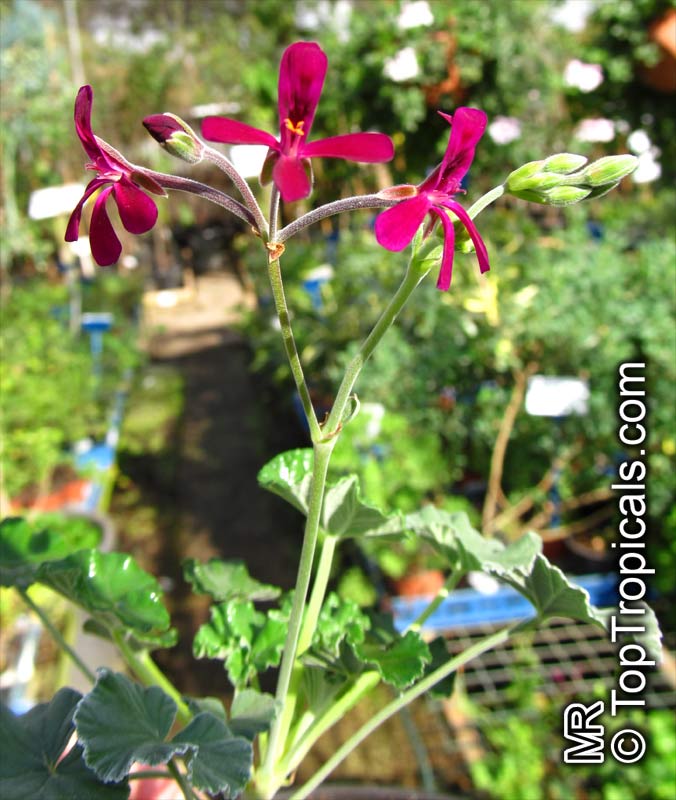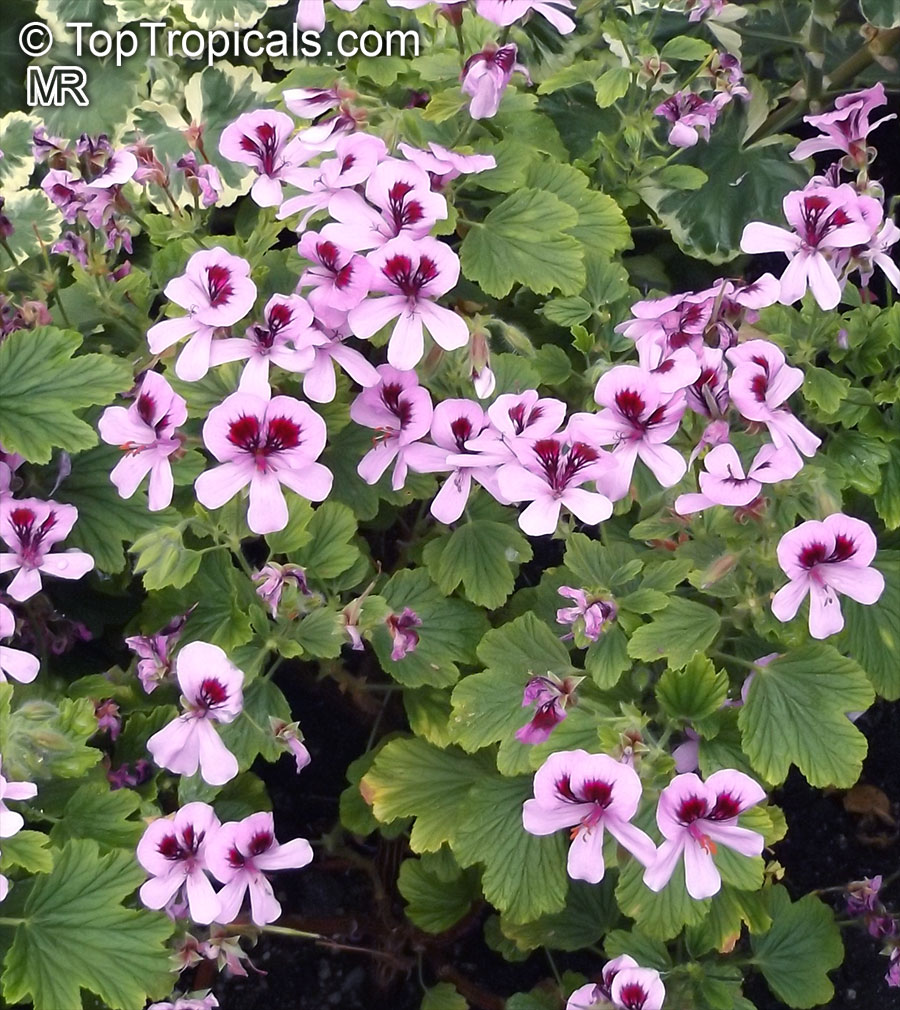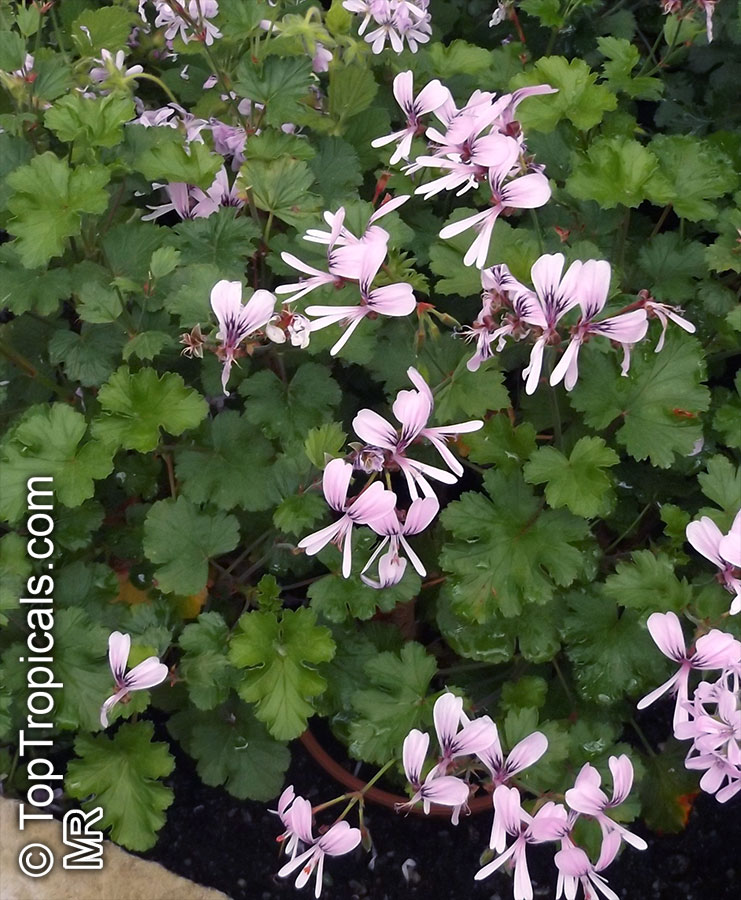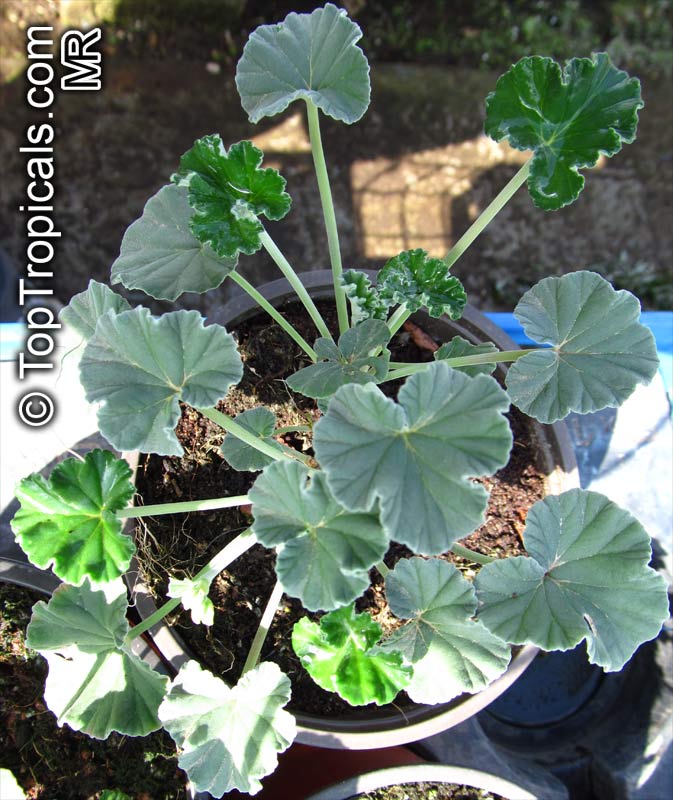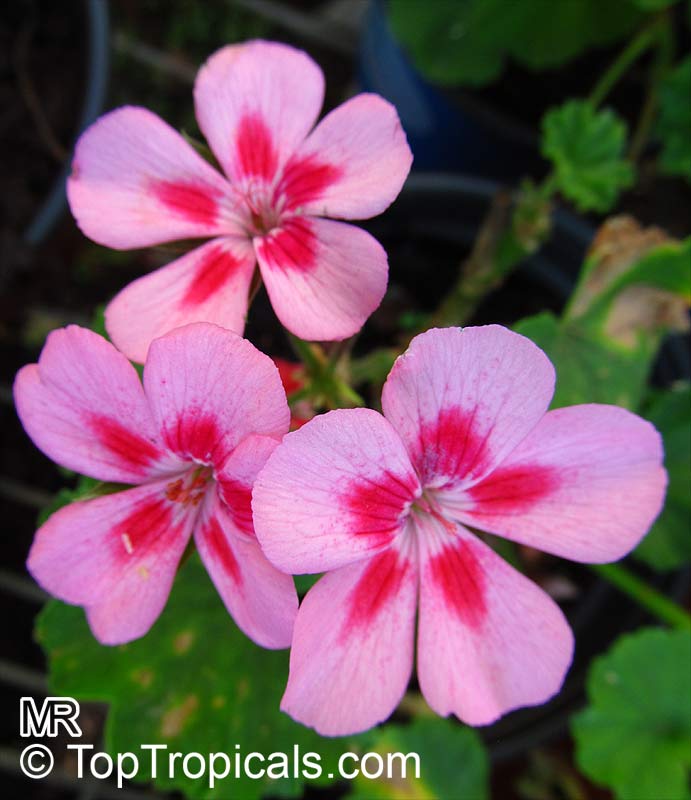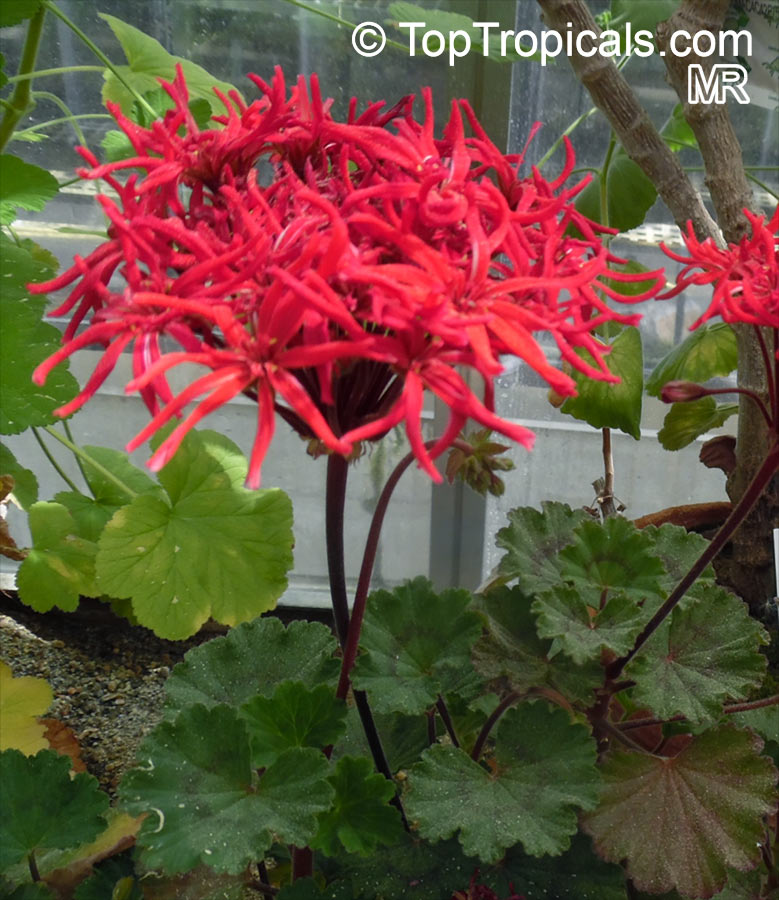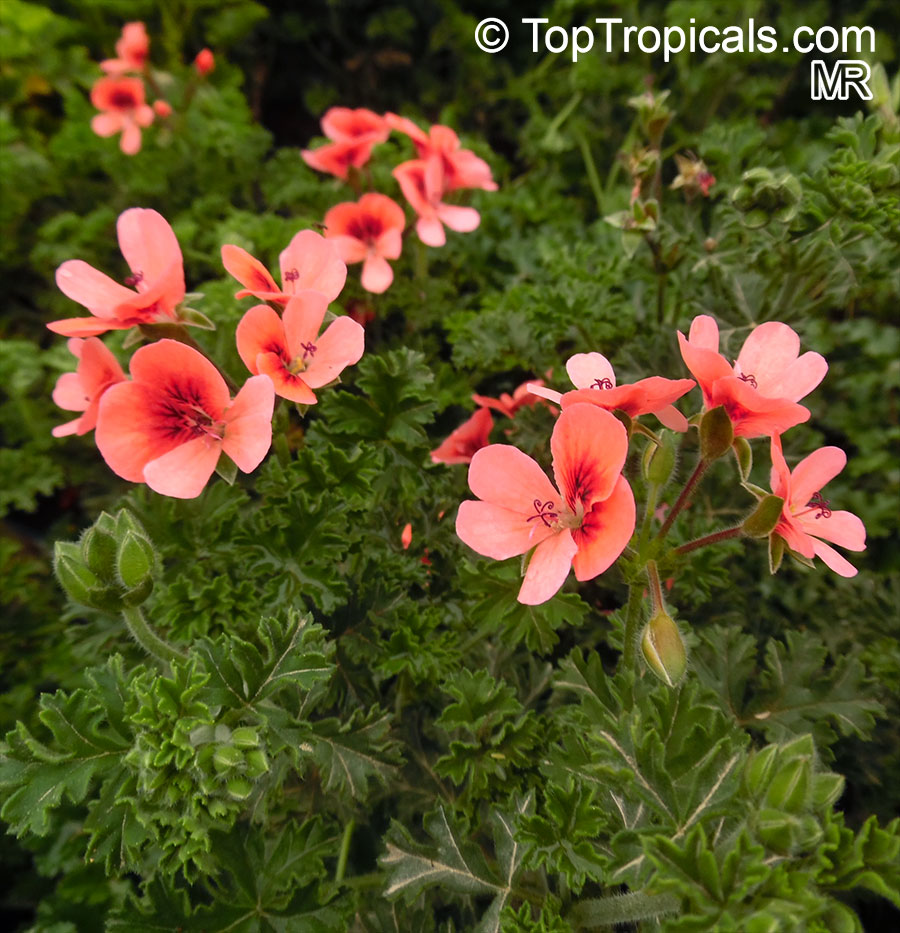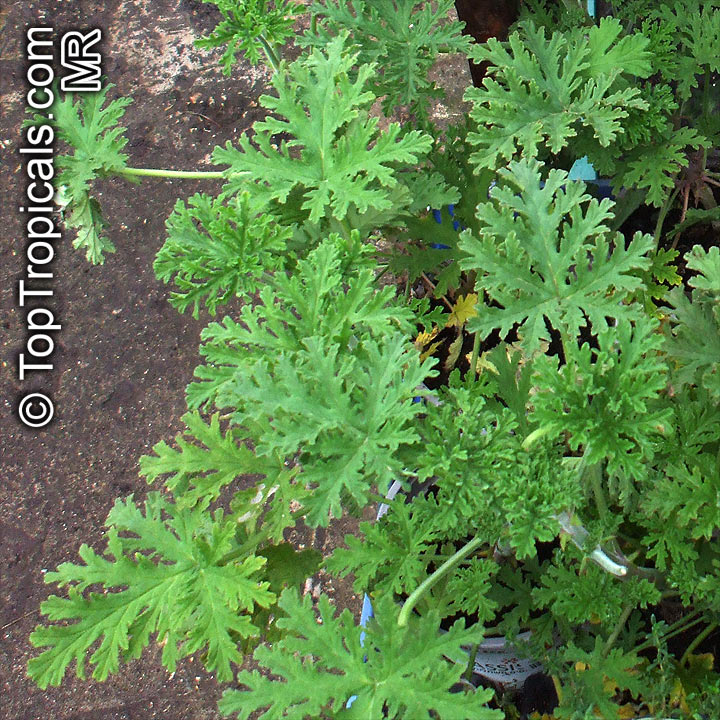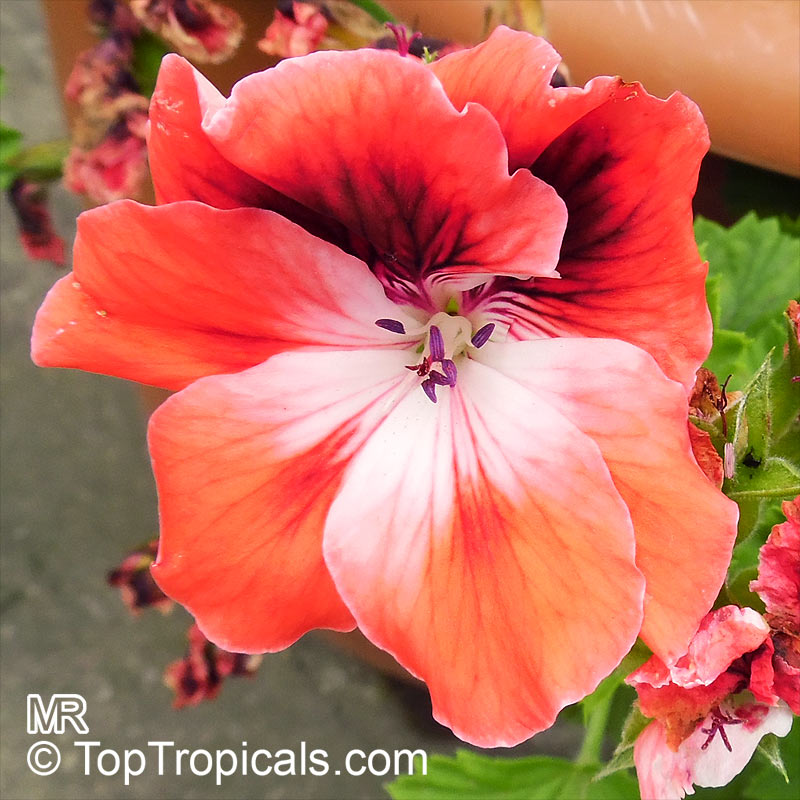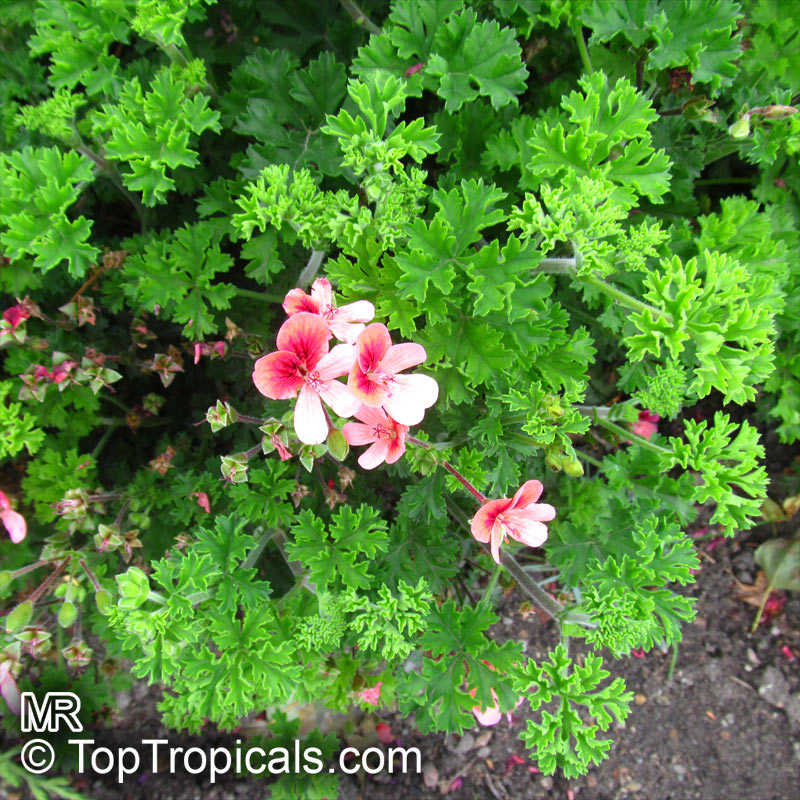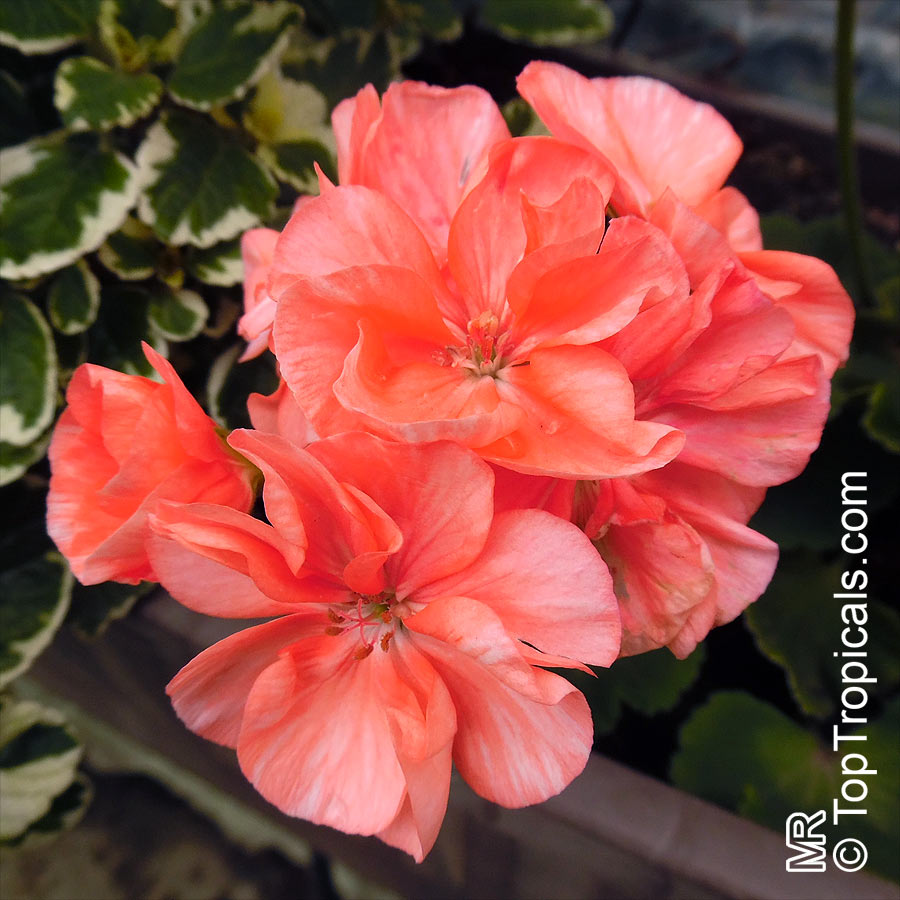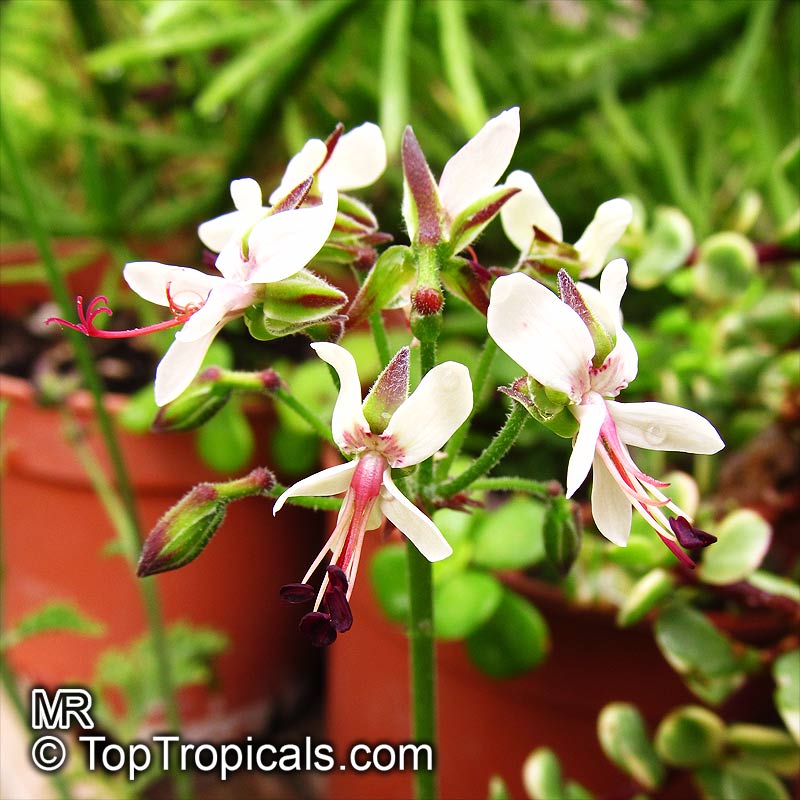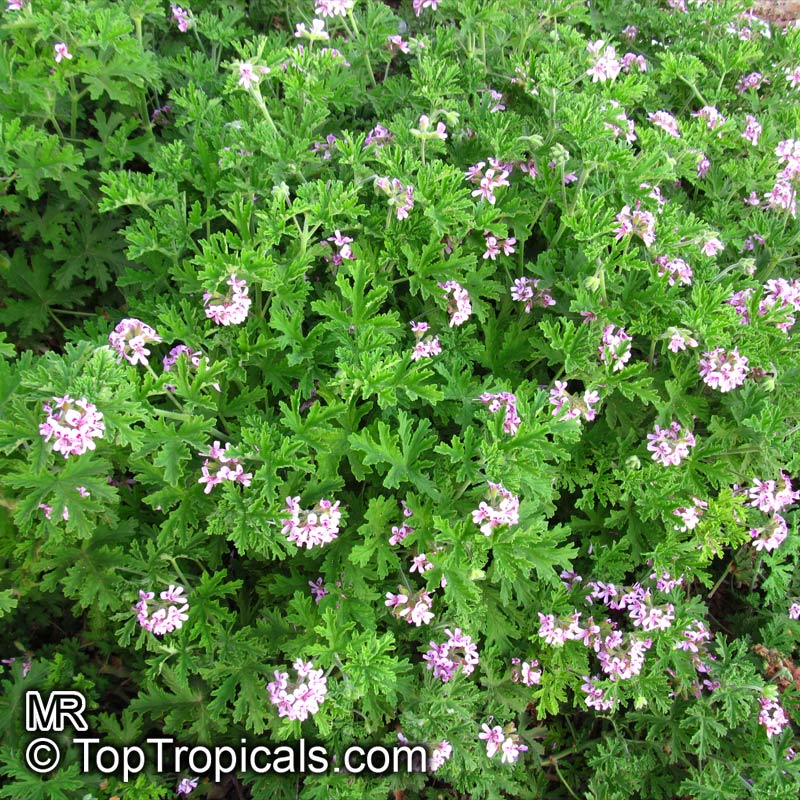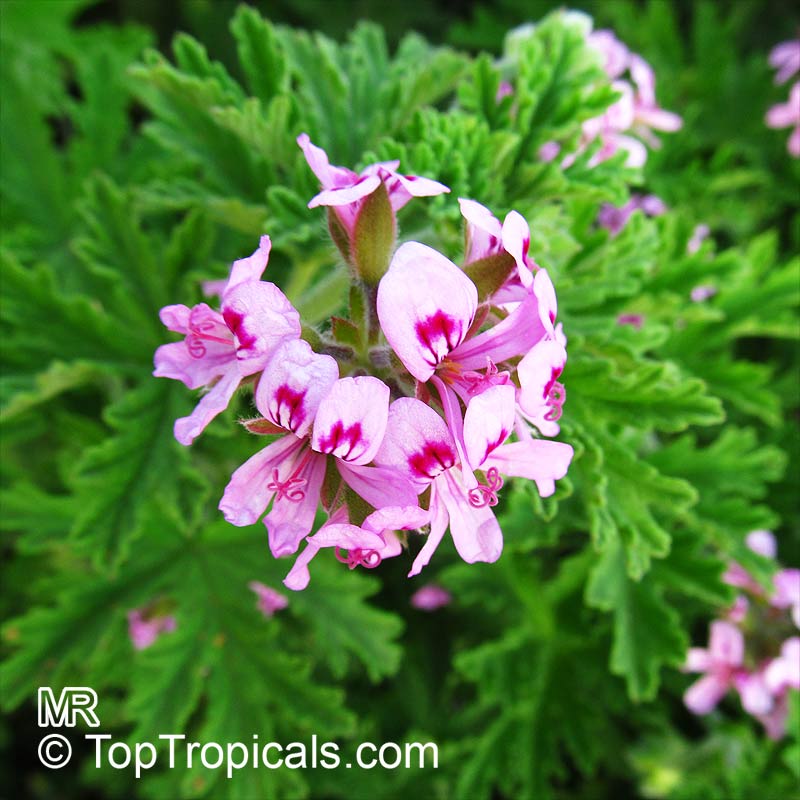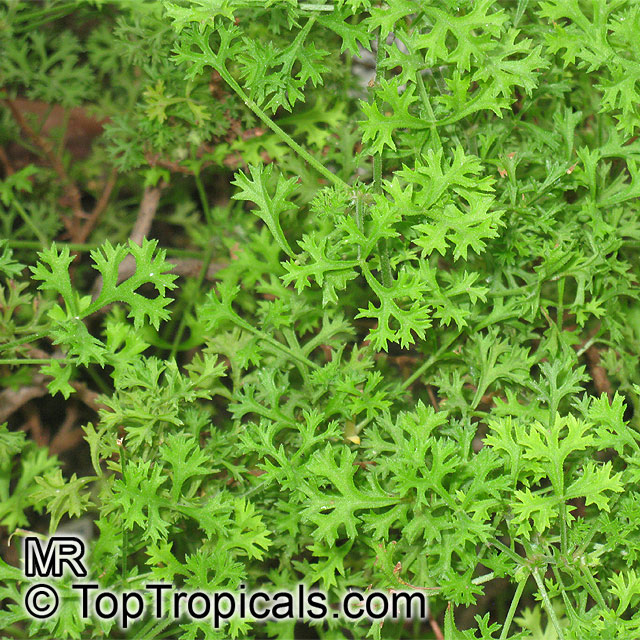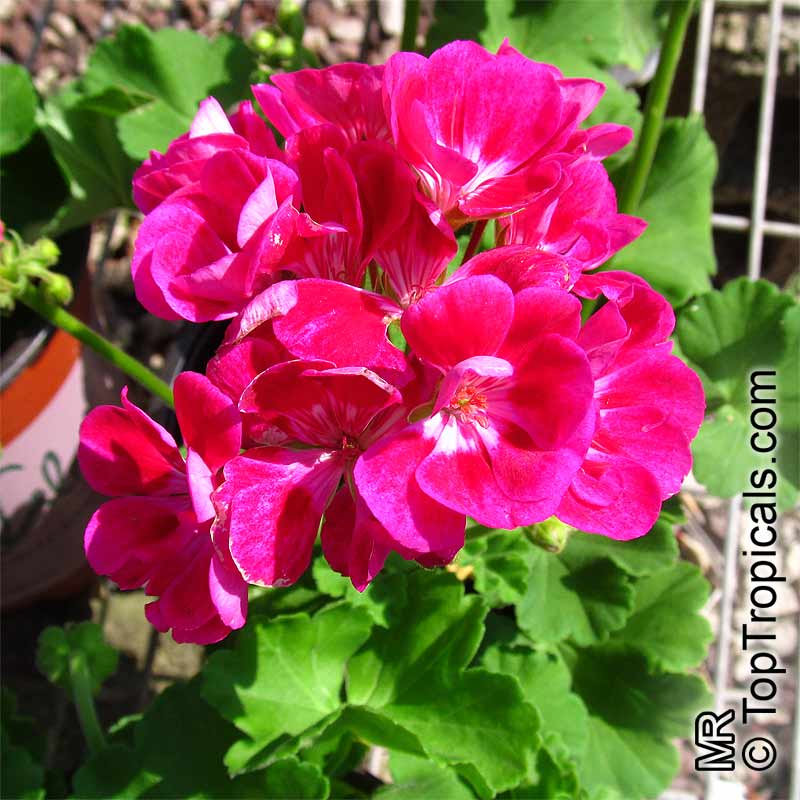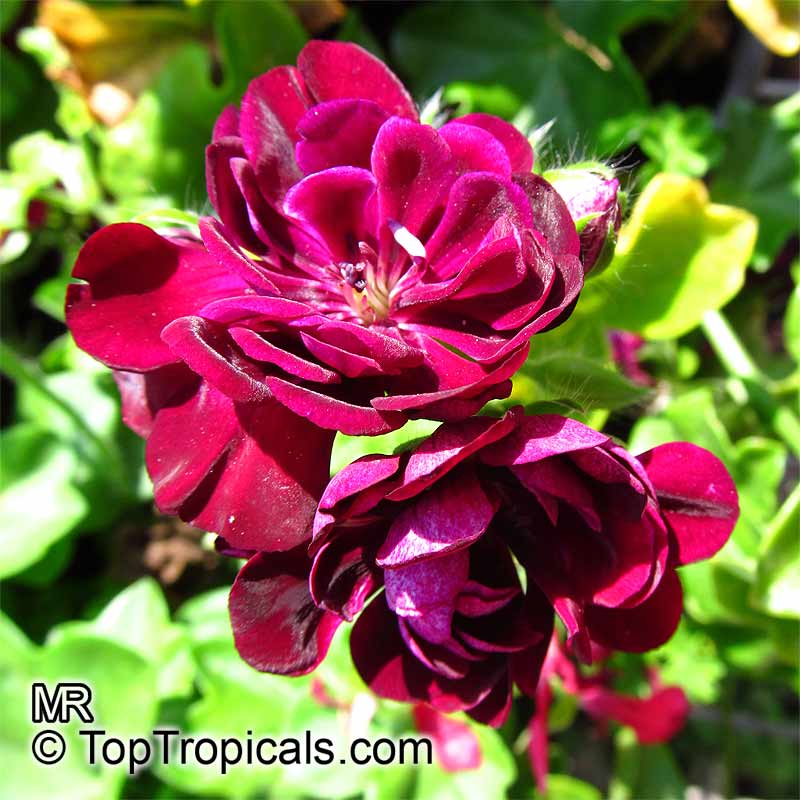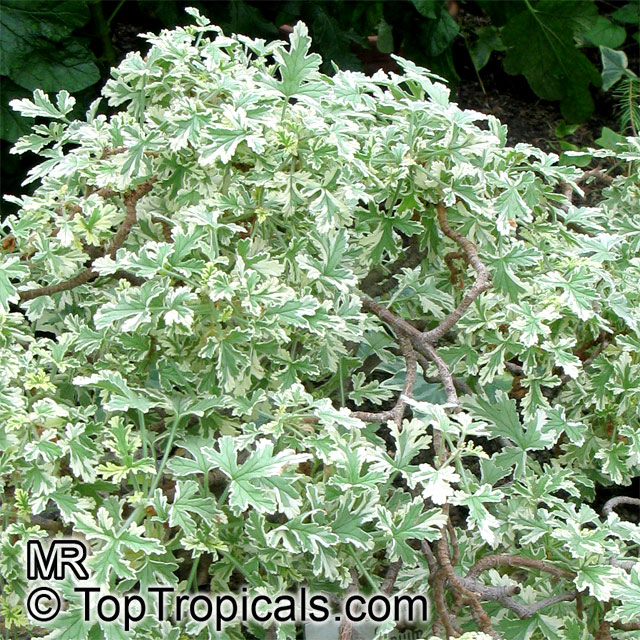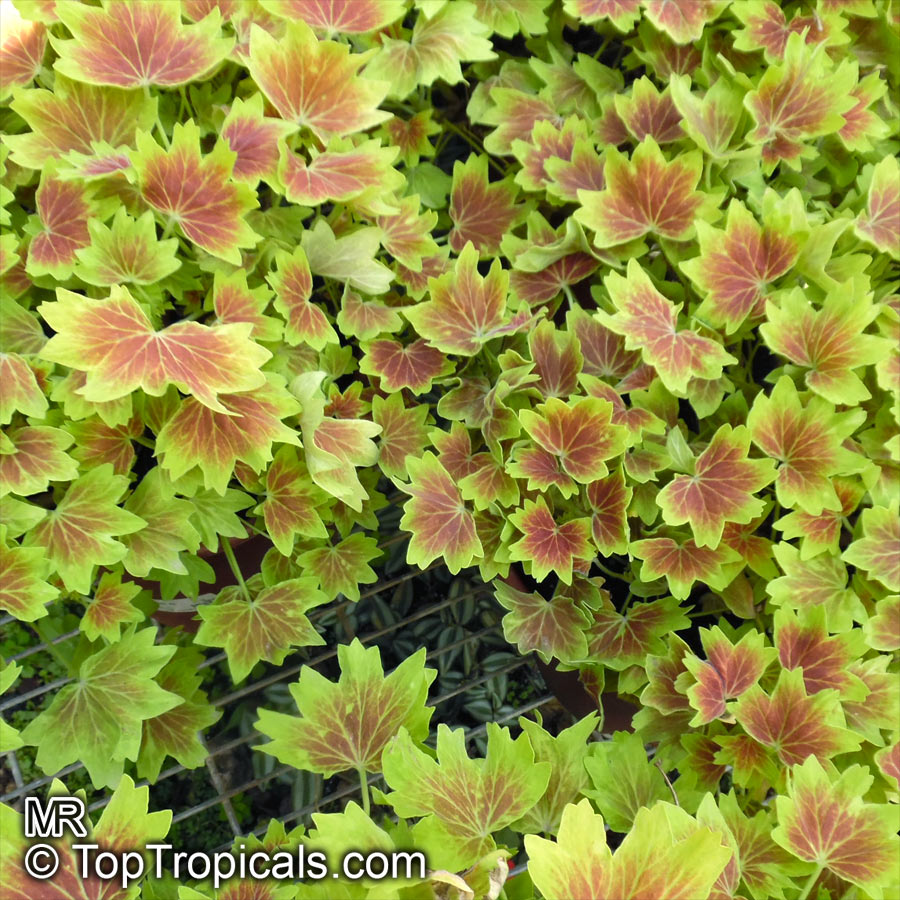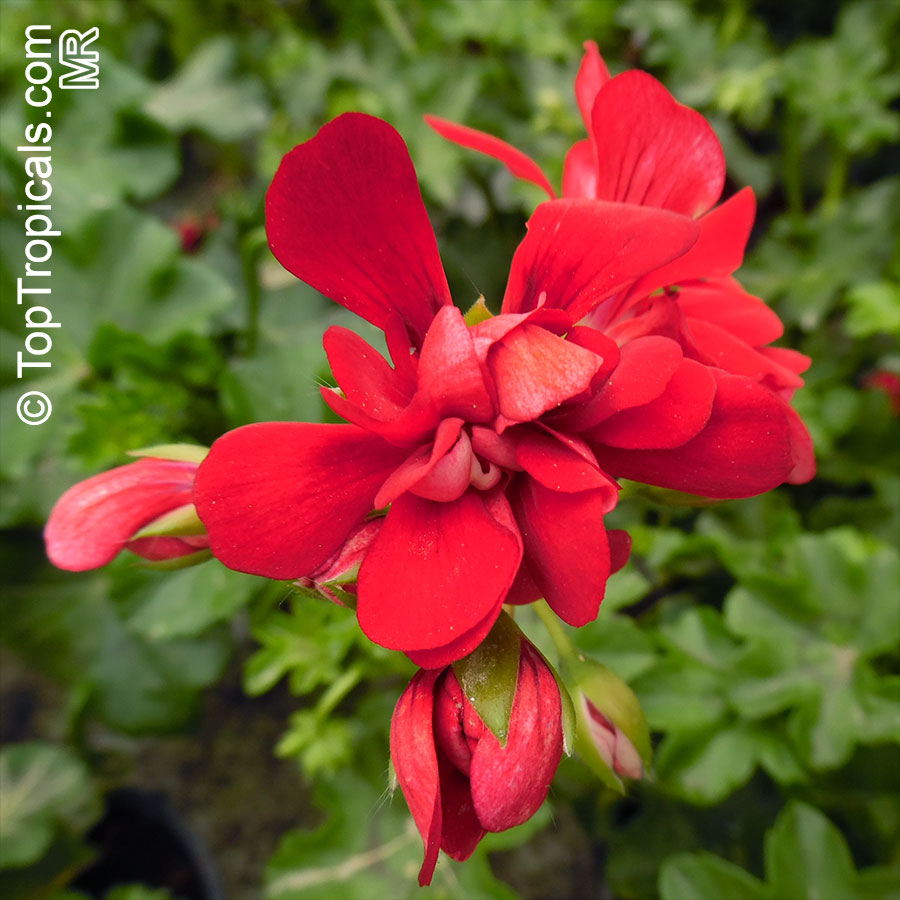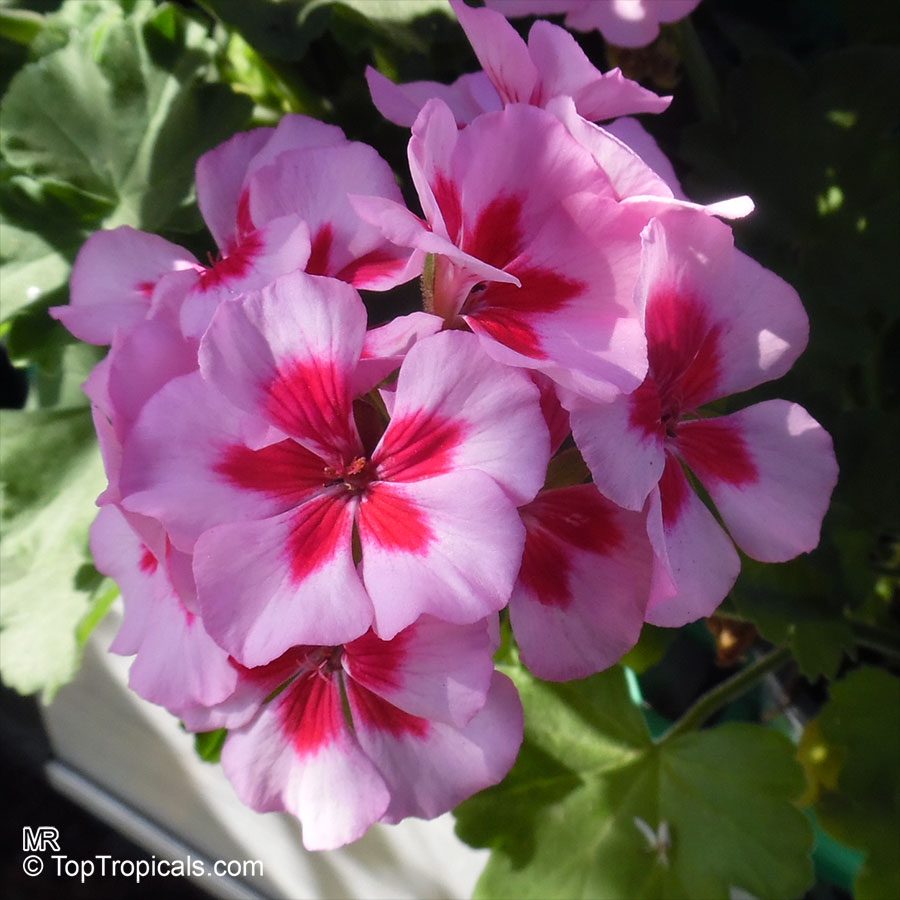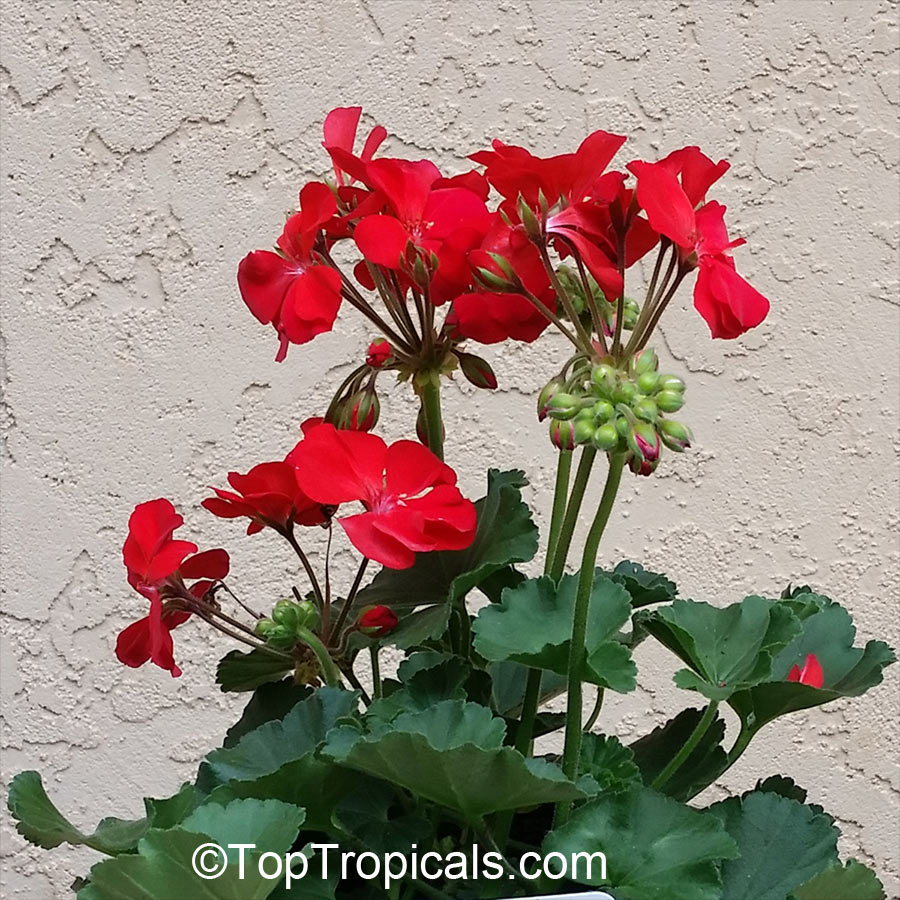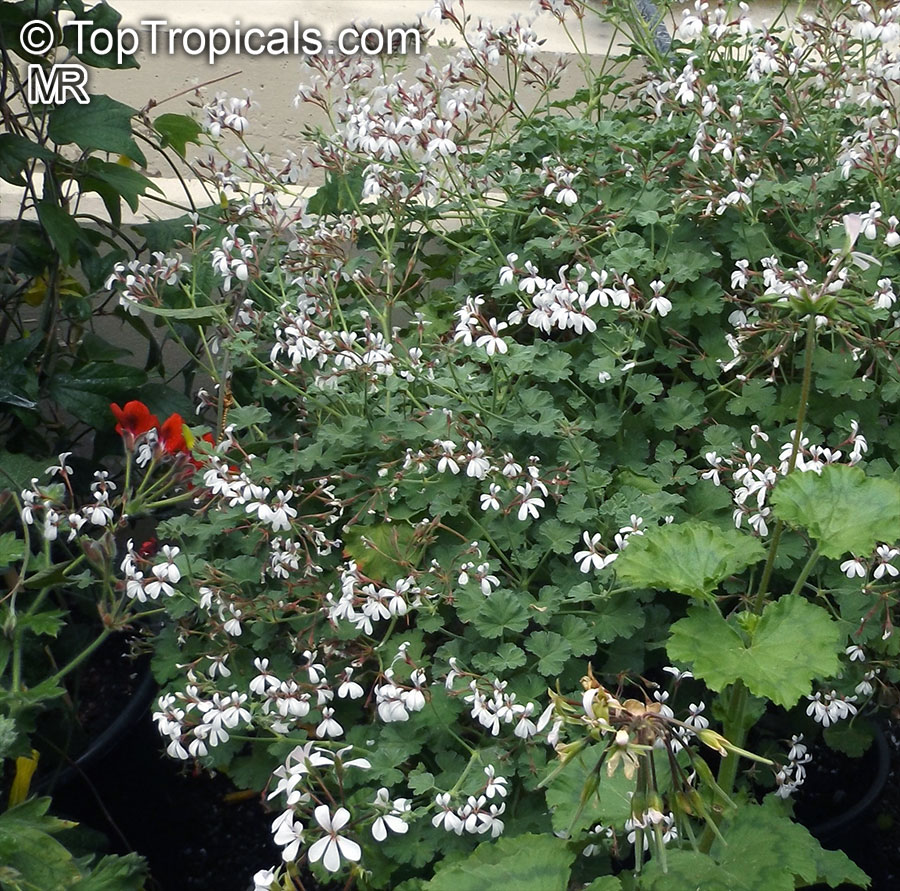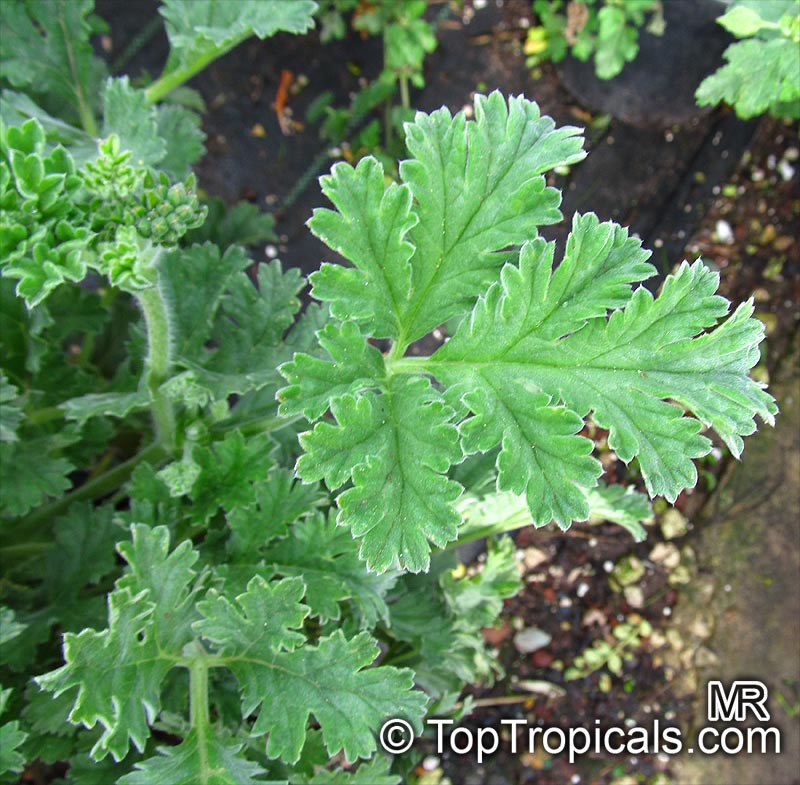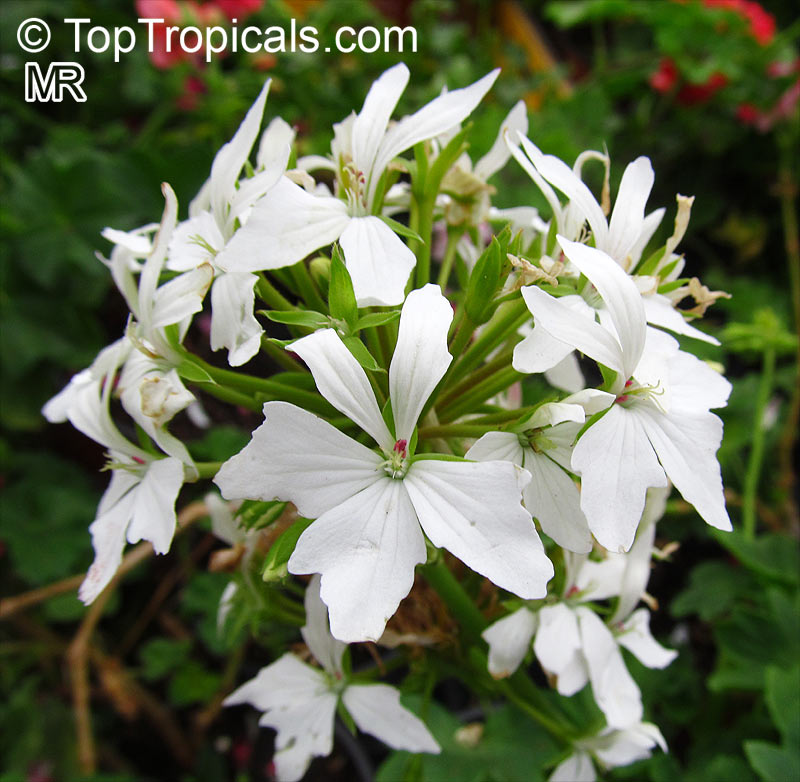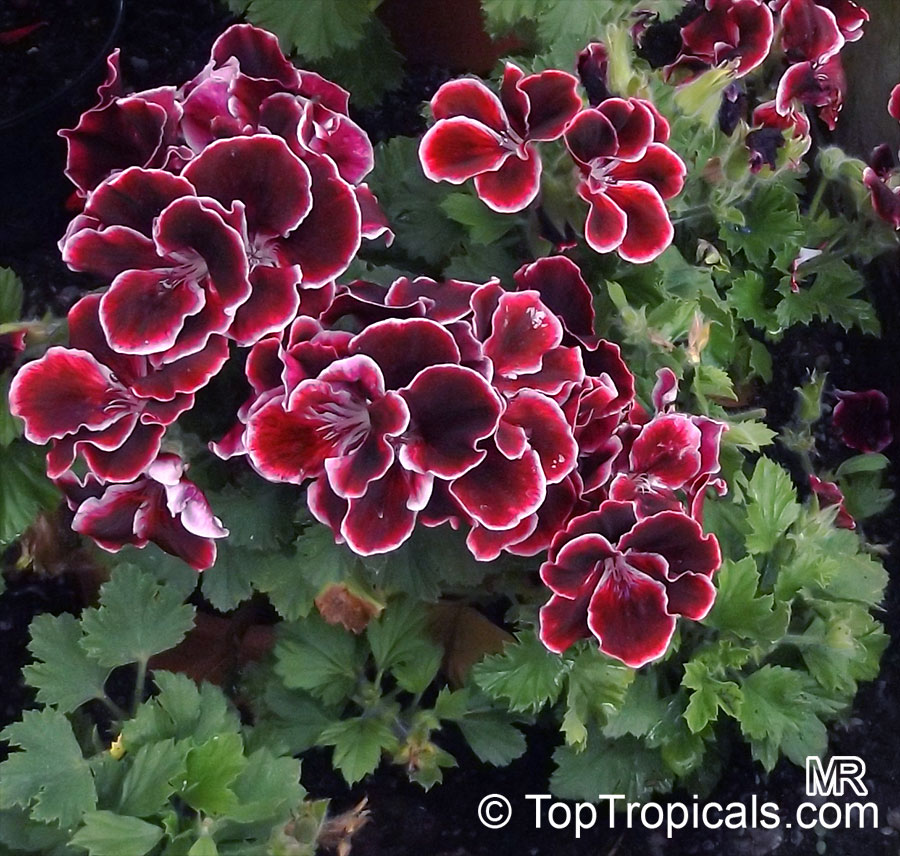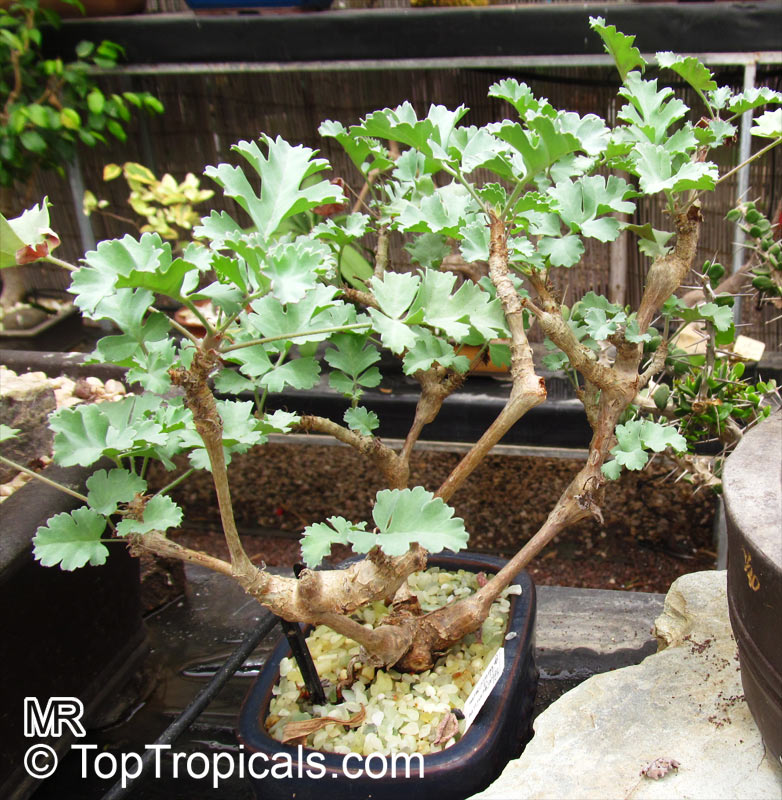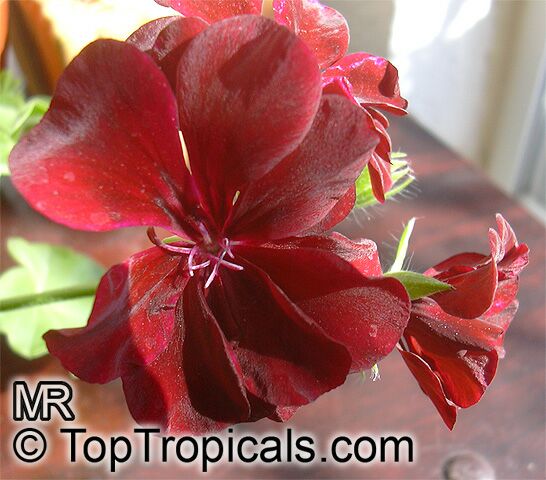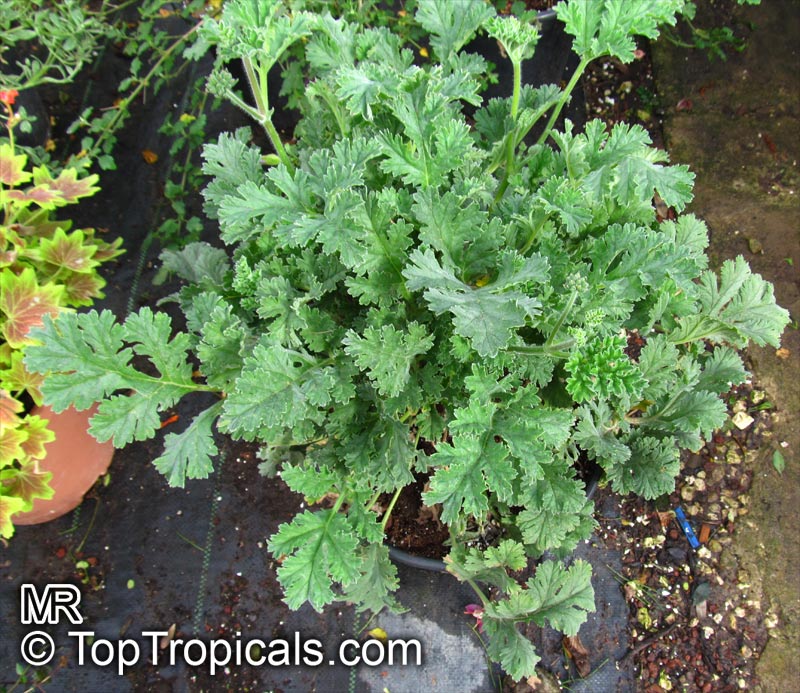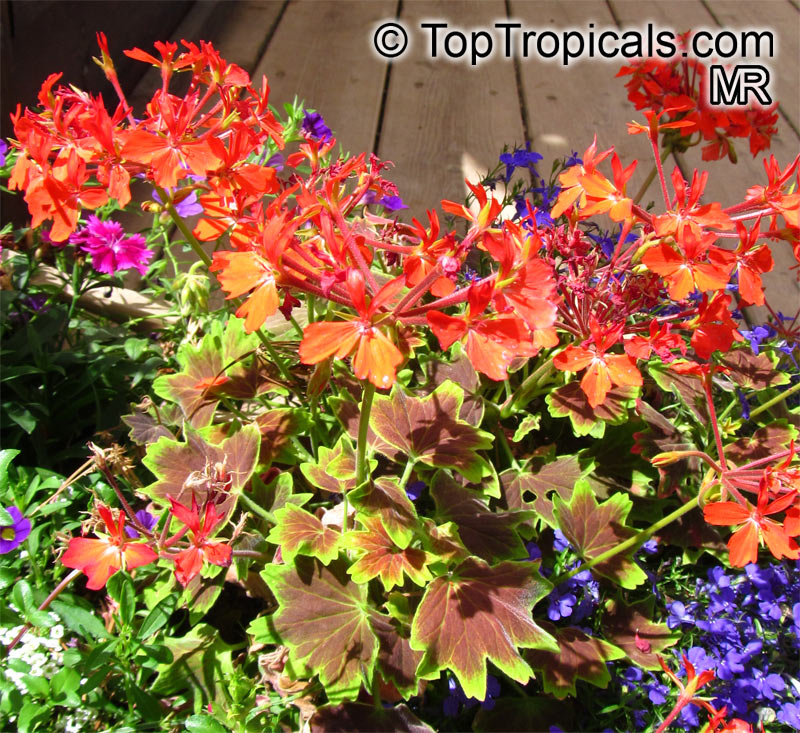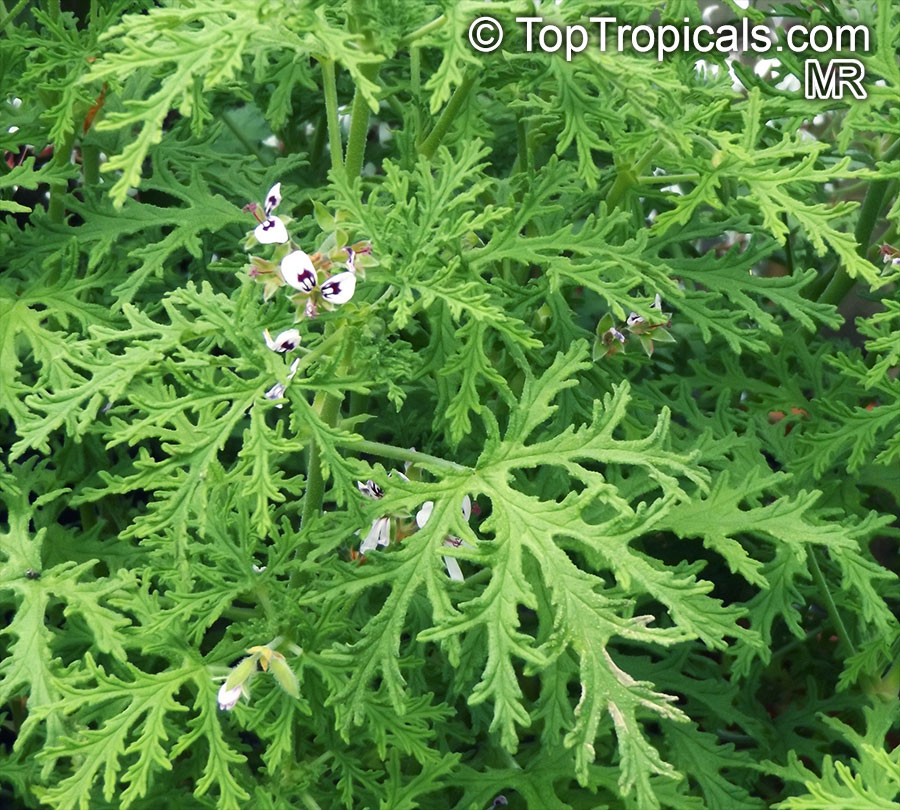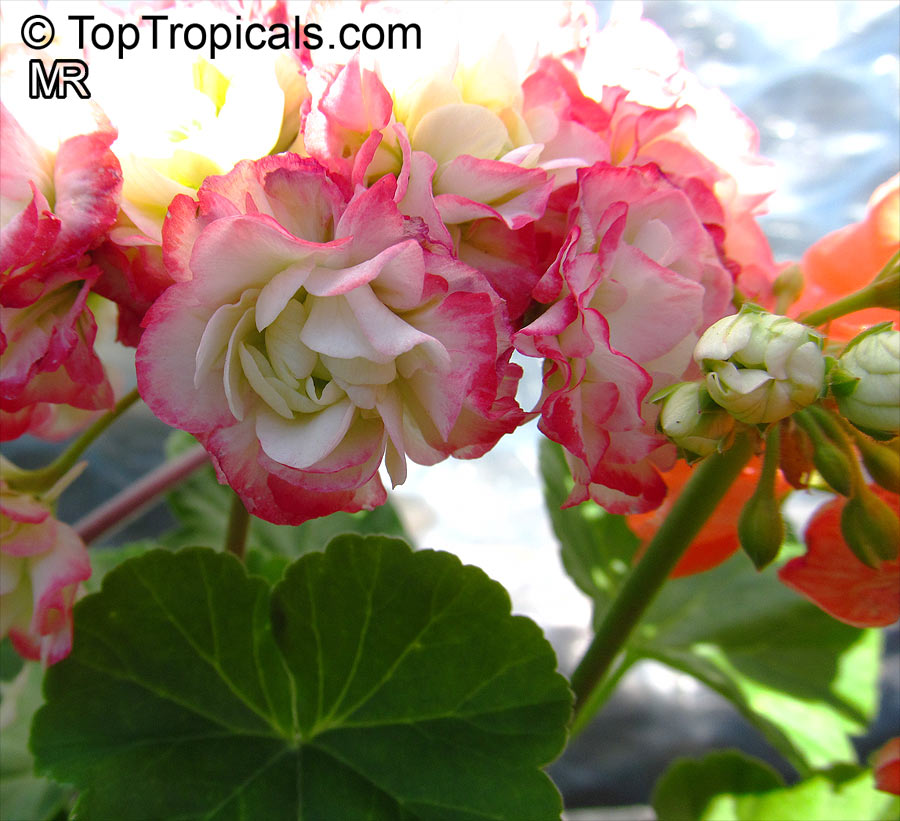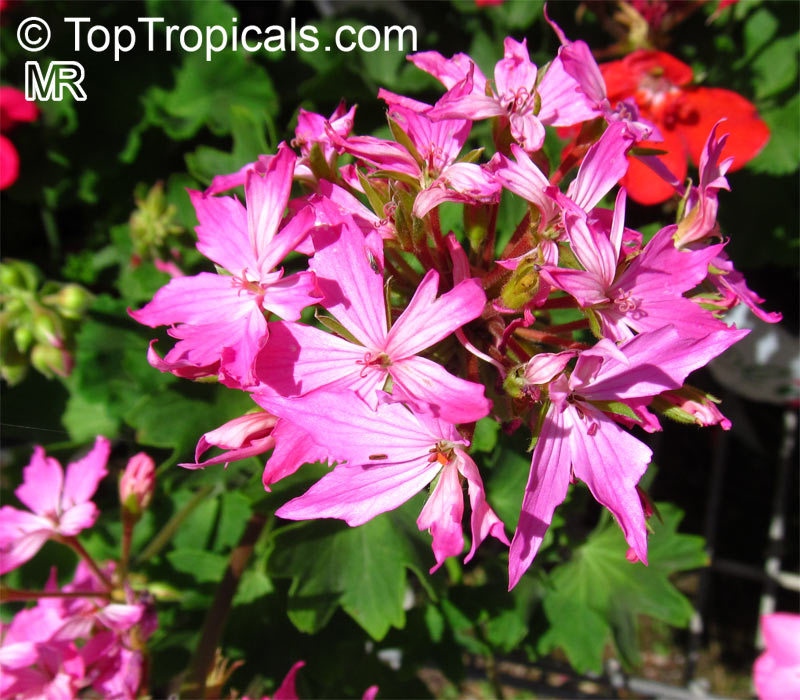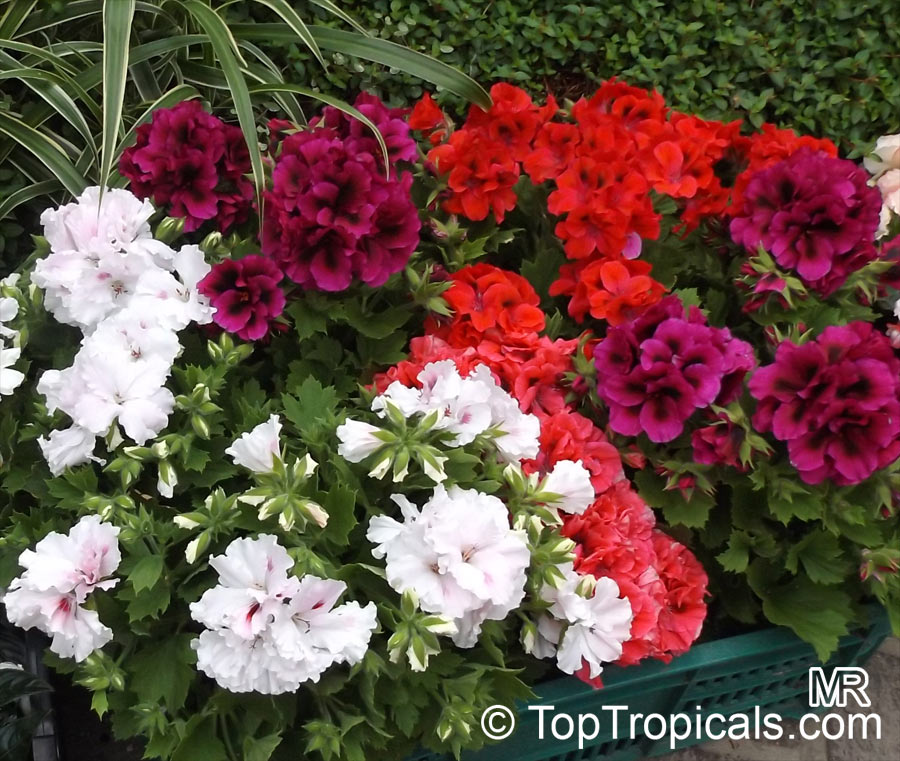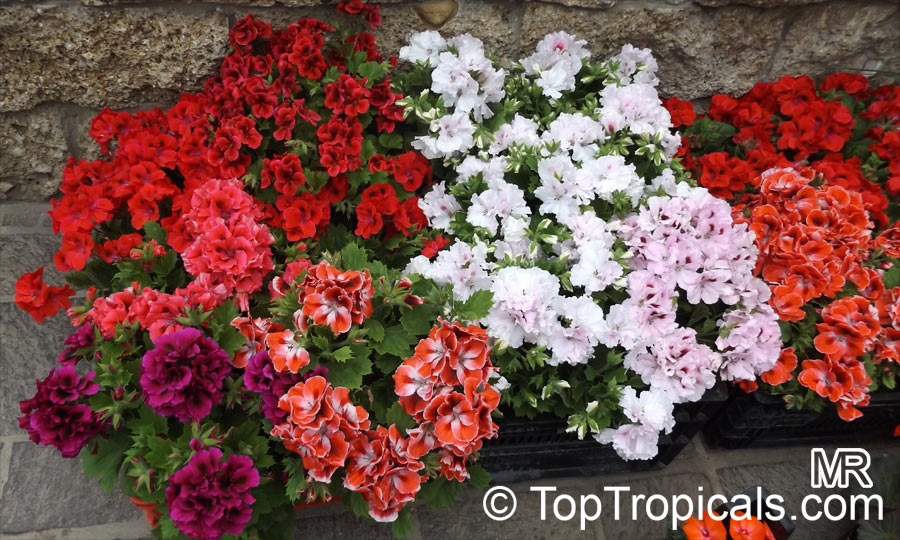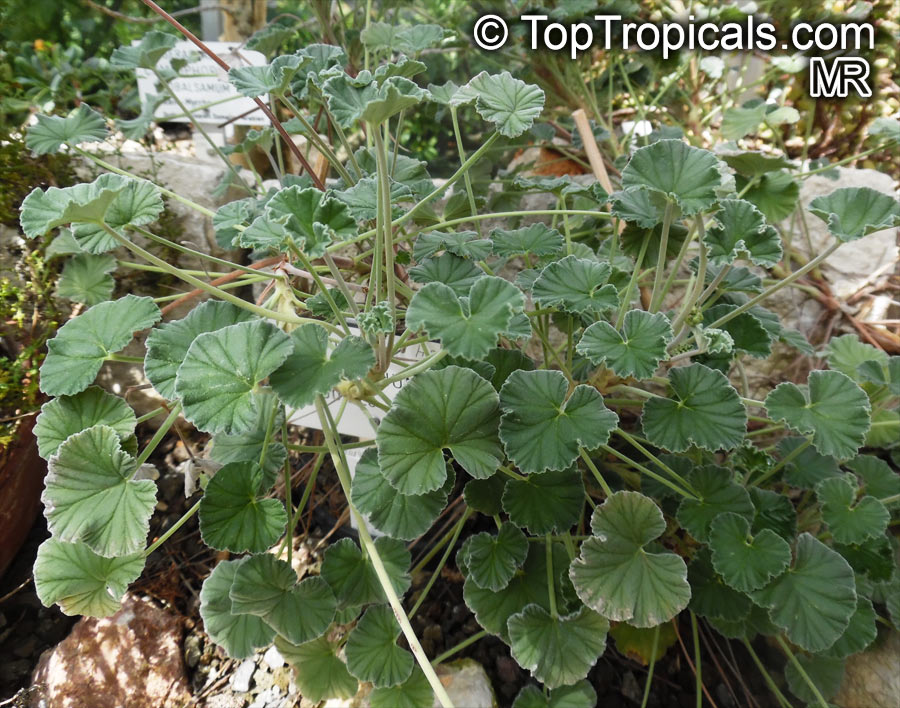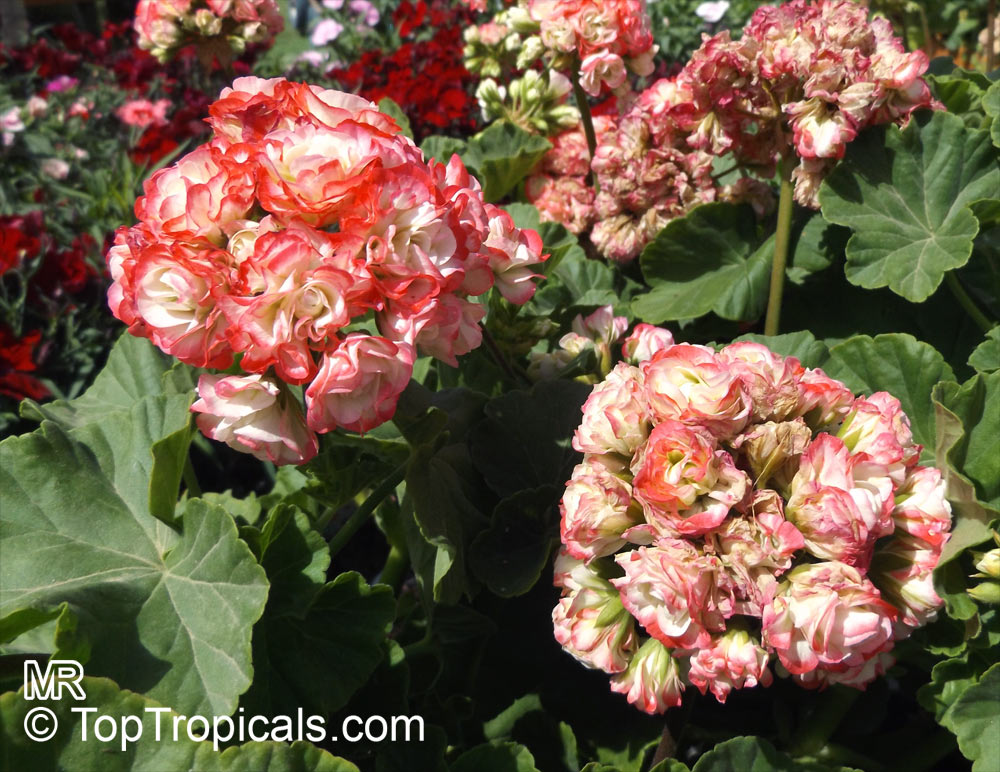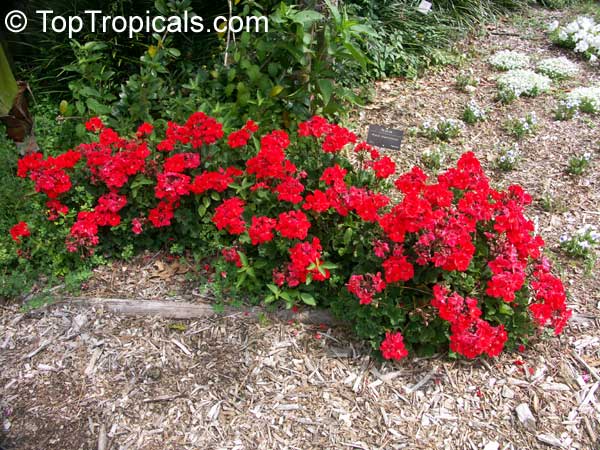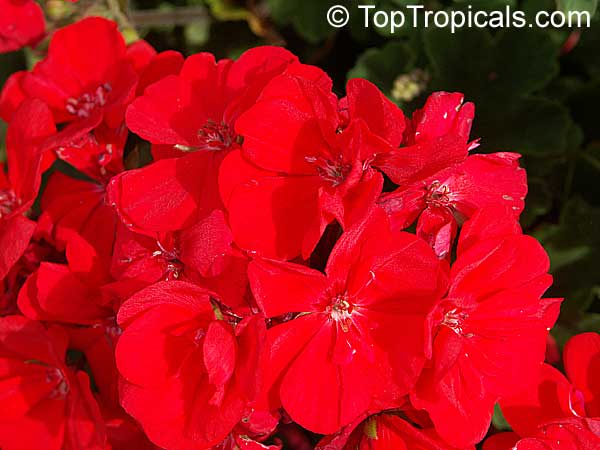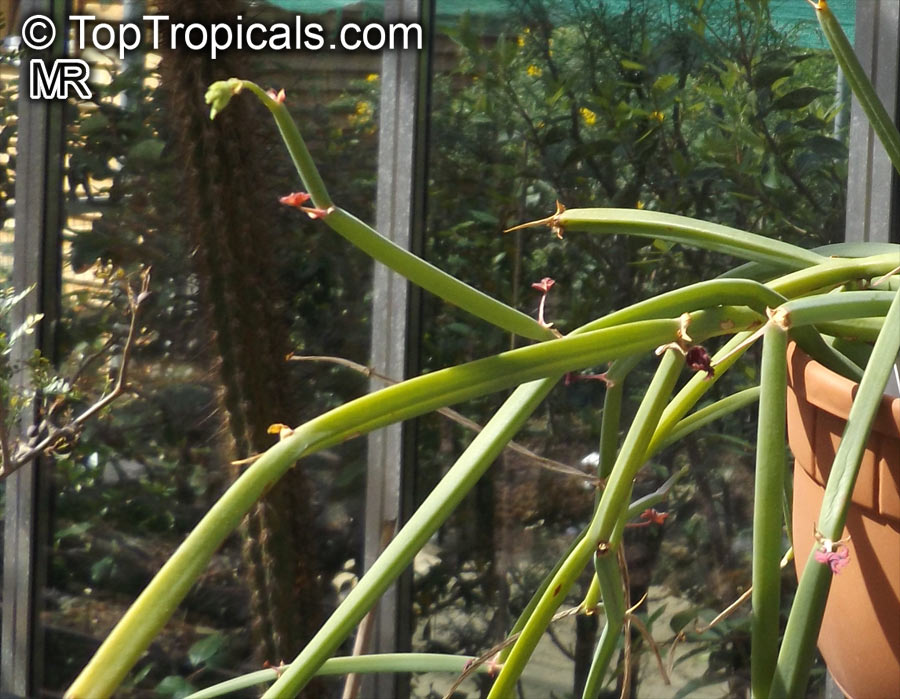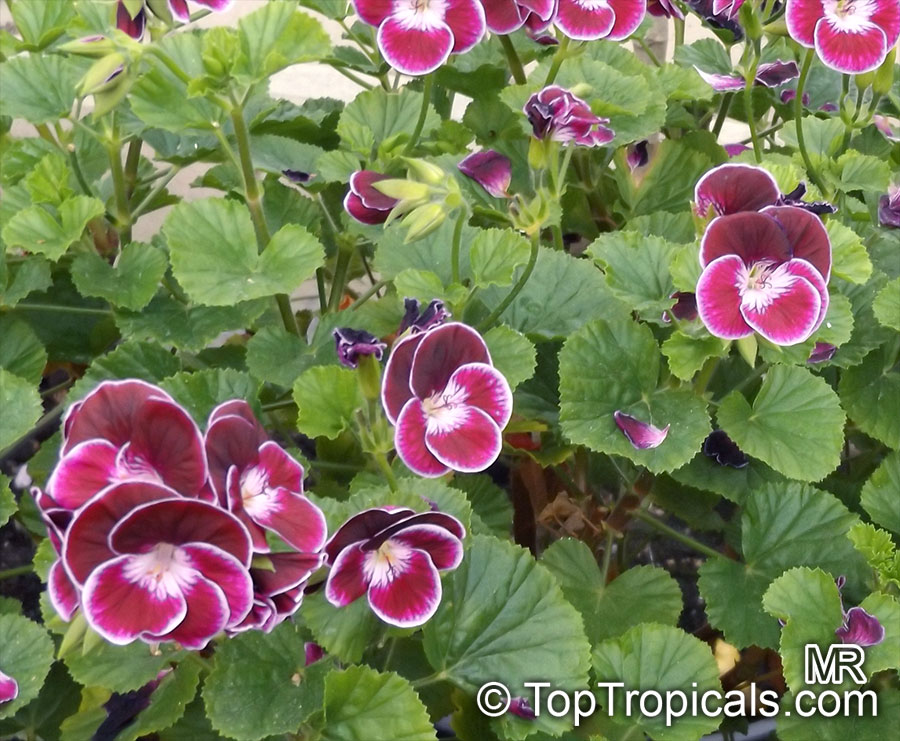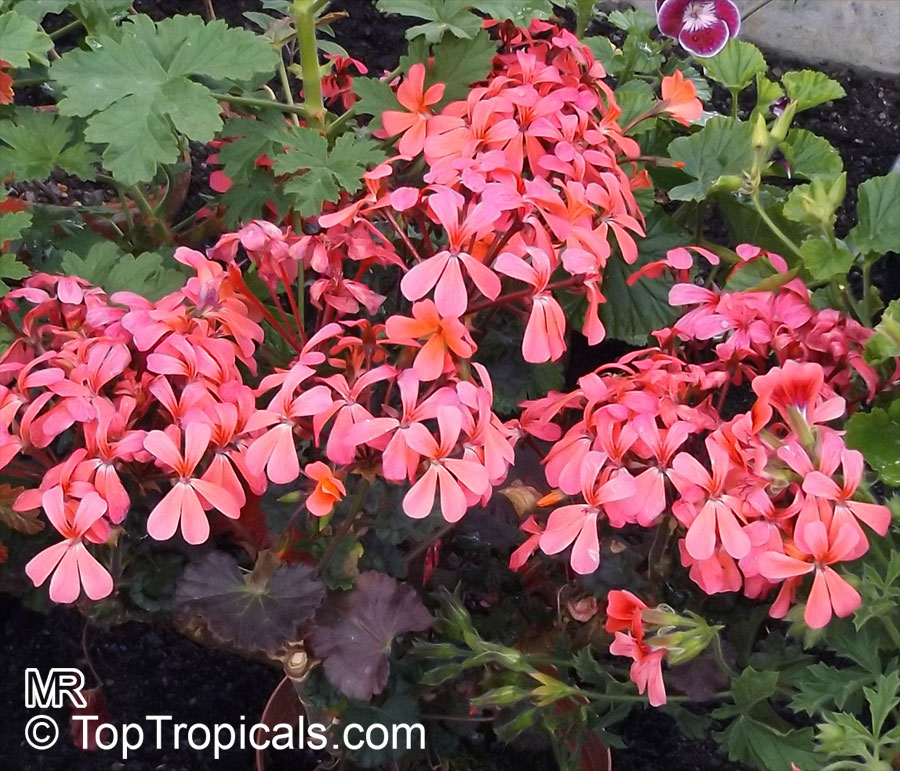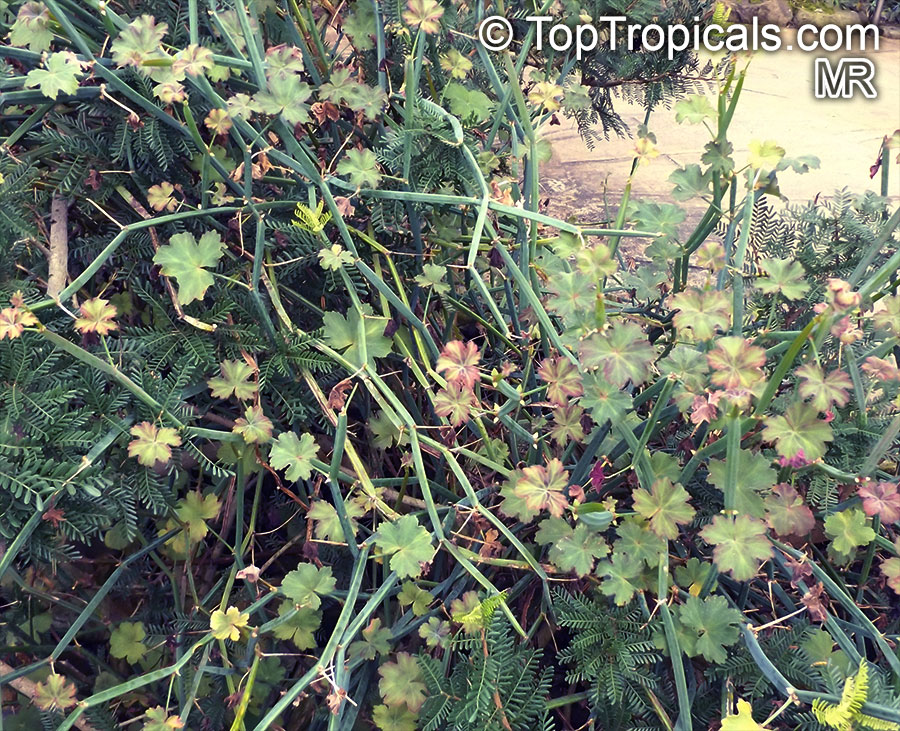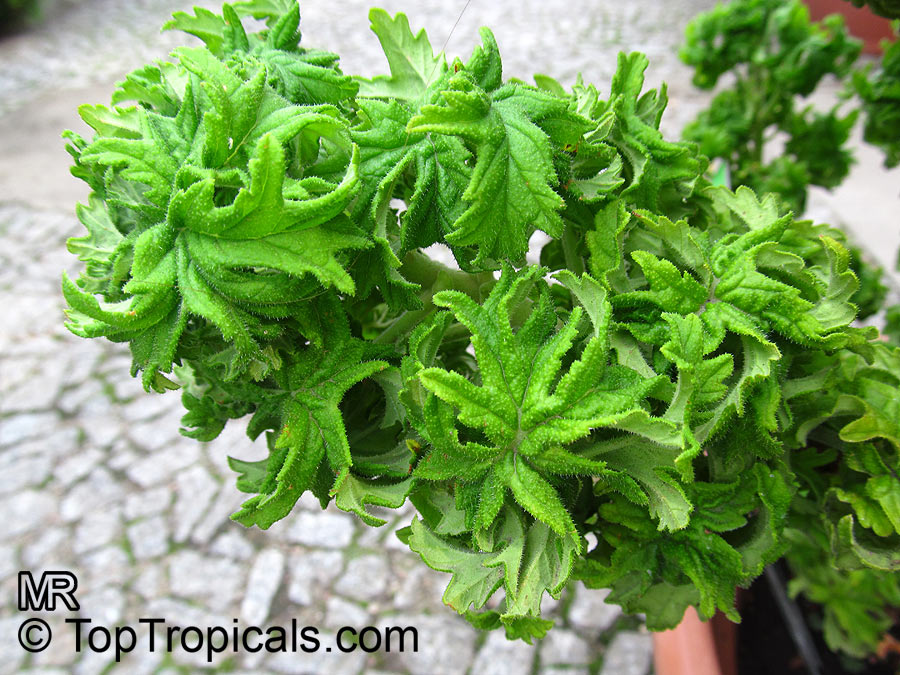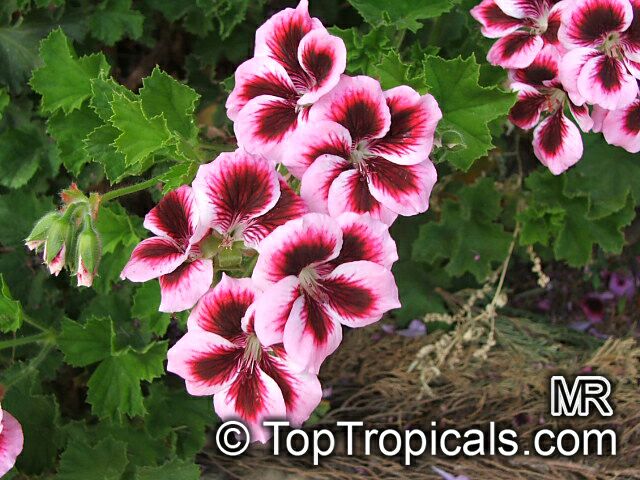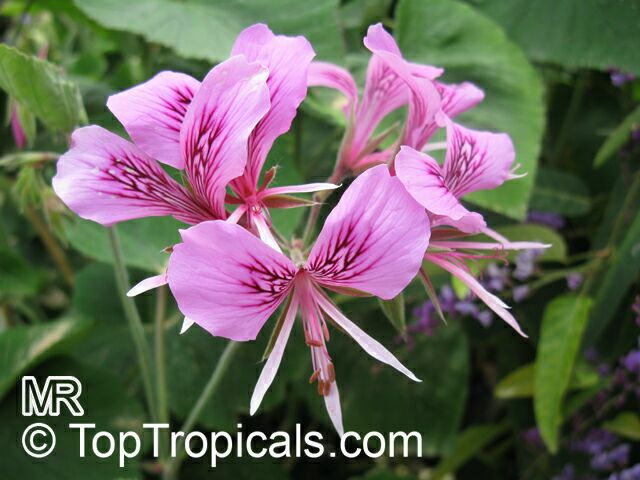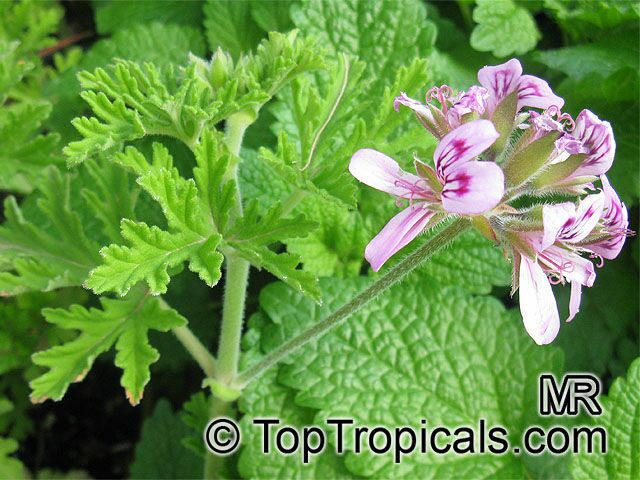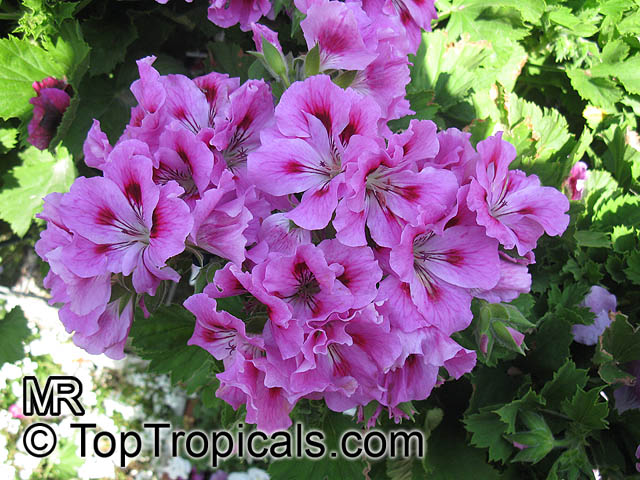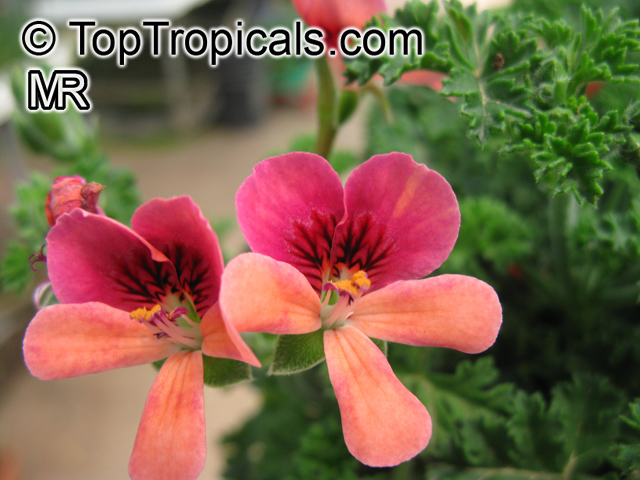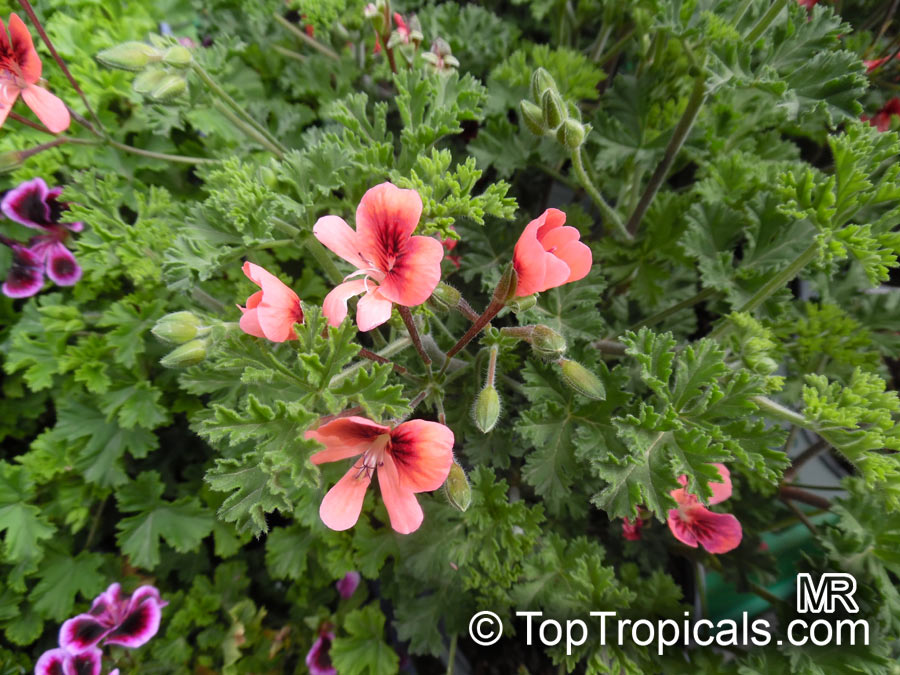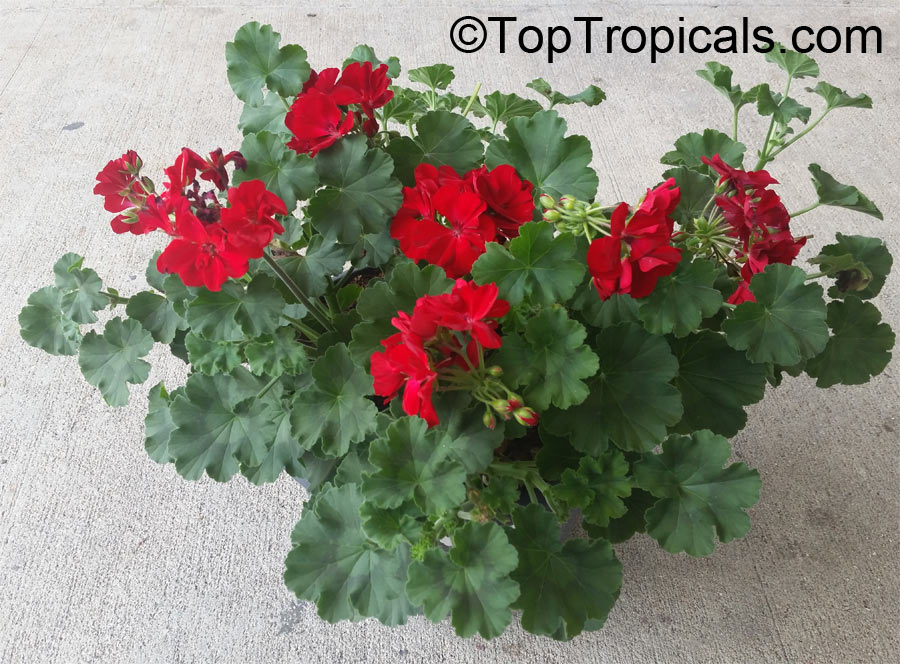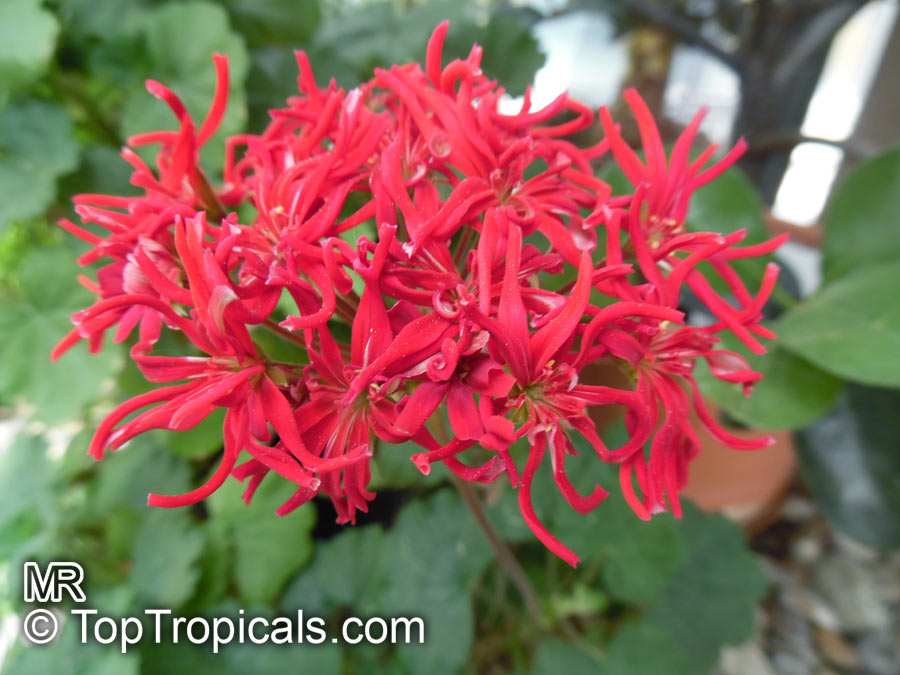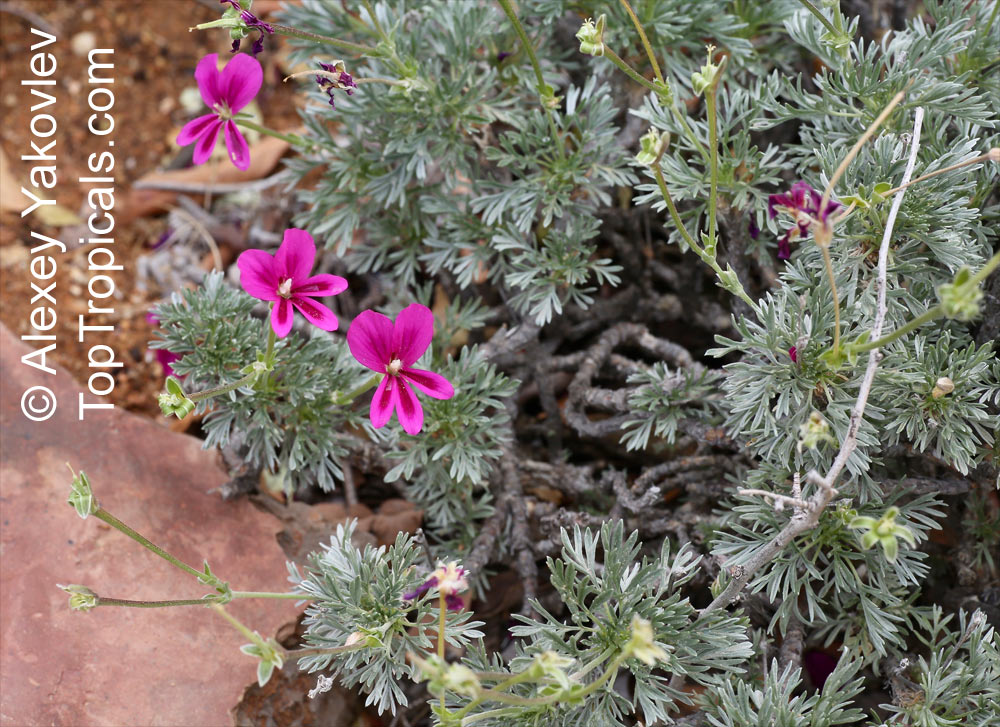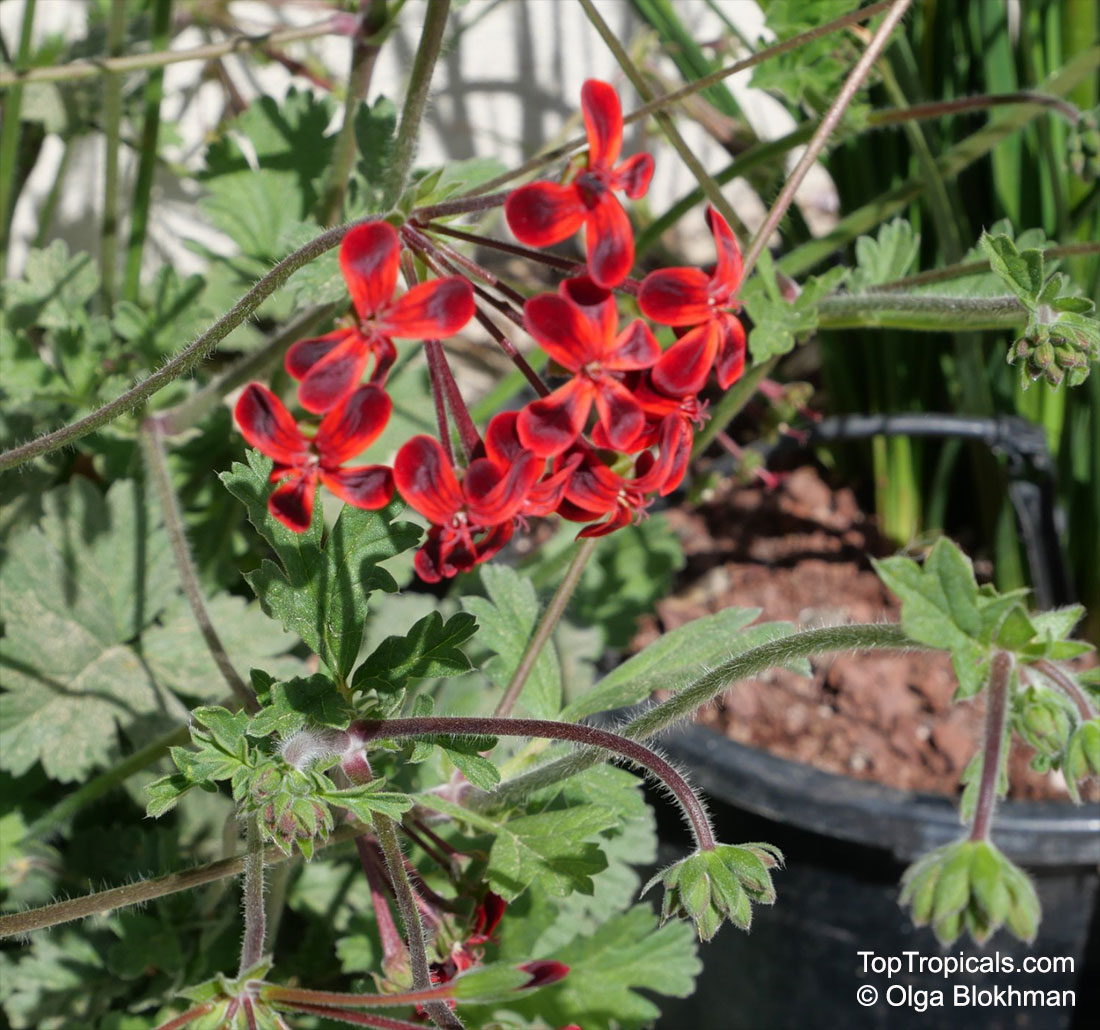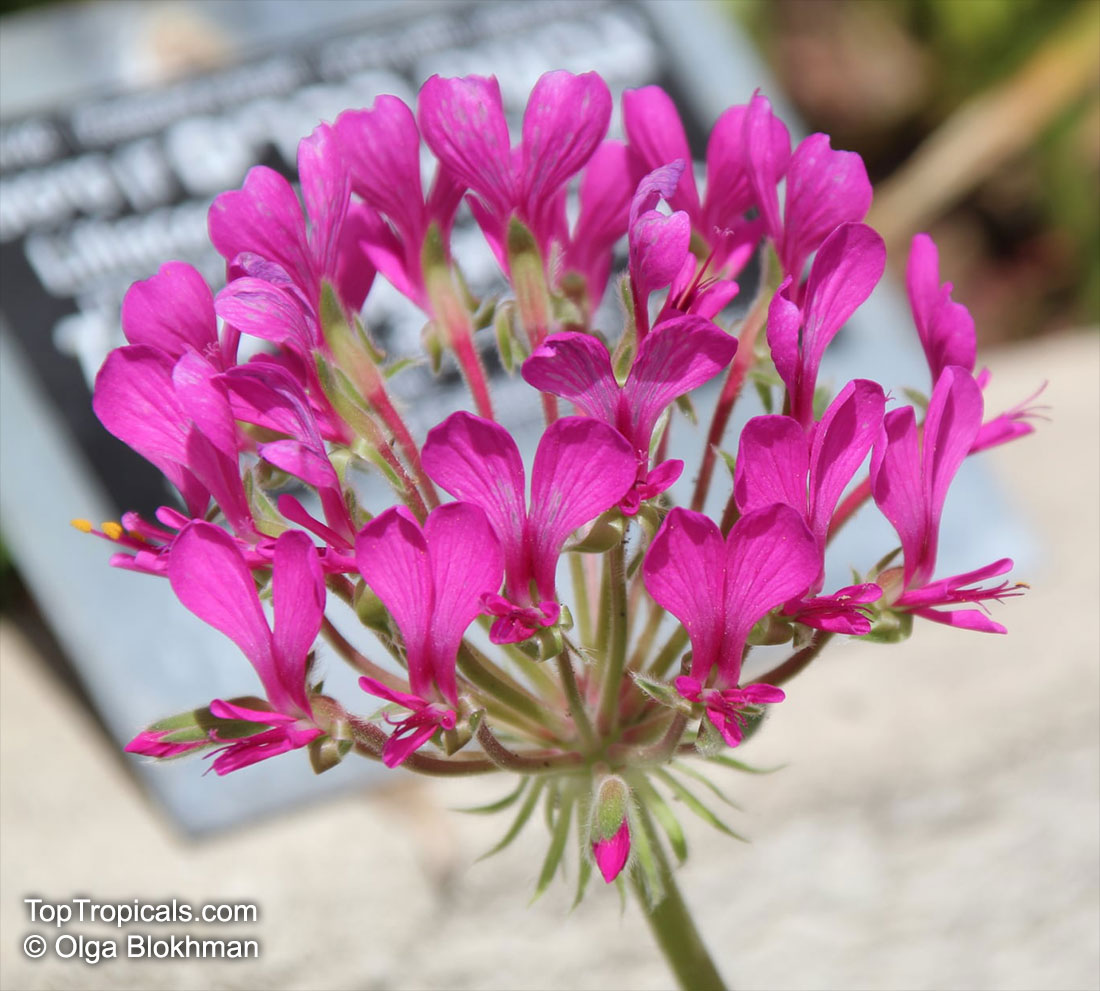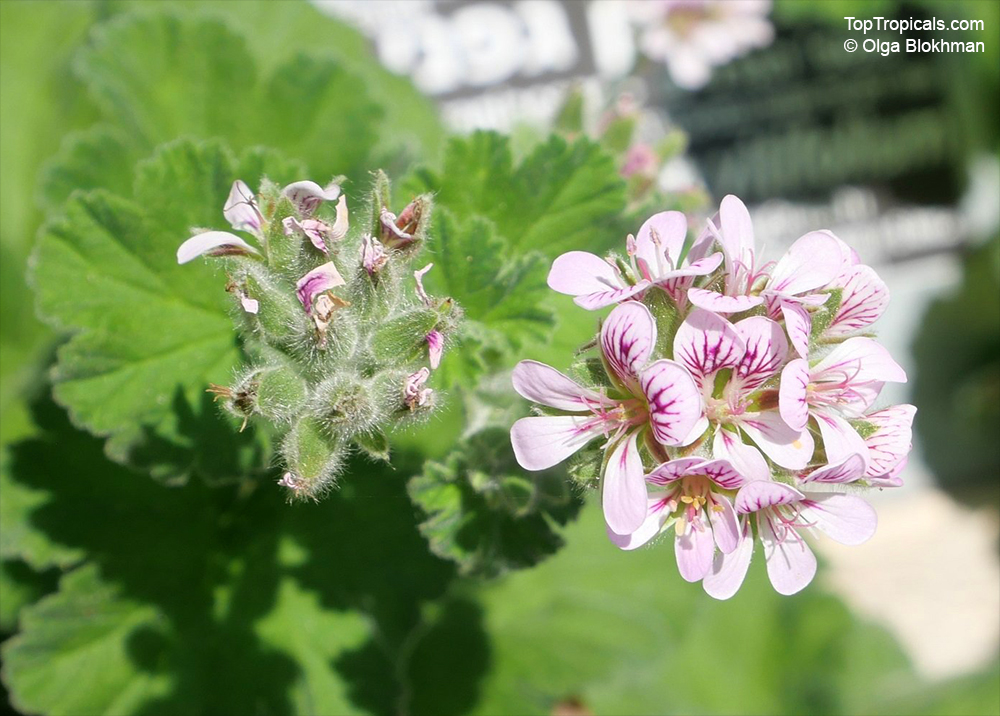Plant search results - Myrrh
| Number of plants found: 5 |
Commiphora abyssinica
Myrrh TreeFamily: Burseraceae
Origin: Northeast Africa







Myrrh trees (Commiphora abyssinica) are easily recognized for the fact that they typically grow 5 to 10 ft tall and have very spiny and/or thorny branches. The leaves are grey-green and the flowers are usually cream and small. The flowers develop into fruit that contains 3 seeds, have a strong fragrance, and have a yellowish-brown color. Myrrh trees prefer full sun and moderate water, and are hardy in USDA Zones 9-11.
This plant is well known for its usage in ethnomedical practices, such as its use as an antiseptic to treat wounds, or as an aromatherapy aid to relieve stress. It is also helpful in relieving respiratory problems and said to stimulate the libido. Myrrh is often found in natural products, ranging from incense sticks to toothpaste.
For growing myrrh trees in cold regions, it is best to plant them in large pots. The soil should be well draining, and the pot should have drainage holes in the bottom. When watering, make sure to water the plants deeply, but not too often. If watering is necessary, wait until the top inch of soil is dry. Fertilizing the soil twice a year with a balanced liquid fertilizer is recommended. Additionally, this species does well in warmer temperatures, so if possible, keep it in a warm spot indoors during the winter months.
Myrrh is referred to in the Bible. Myrrh was used as a wine preservative in the ancient world. It was used by Egyptians in embalming mixtures. It was also used as an aromatic for perfumes, funerals, and insect repellents.
Commiphora gileadensis, Commiphora opobalsamum
Balm of Gilead, Mecca MyrrhFamily: Burseraceae
Origin: Africa







The stem will eventualy grow up to 40 centimetres in diameter, the whole bush up to five metres. The flowers are white to cream colored, and the is is possible to propagate it from cuttings.
Commiphora gileadensis relates to the 'Balm of Gilead', which was used for its fragrance as well as healing properties.
Myrrhinium loranthoides, Myrrhinium rubriflorum, Tetrastemon loranthoides, Myrrhinium atropurpureum
Palo de Fierro, Socara, Iron WoodFamily: Myrtaceae
Origin: Brazil, Argentina, Uruguay









Myrrhinium loranthoides (Palo de Fierro) is a large shrub that can reach heights of up to 10 feet tall. It is native to Brazil, Argentina and Uruguay. This stunning bush is quite rare and has dark green shiny leaves. The flowers are particularly attractive with their pearly white, fleshy, waxy petals and long deep purple-red stamens. It can be grown successfully in full sun or semi-shade and would require regular watering. The flowers come in a variety of shades including white, off-white, pink and red/crimson/vinous.
If grown in cold regions of the USDA Zone 9-11, the mature plant can be cold hardy to temperatures of at least 30s F for a short period of time. To ensure its successful growth, a pot of well-draining soil would ideally need to be used and regular watering should be in place. In addition, the pot should be kept humid yet well-ventilated to ensure the highest level of care is provided.
Myrrhinium loranthoides is also known under various synonyms including Myrrhinium sarcopetalum, Myrrhinium salicinum, Myrrhinium peruvianum and Myrrhinium lanceolatum. It is an amazing shrub to introduce to any garden, conservatory or home and would be sure to make a unique talking point.
Myrtus communis
True MyrtleFamily: Myrtaceae
Origin: Mediterranean Basin
USDA Zone: 8-10?










True Myrtle is an evergreen shrub or small tree with dense foliage. The leaves when crushed have a strong scent, aromatic and refreshing, somewhat reminiscent to myrrh or eucalyptus. The small white flowers are sweetly scented.
The fresh or dried leaves are used as a spice, and can be used as a substitute for bay leaves. The dried blue purple berry fruits are edible and also aromatic and have been tried as a substitute for black pepper.
A popular landscape plant, Myrtle can be grown in part shade as well as full sun, and needs only little to moderate water. It can be grown in wide range of soils as long as drainage is good. Tolerates some freeze. Blooms in early summer.
Pelargonium sp.
Pelargonia, GeraniumFamily: Geraniaceae
USDA Zone: 9-12?















Species and varieties:
Pelargonium Angel Eyes
Pelargonium crispum
Pelargonium Ardens
Pelargonium cordifolium
Pelargonium crithmifolium
Pelargonium Deerwood Lavender Lass
Pelargonium desertorum
Pelargonium echinatum
Pelargonium ferulaceum
Pelargonium fulgidum
Pelargonium incrassatum
Pelargonium gibbosum
Pelargonium graveolens
Pelargonium myrrhifolium
Pelargonium peltatum
Pelargonium quercifolium
Pelargonium sericifolium
Pelargonium sidoides
Pelargonium tetragonum
Pelargonium Vancouver Centennial
Pelargonium vitifolium
Stellar Pelargonium (Stellar geraniums) are a subgroup of the zonal Pelargoniums. They are called 'stellar' because, unlike the round leaves and petals of typical zonals, they have pointy leaves and petals- two very narrow petals on top and three wider ones on the bottom of the flowers.
Use link to repeat this search:
https://toptropicals.com/cgi-bin/garden_catalog/cat.cgi?find=Myrrh&search_op=and&keyword_op=and&language=e&number=10
&no_change_lang=1&user=tt&sale=1&first=0
